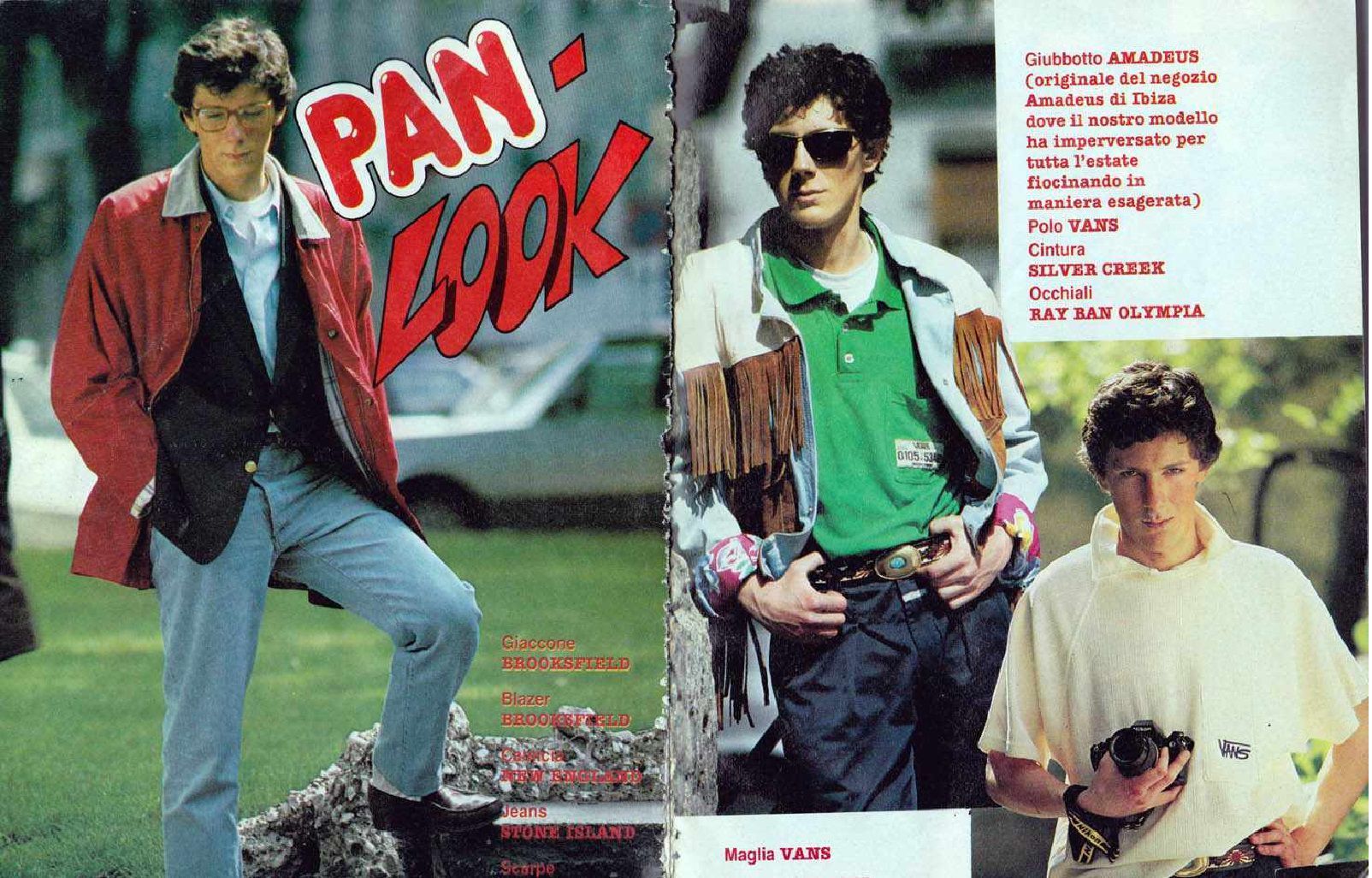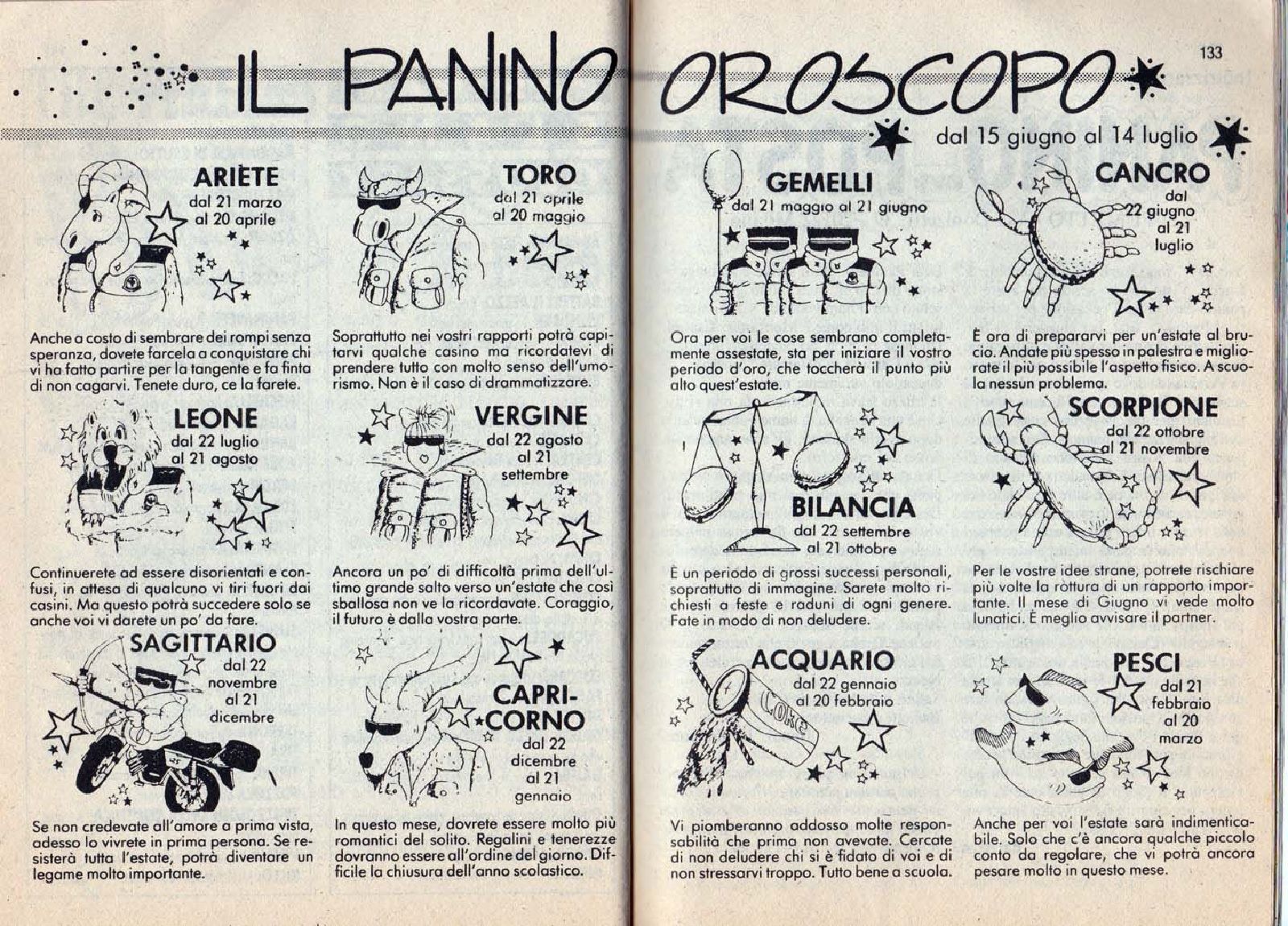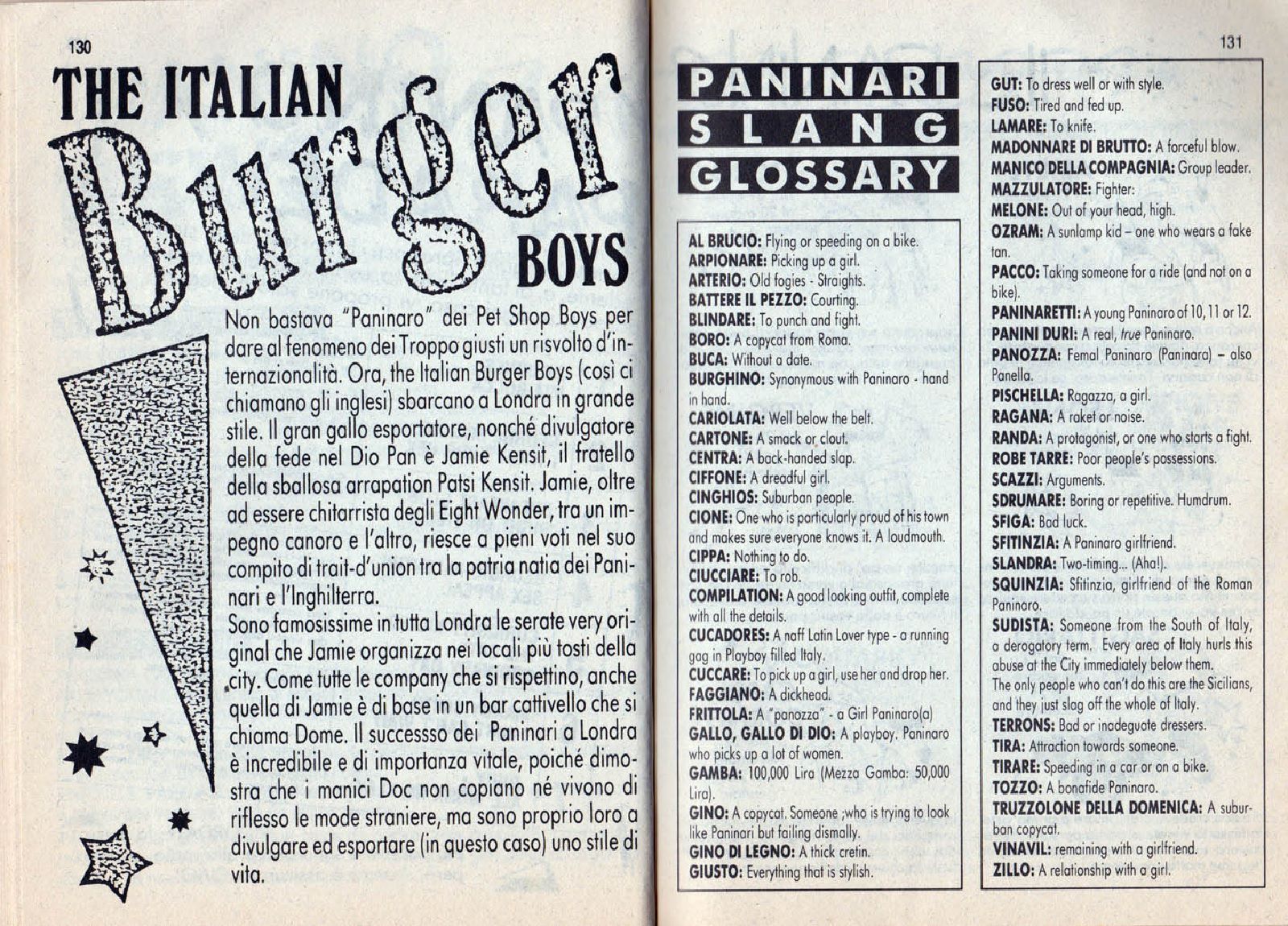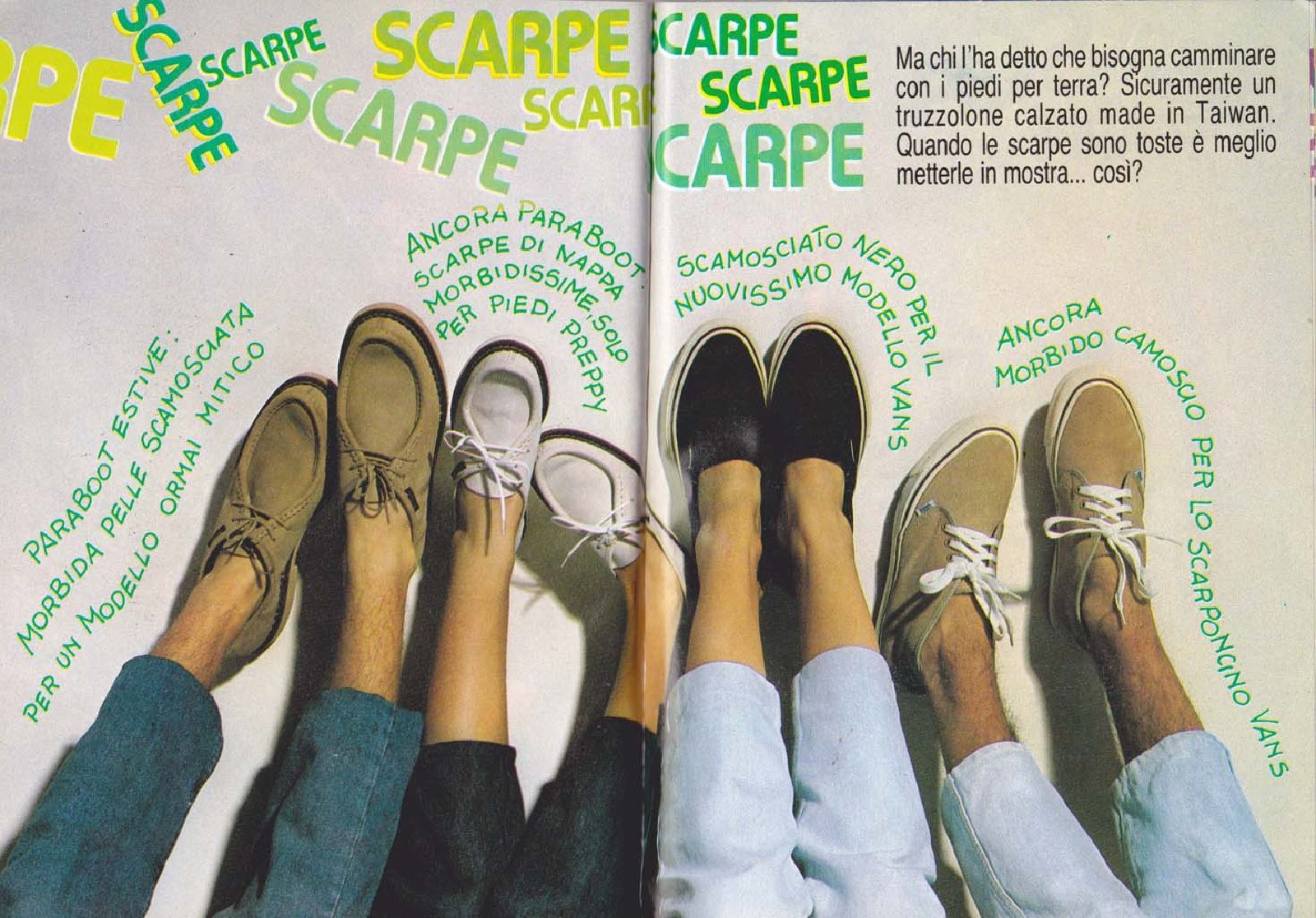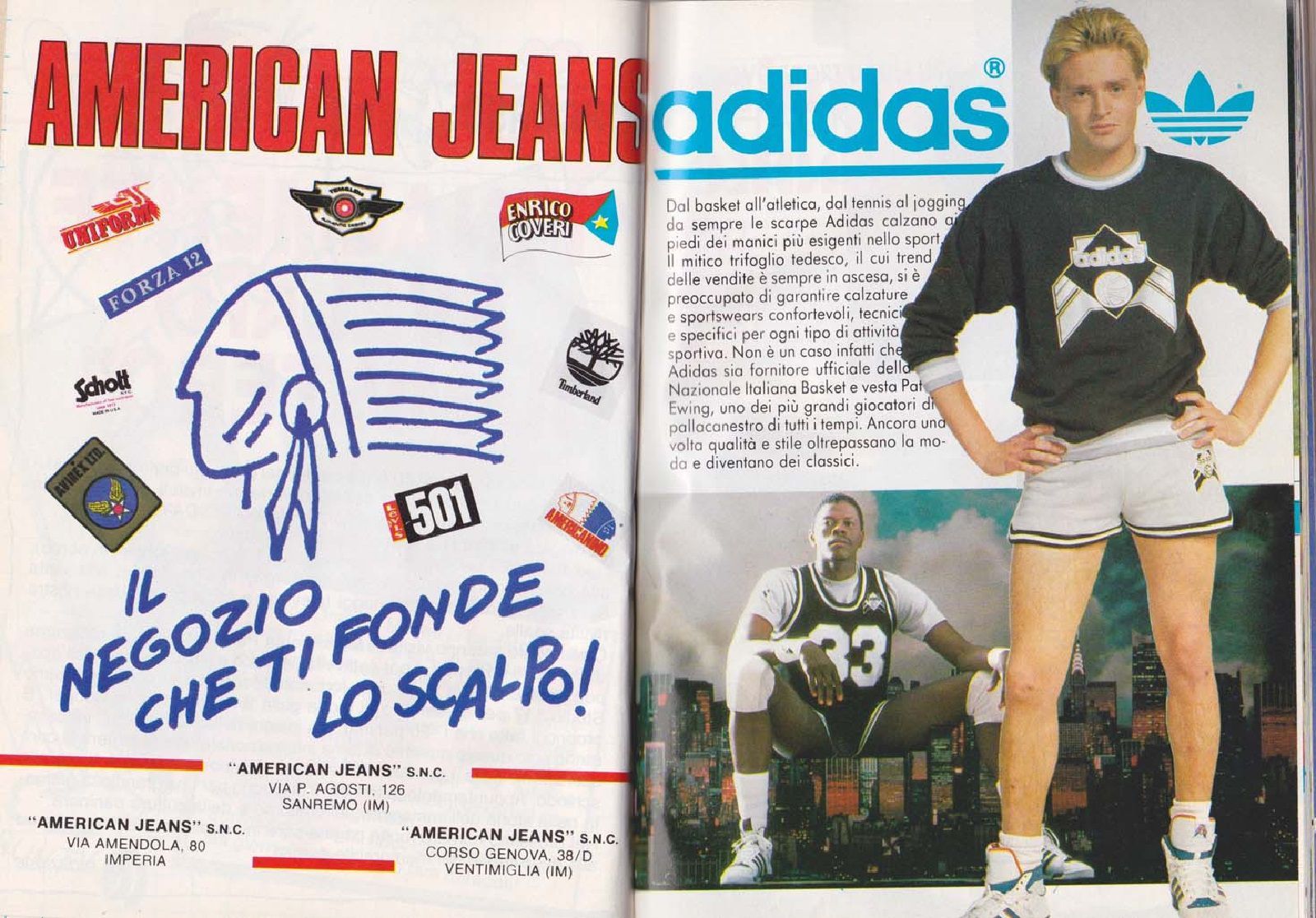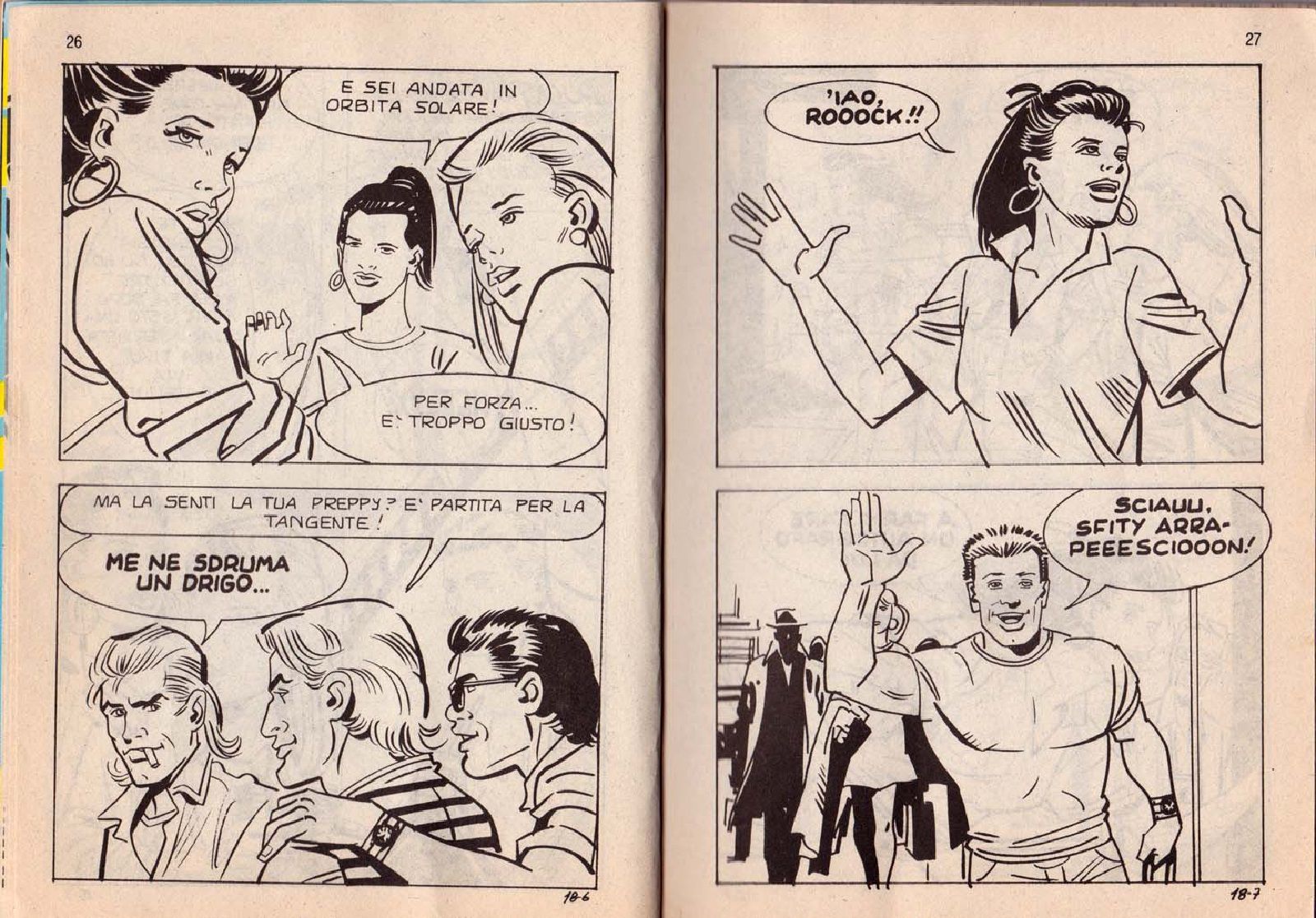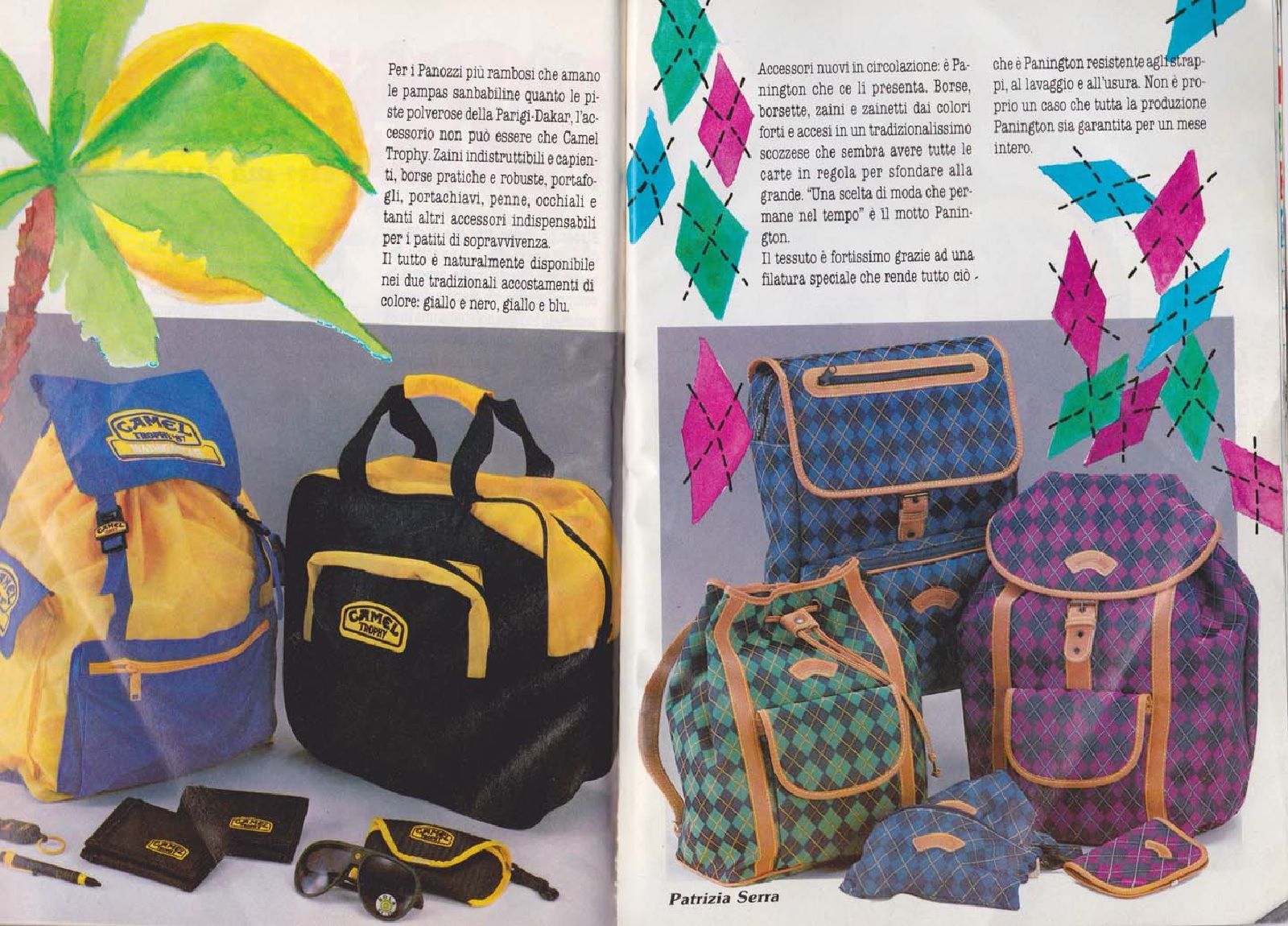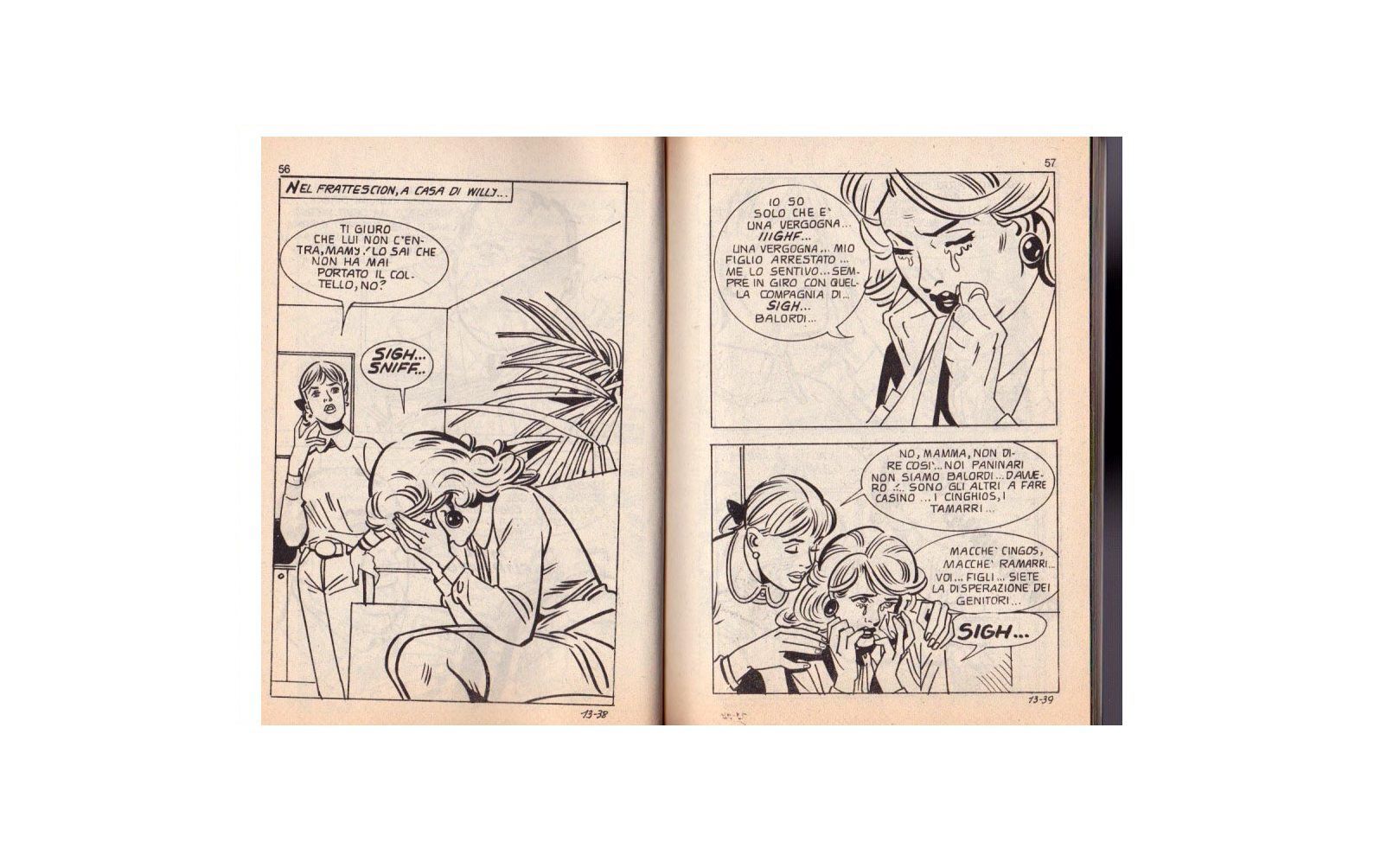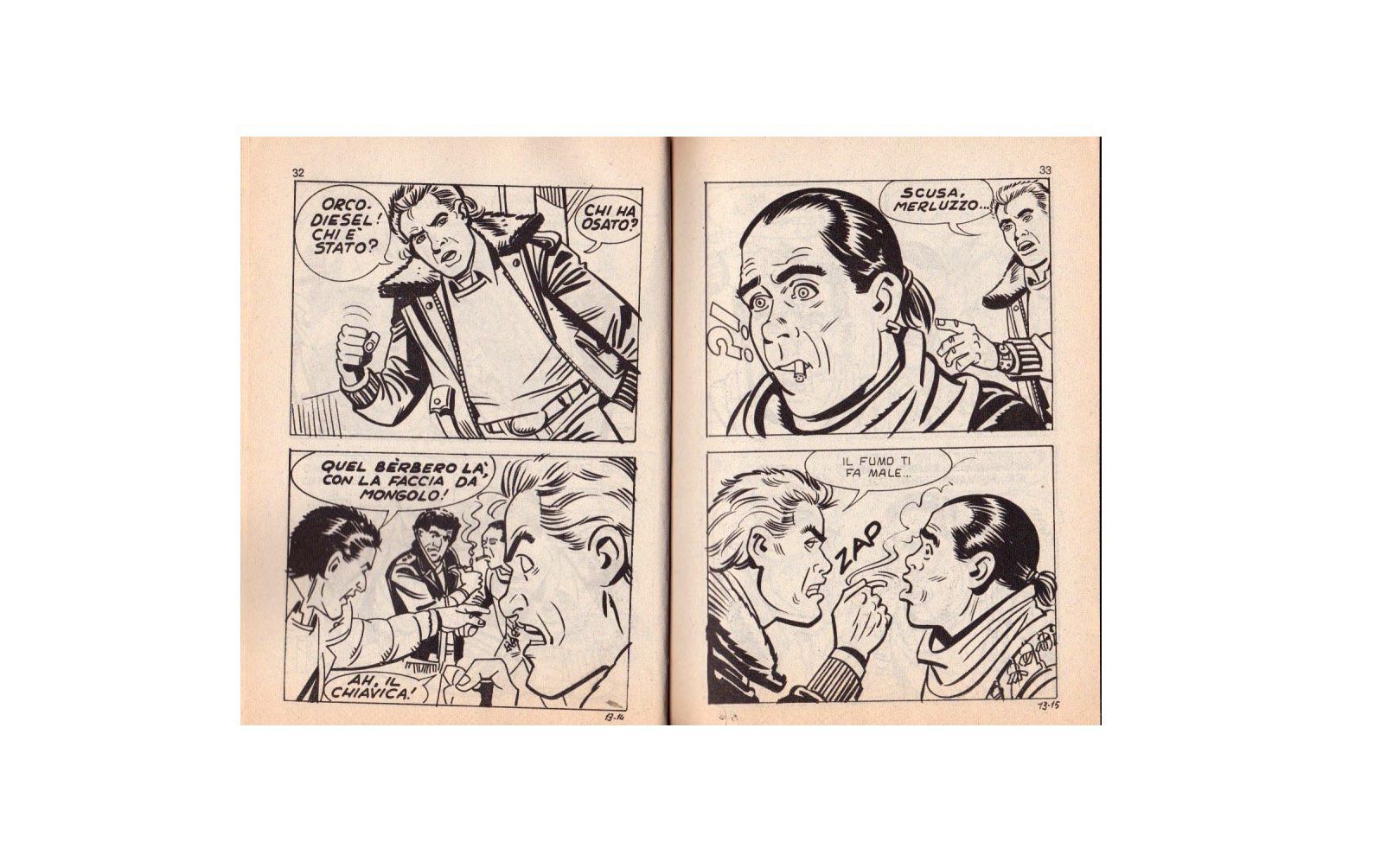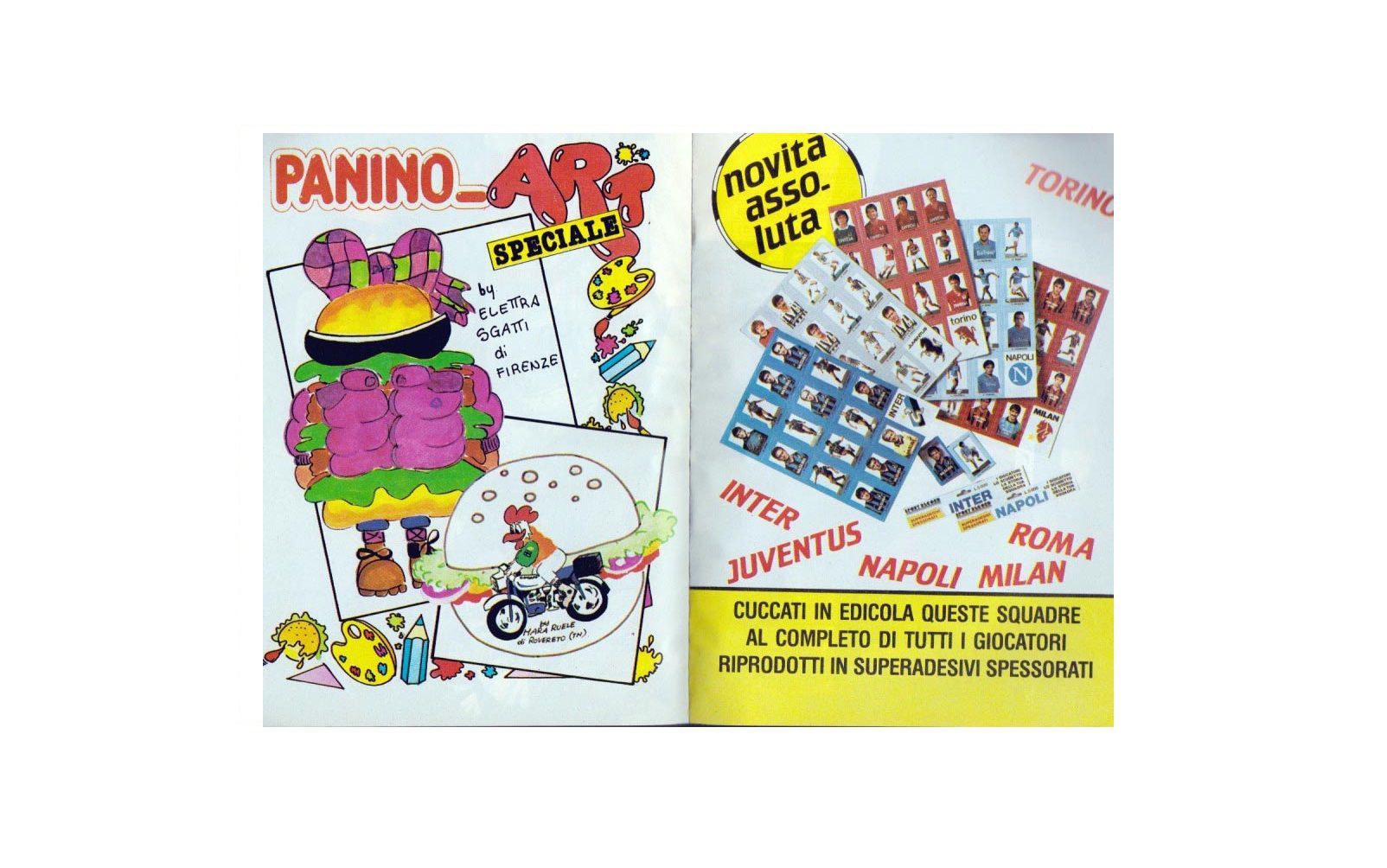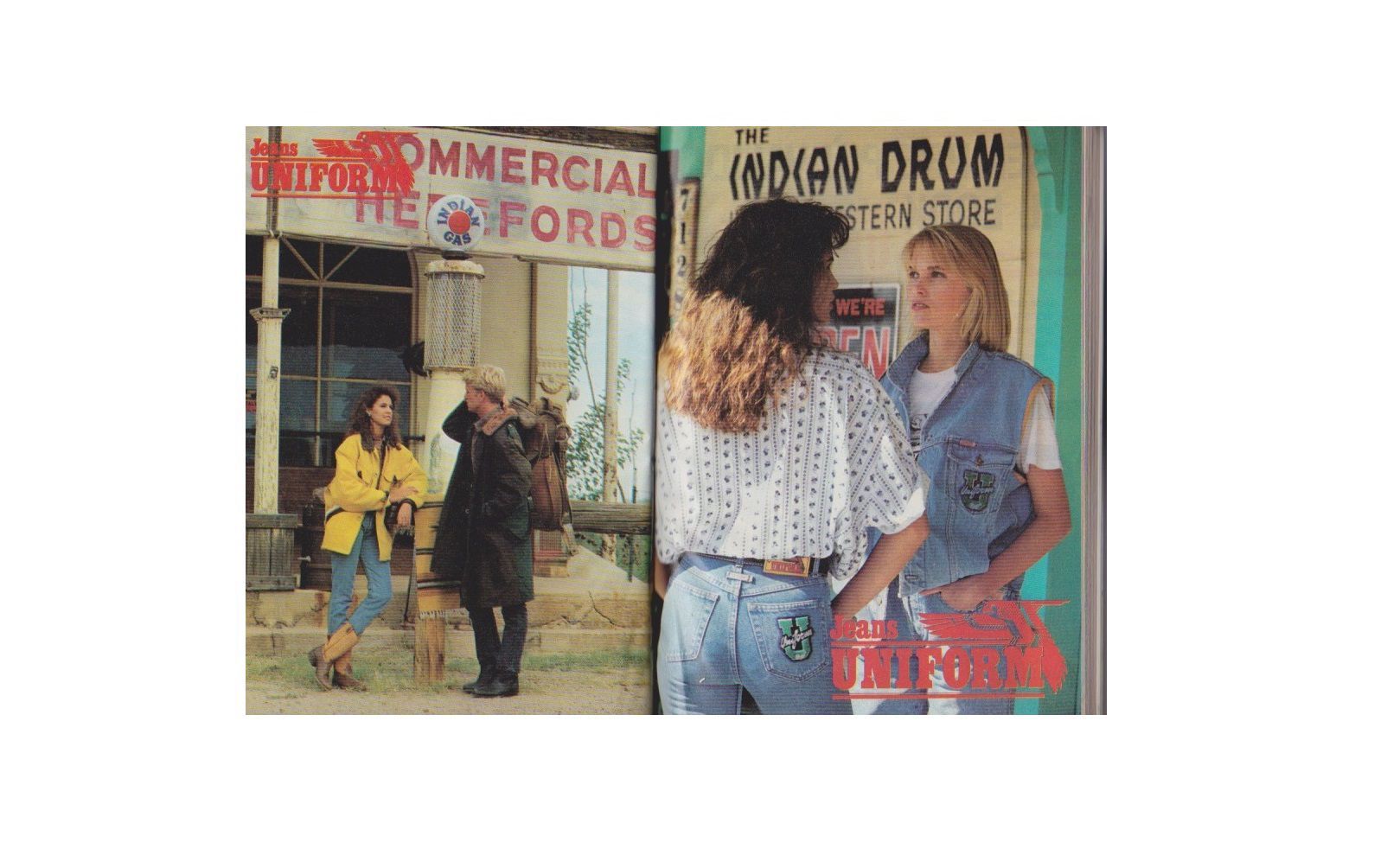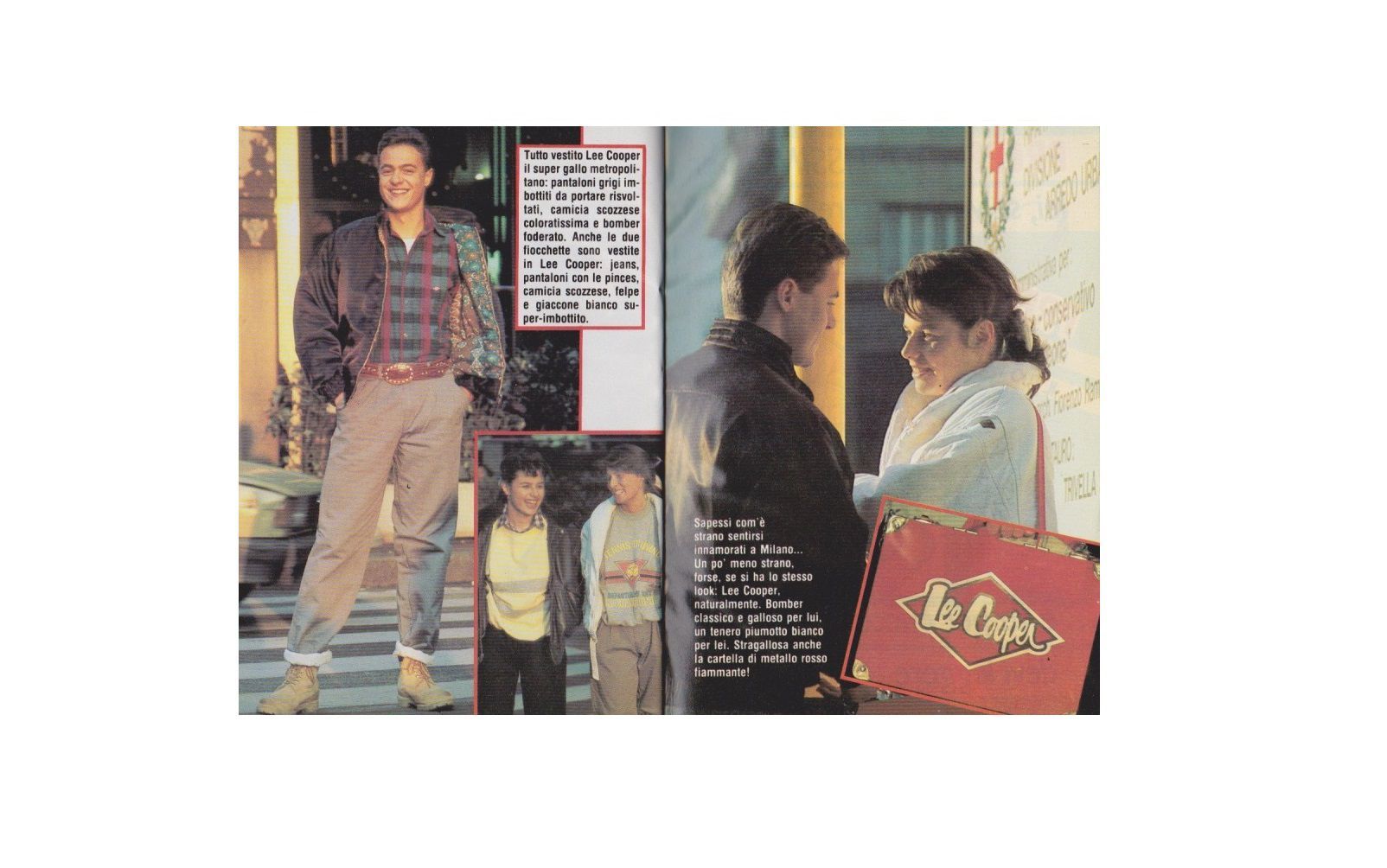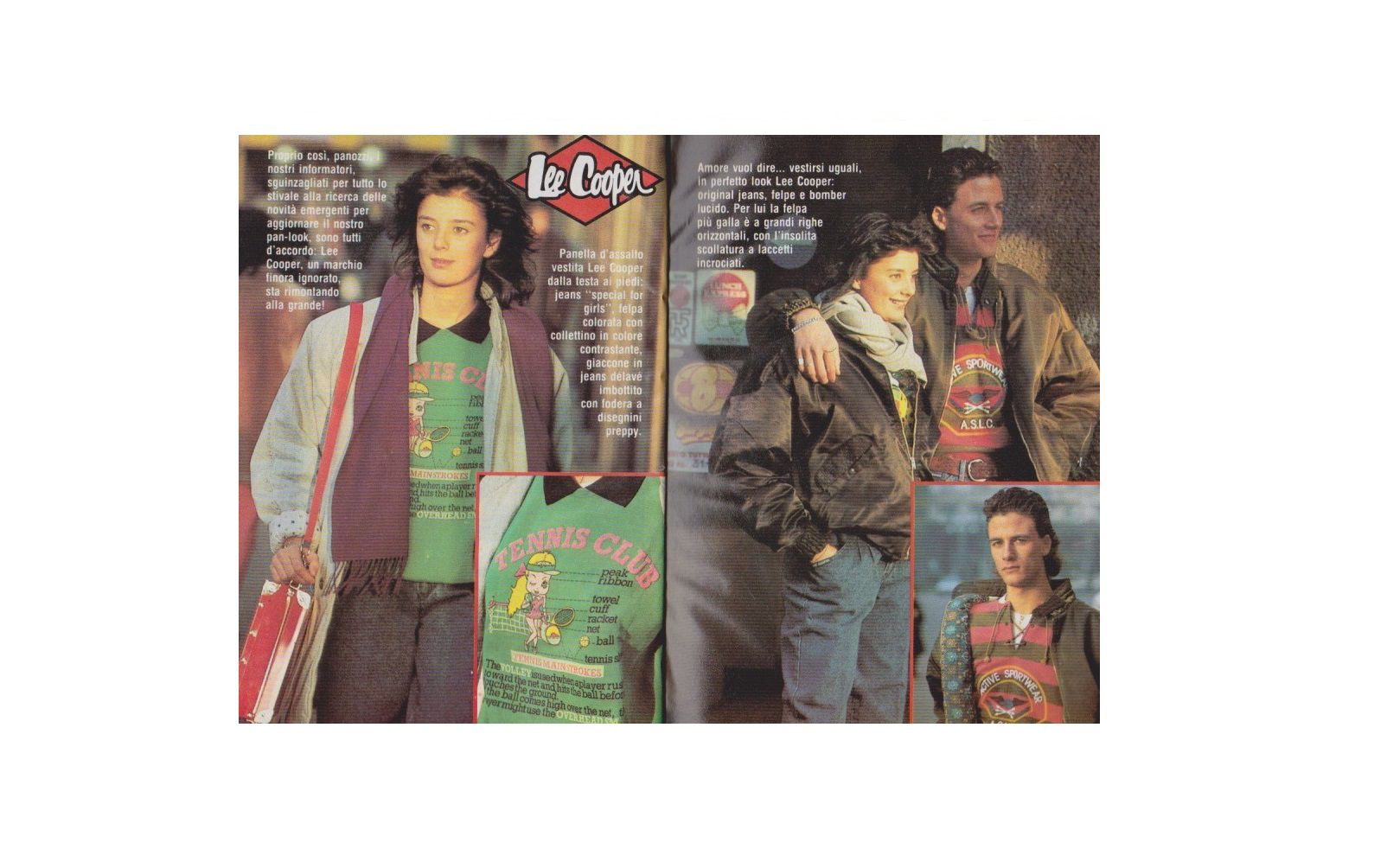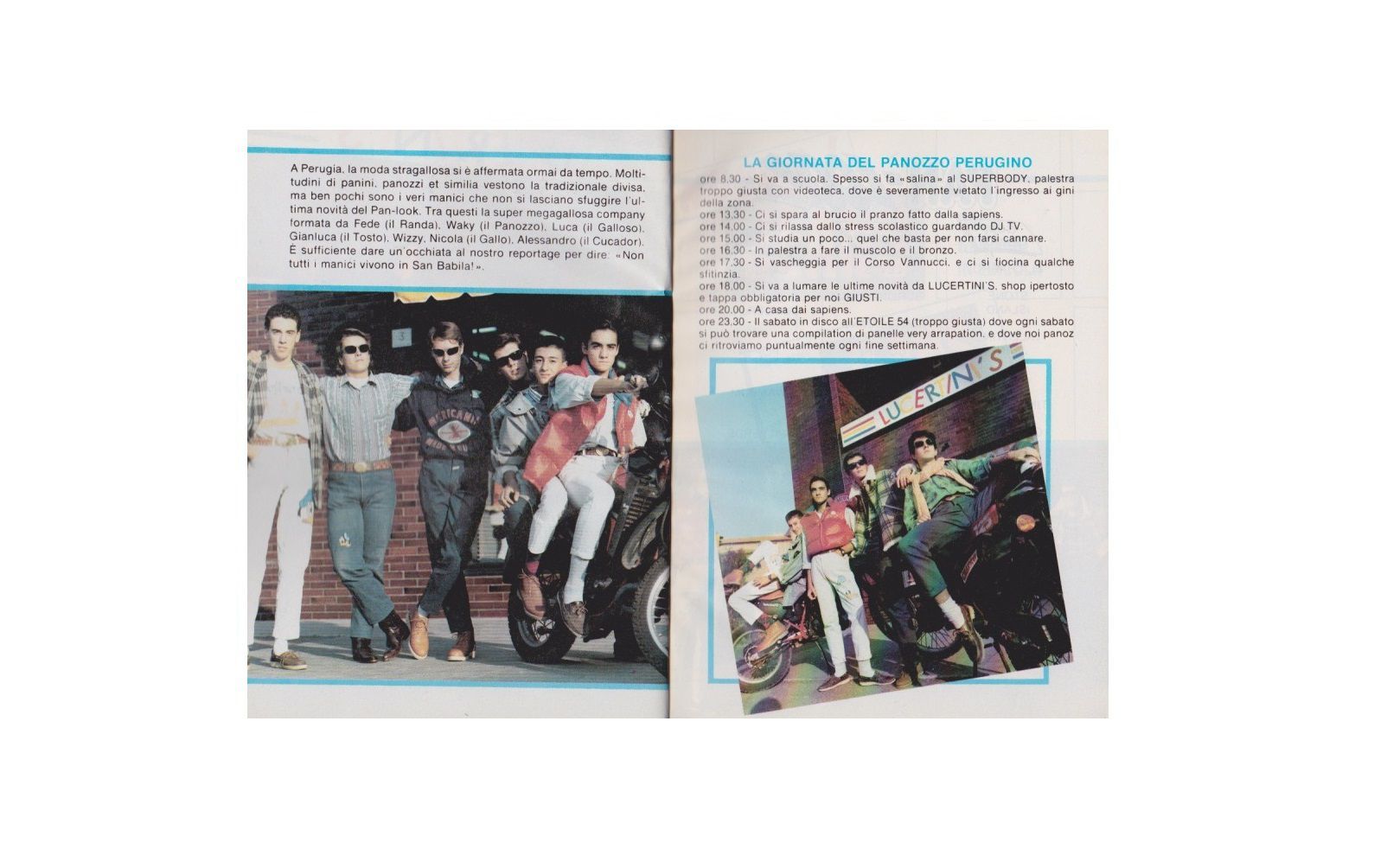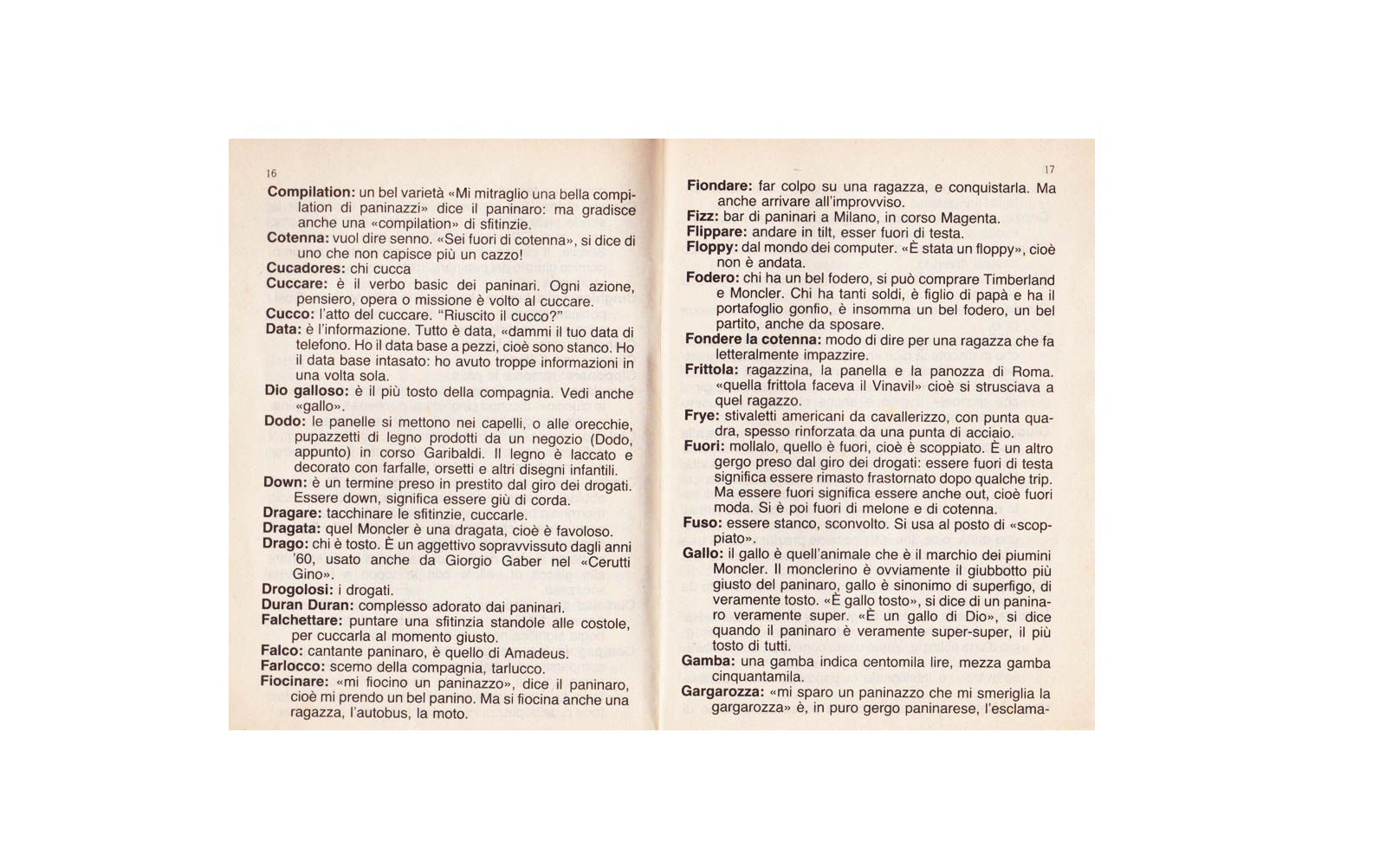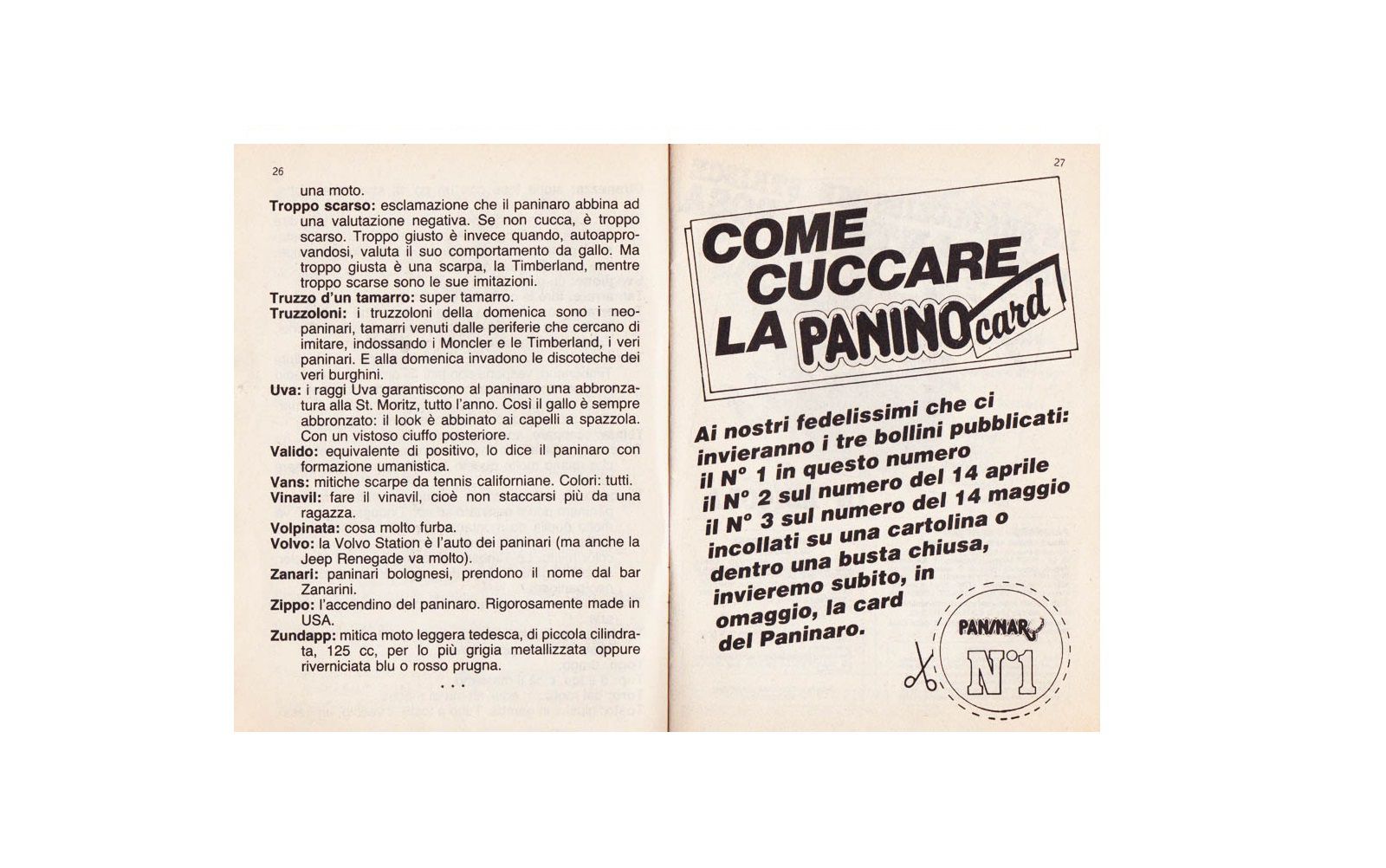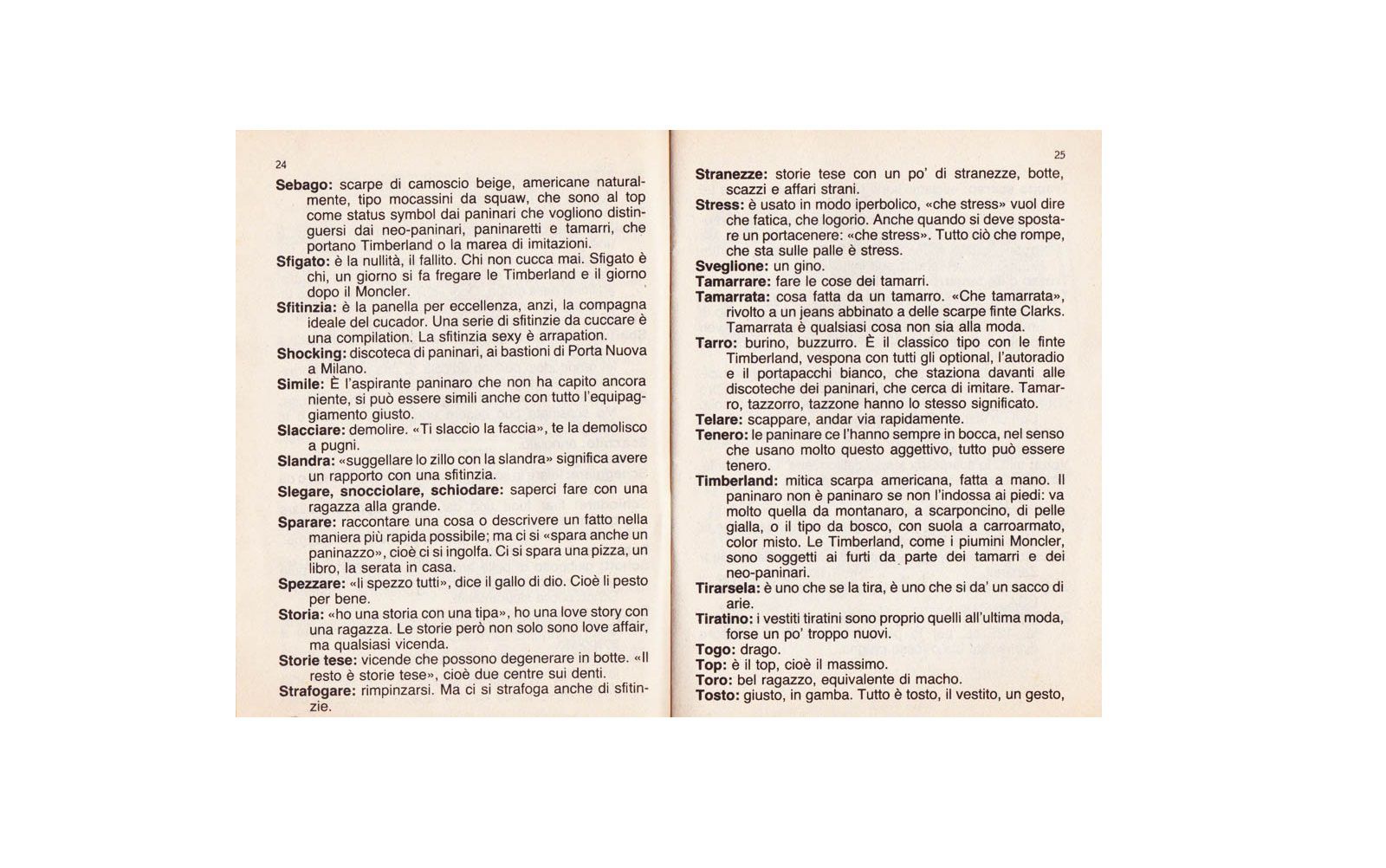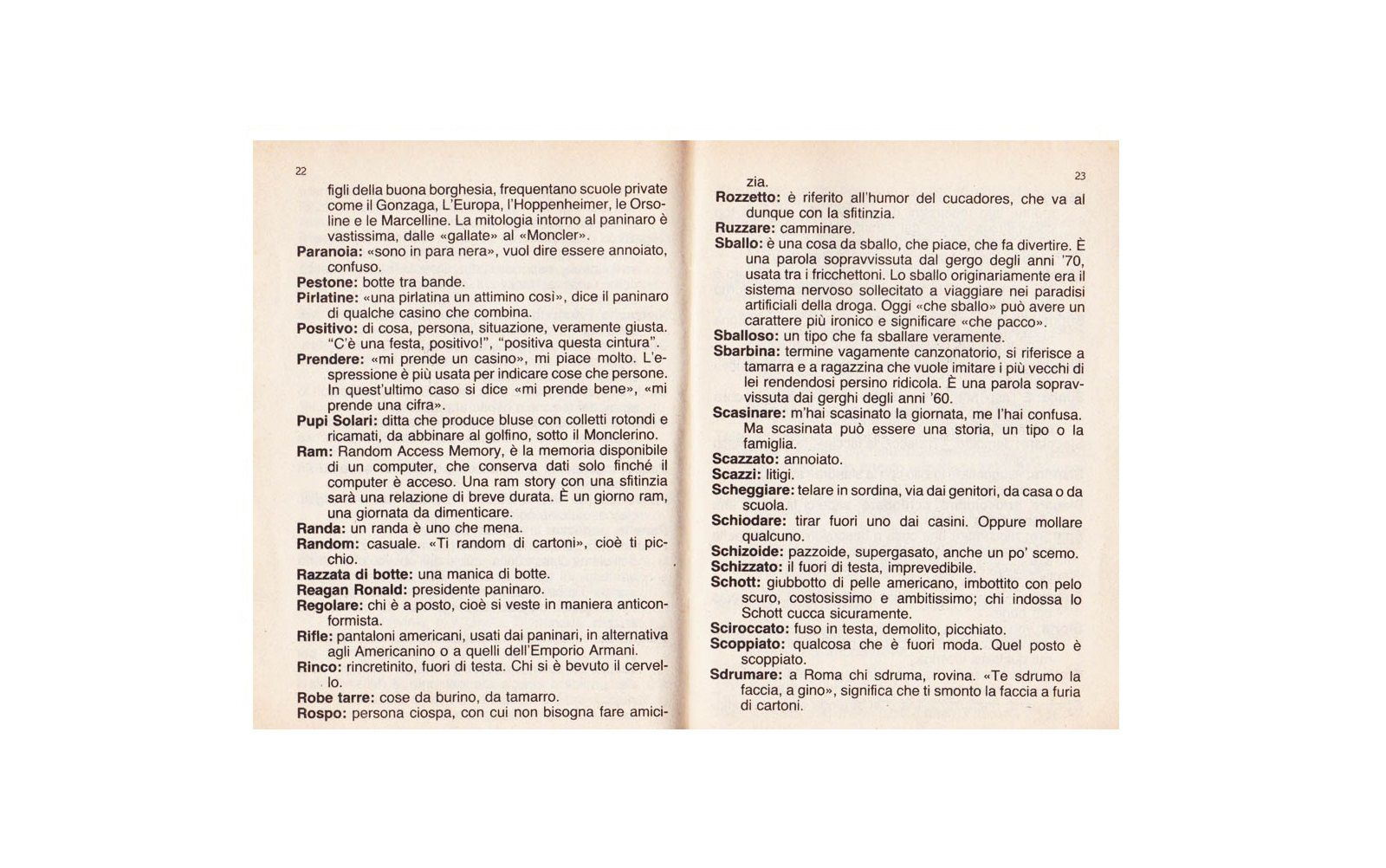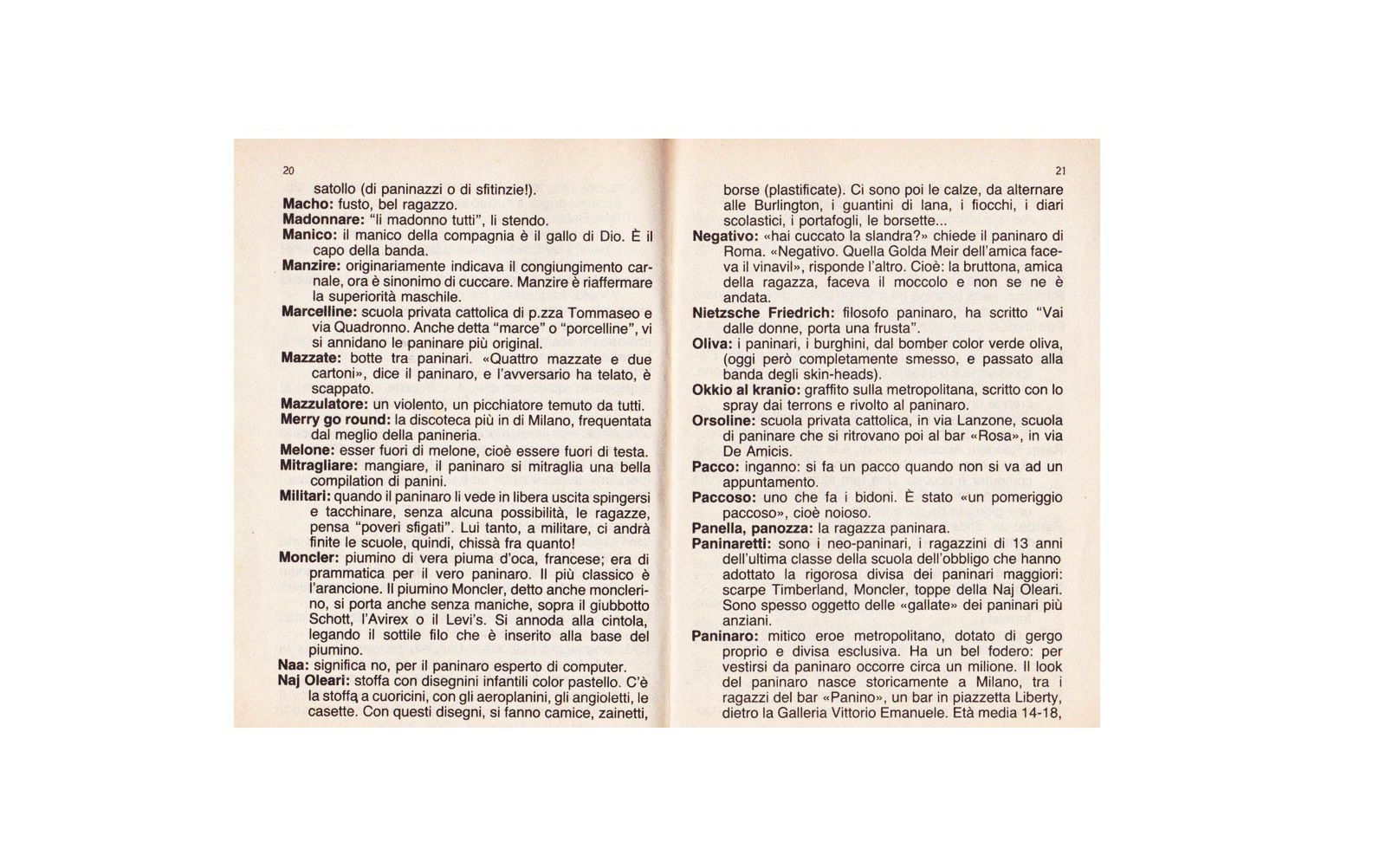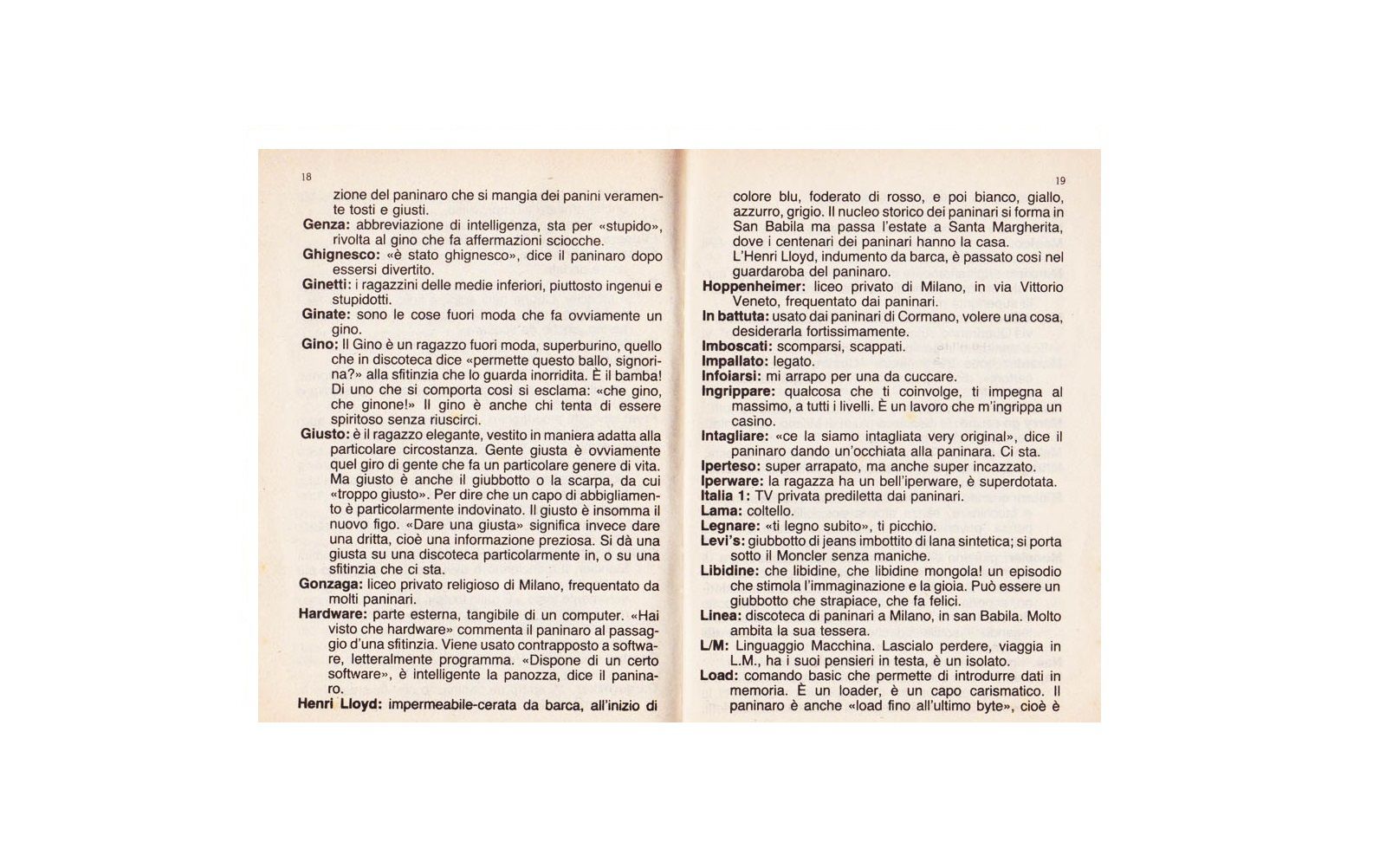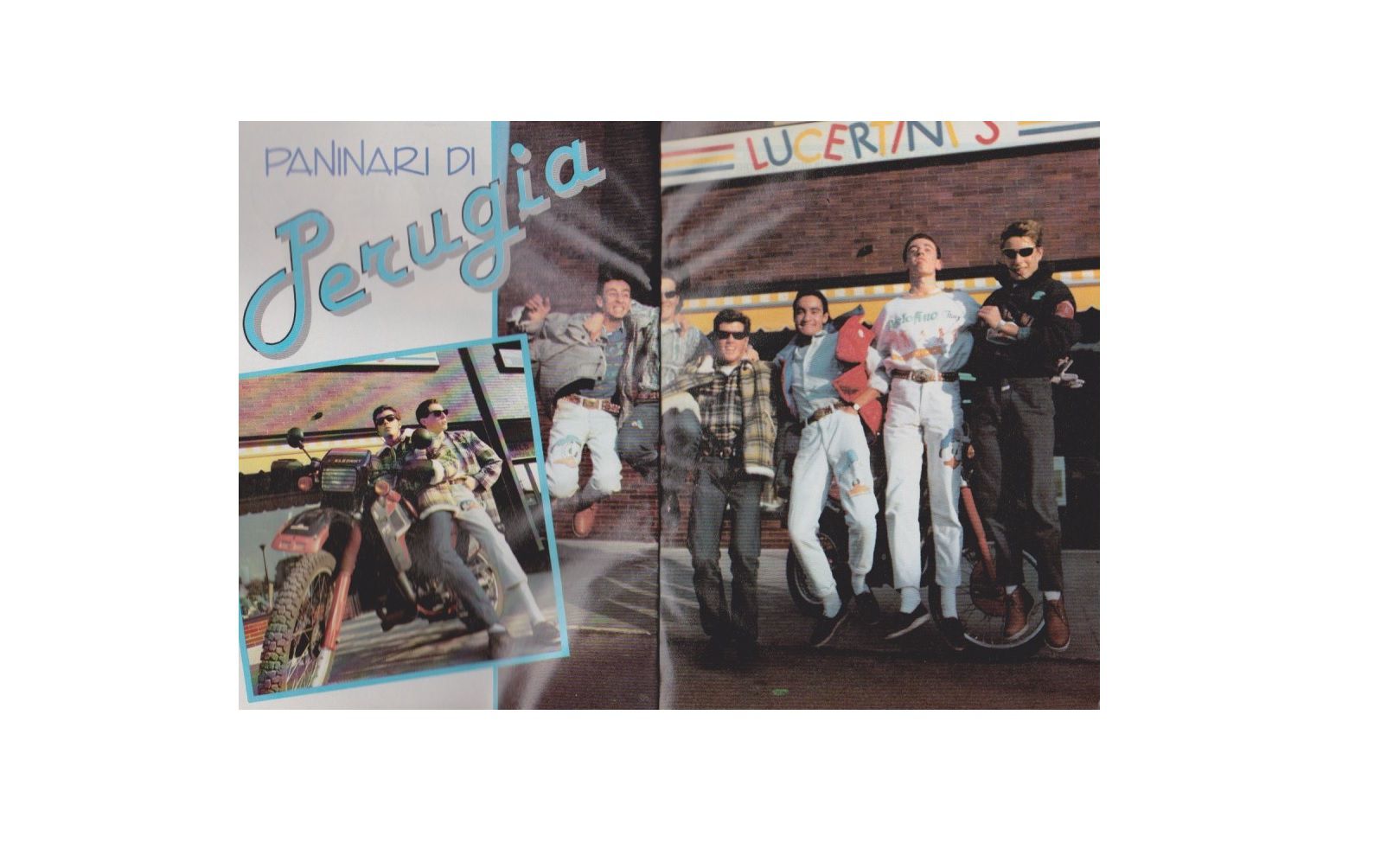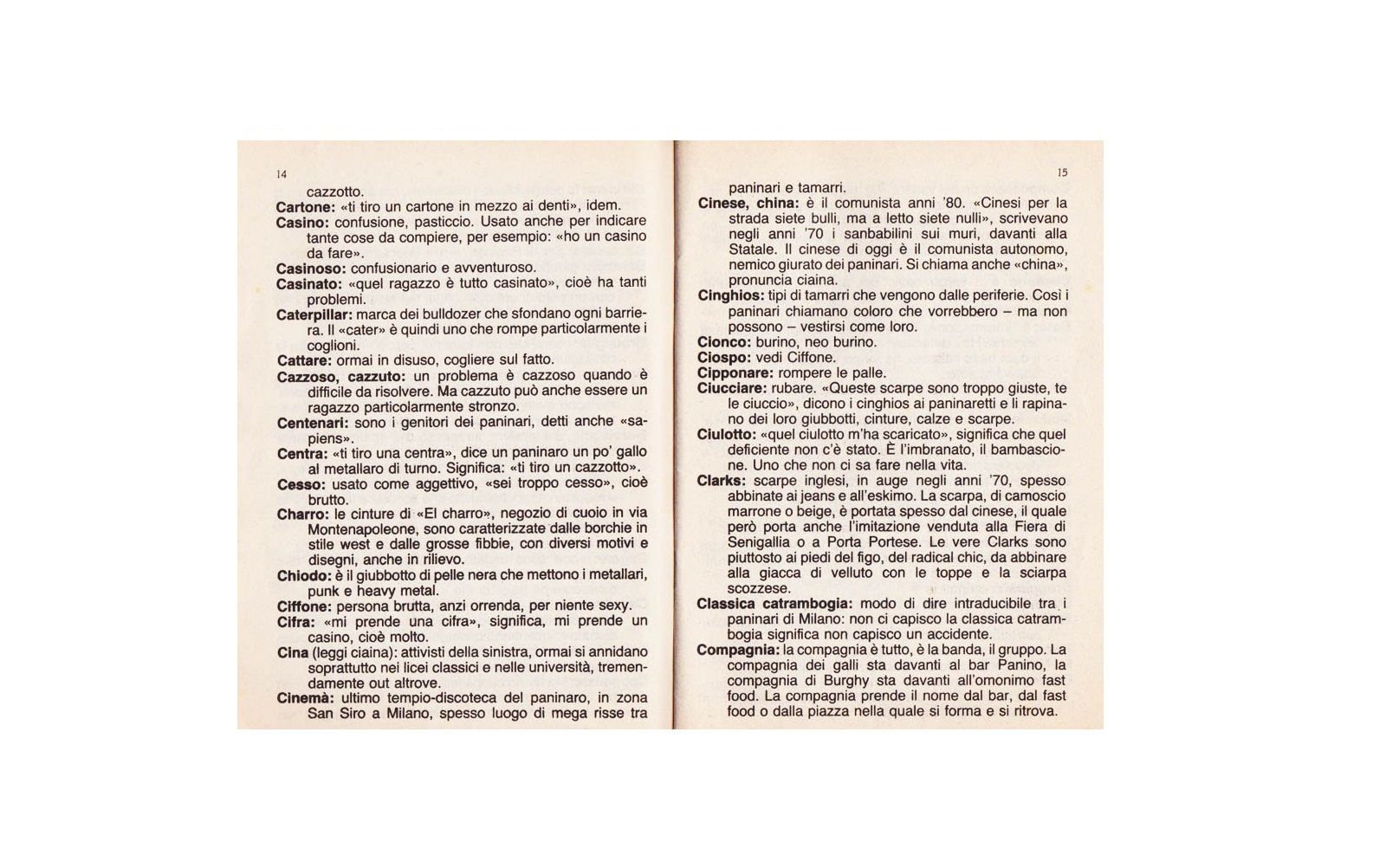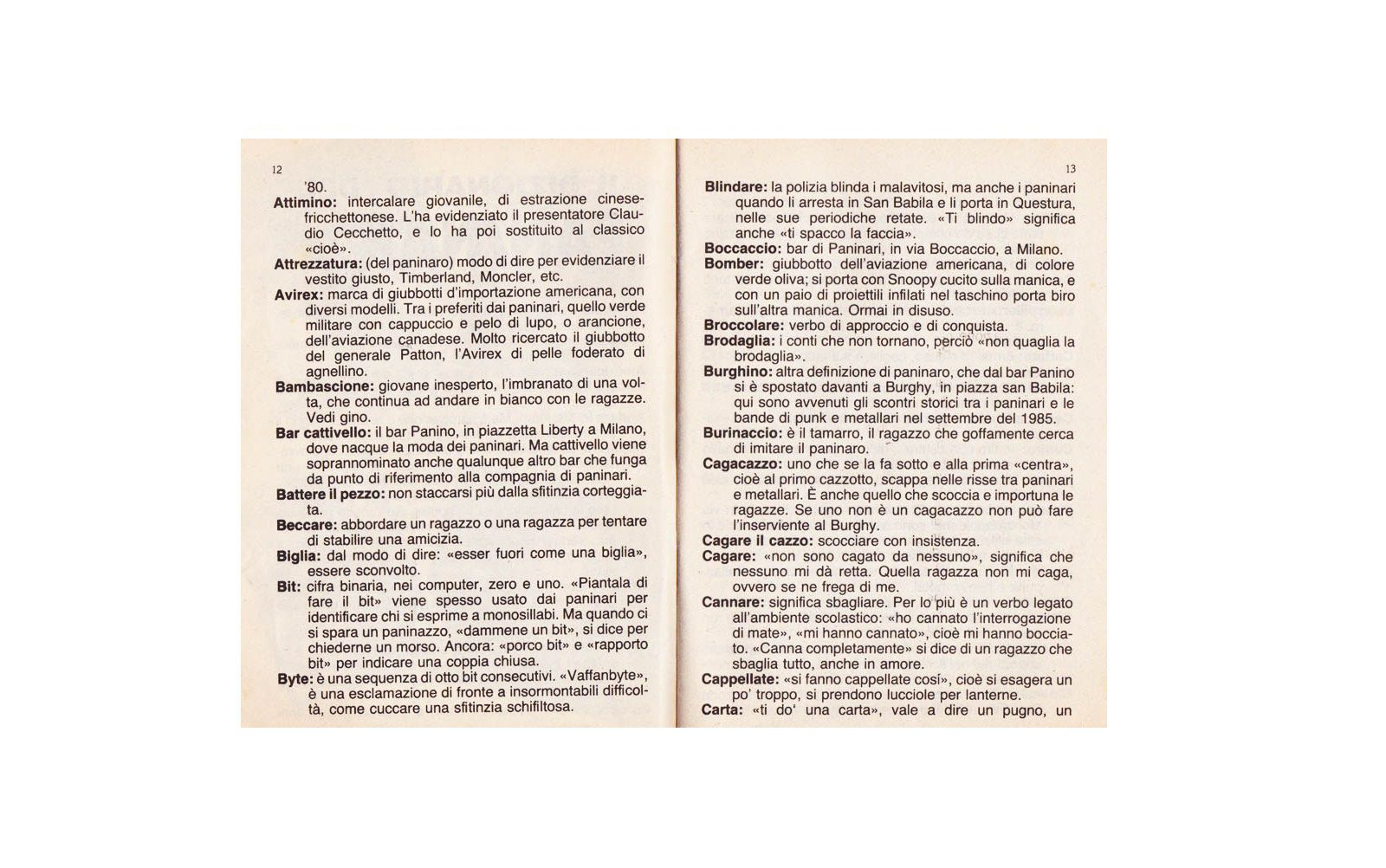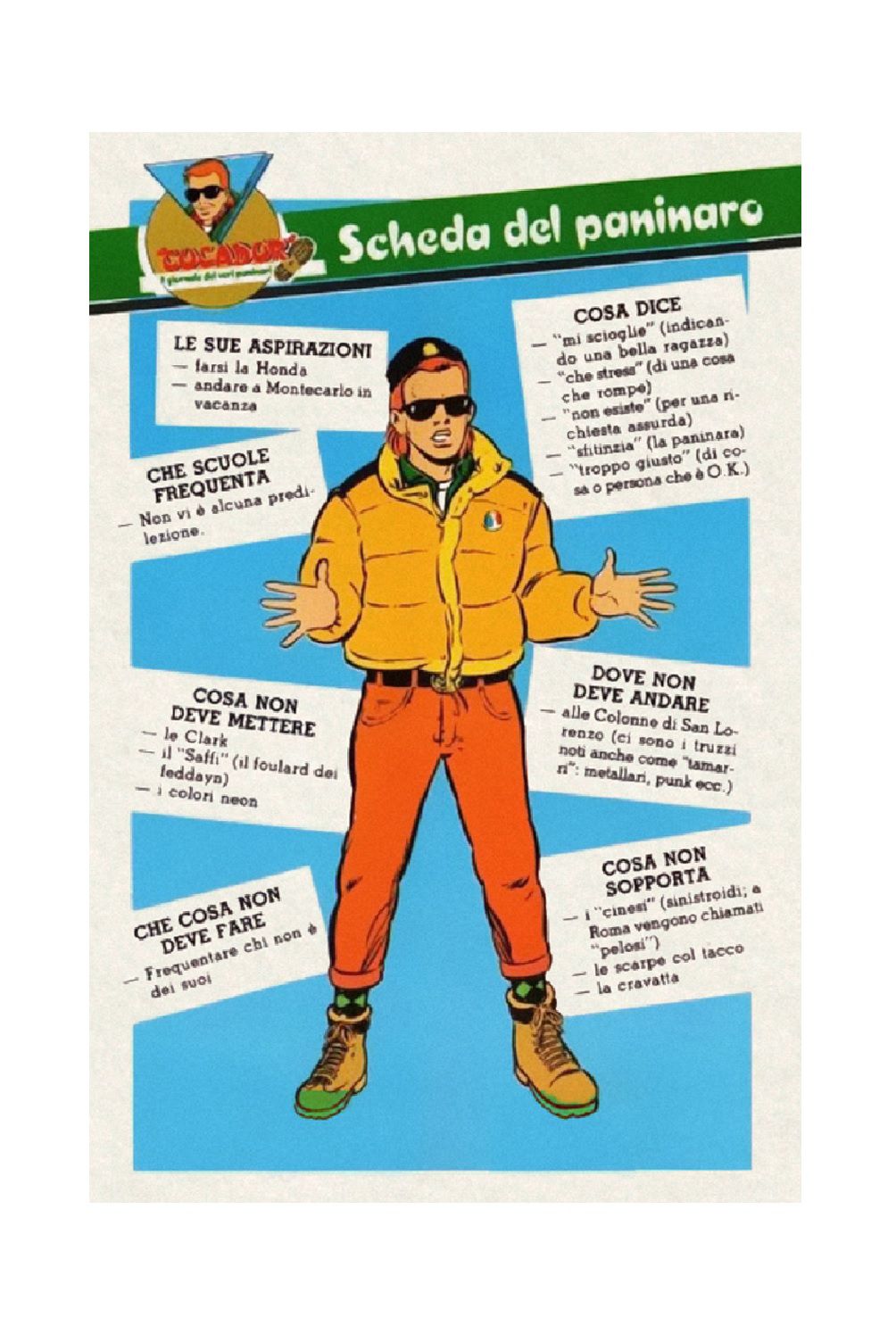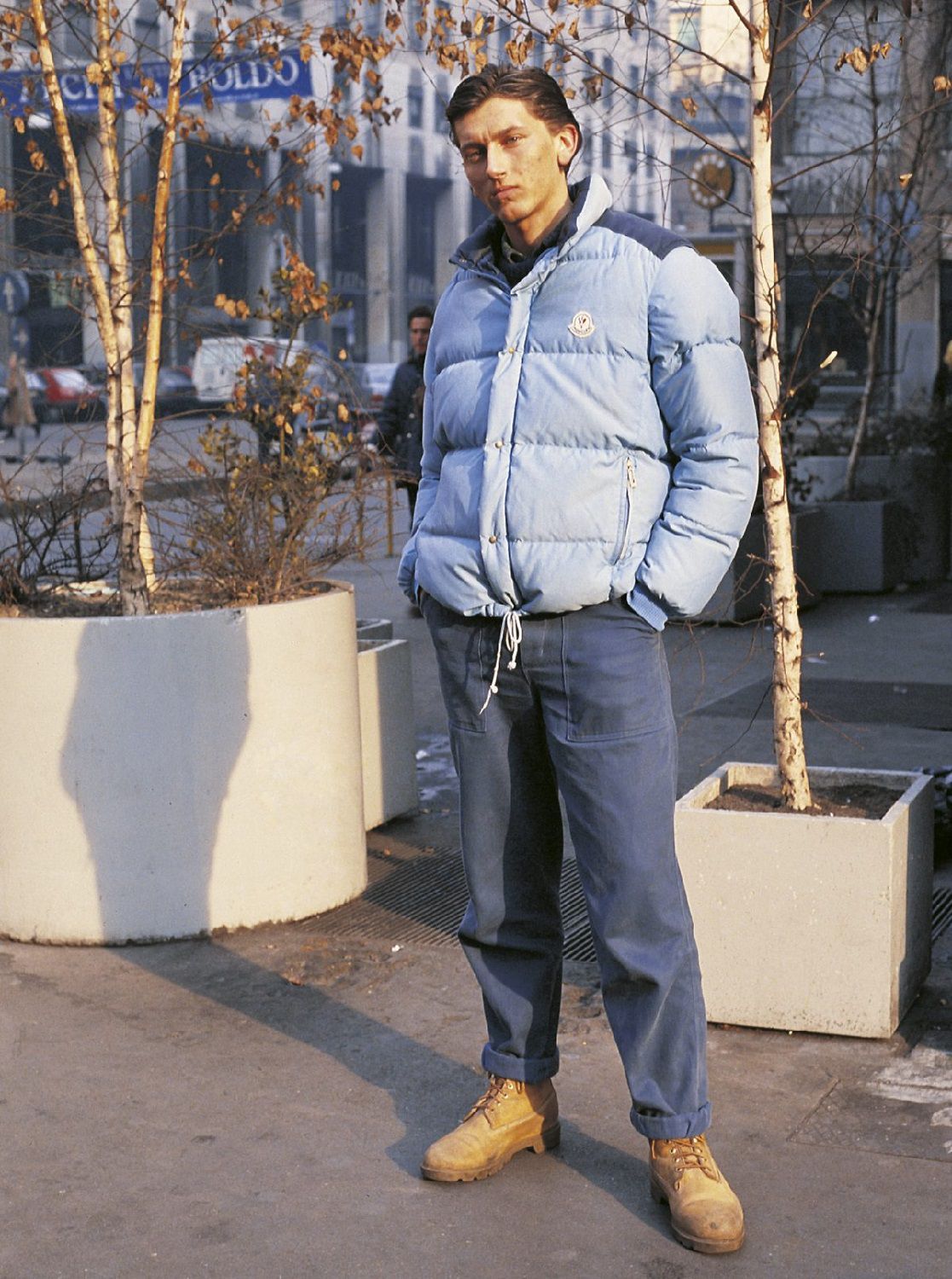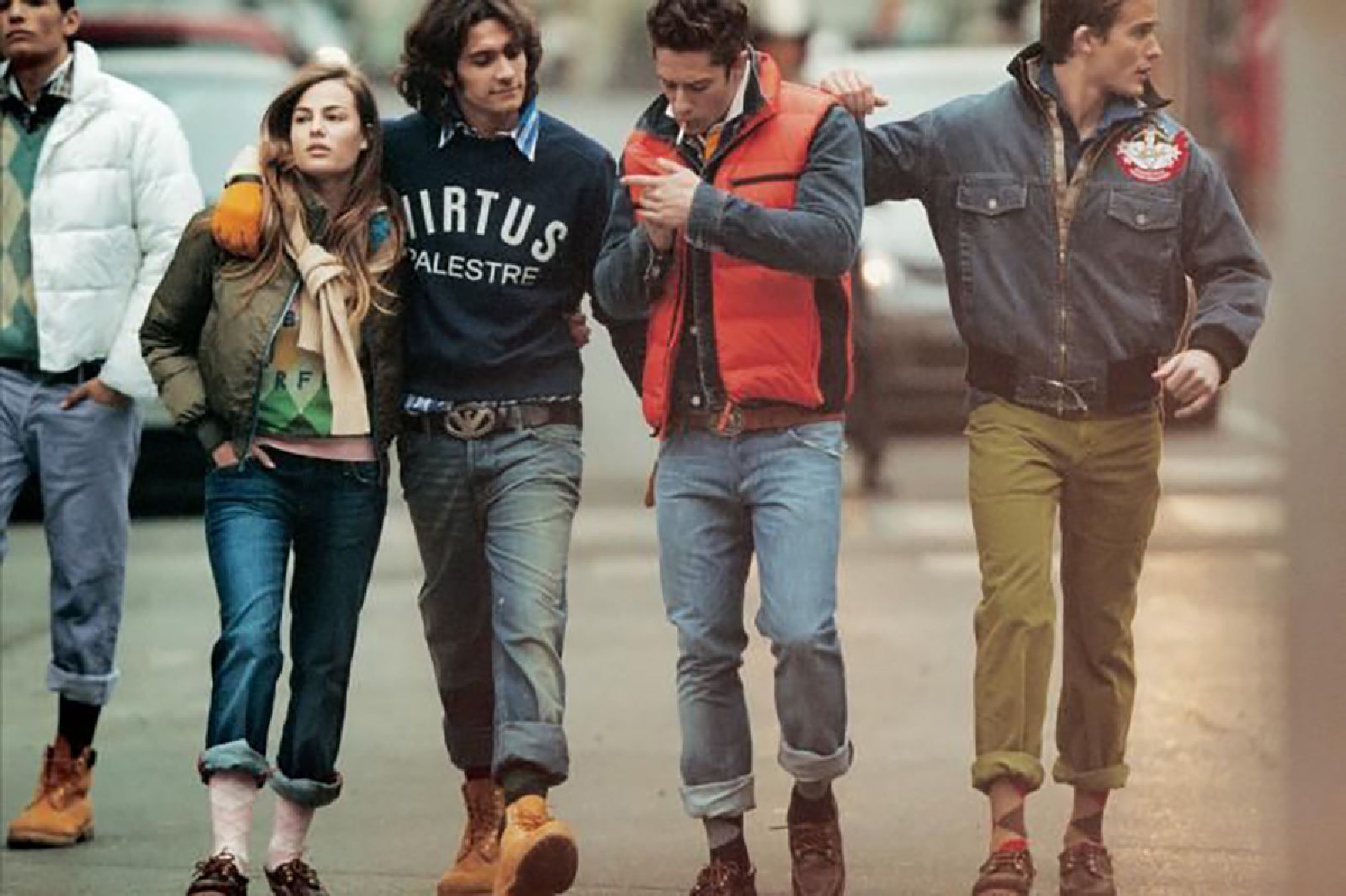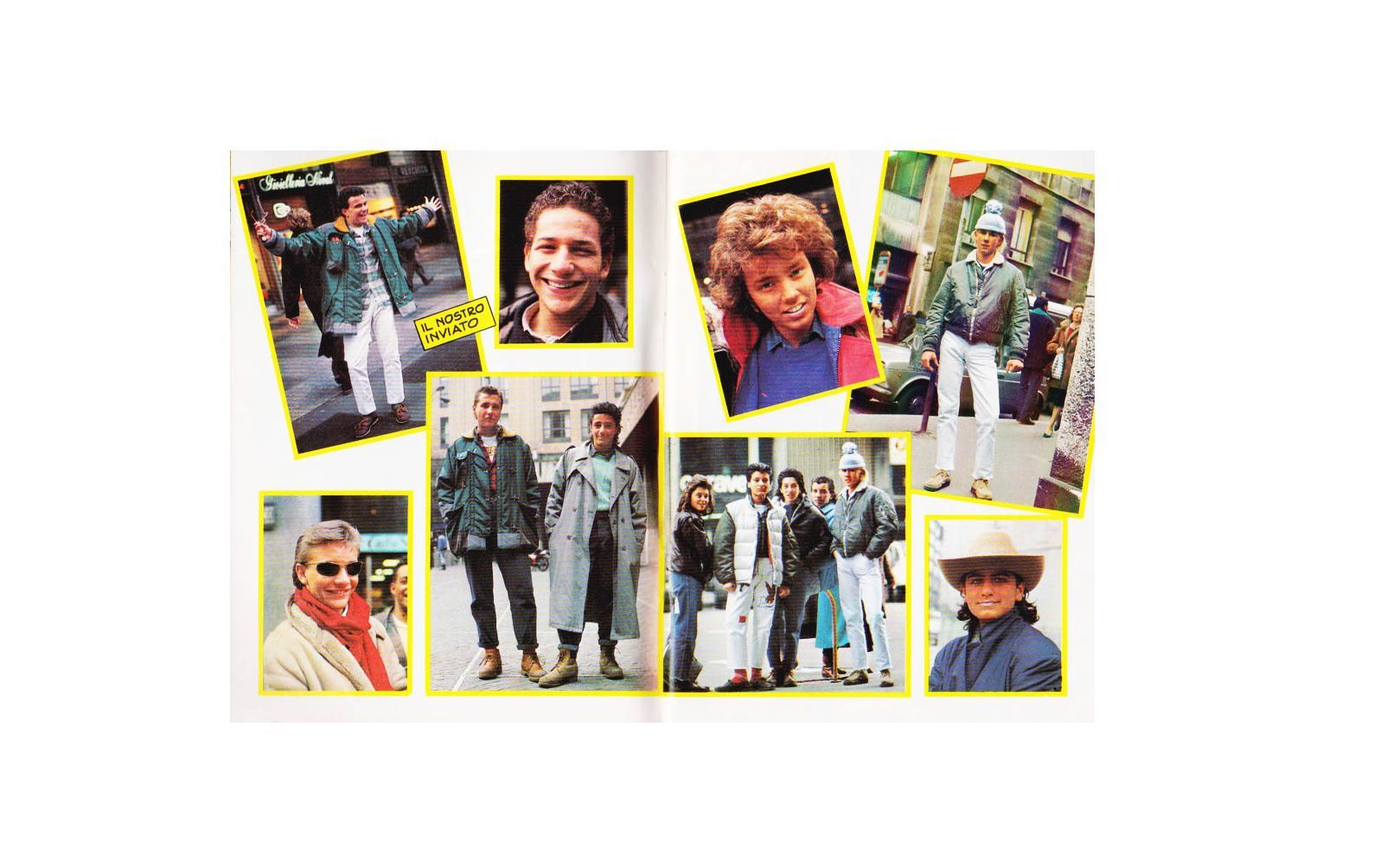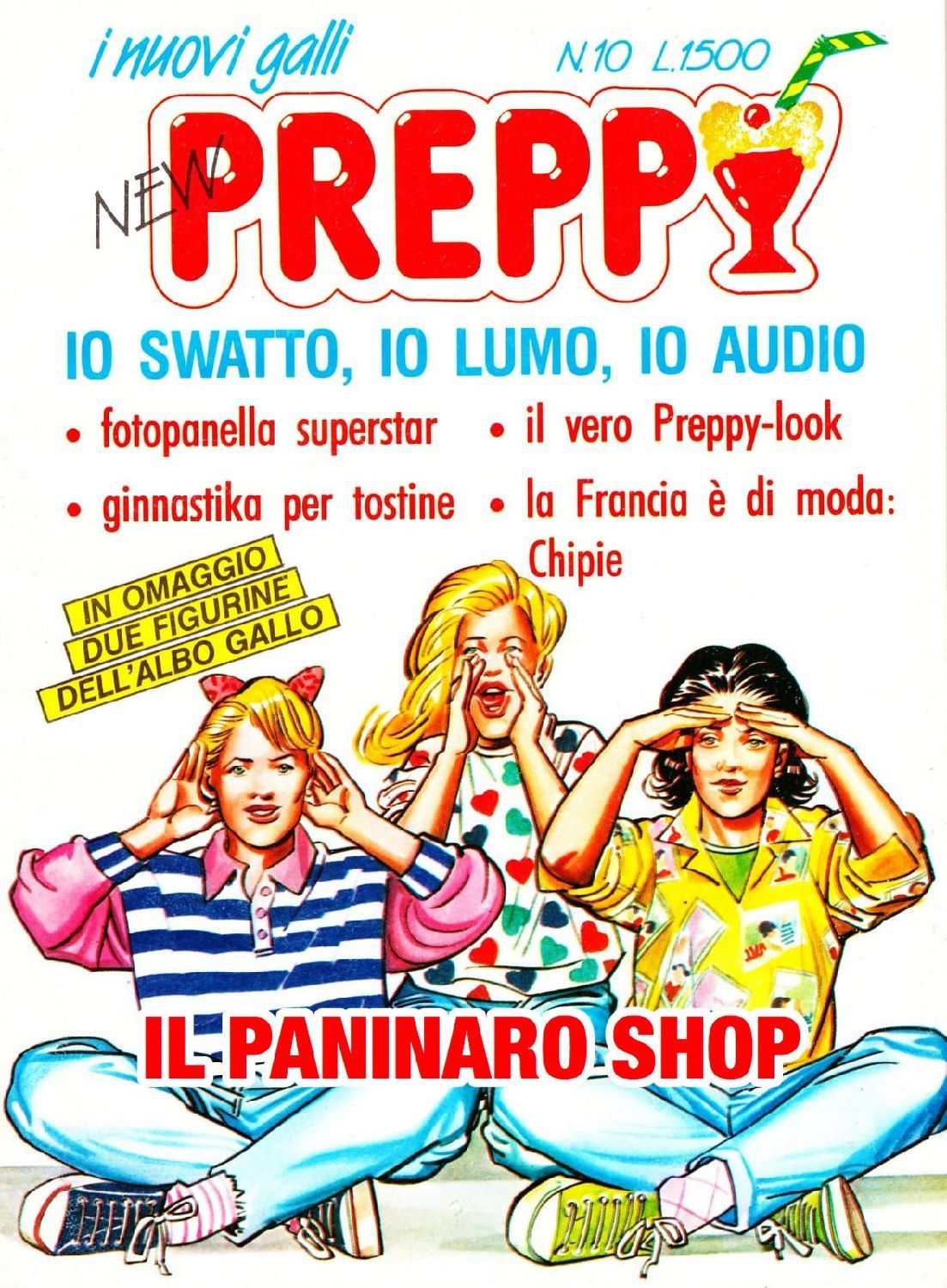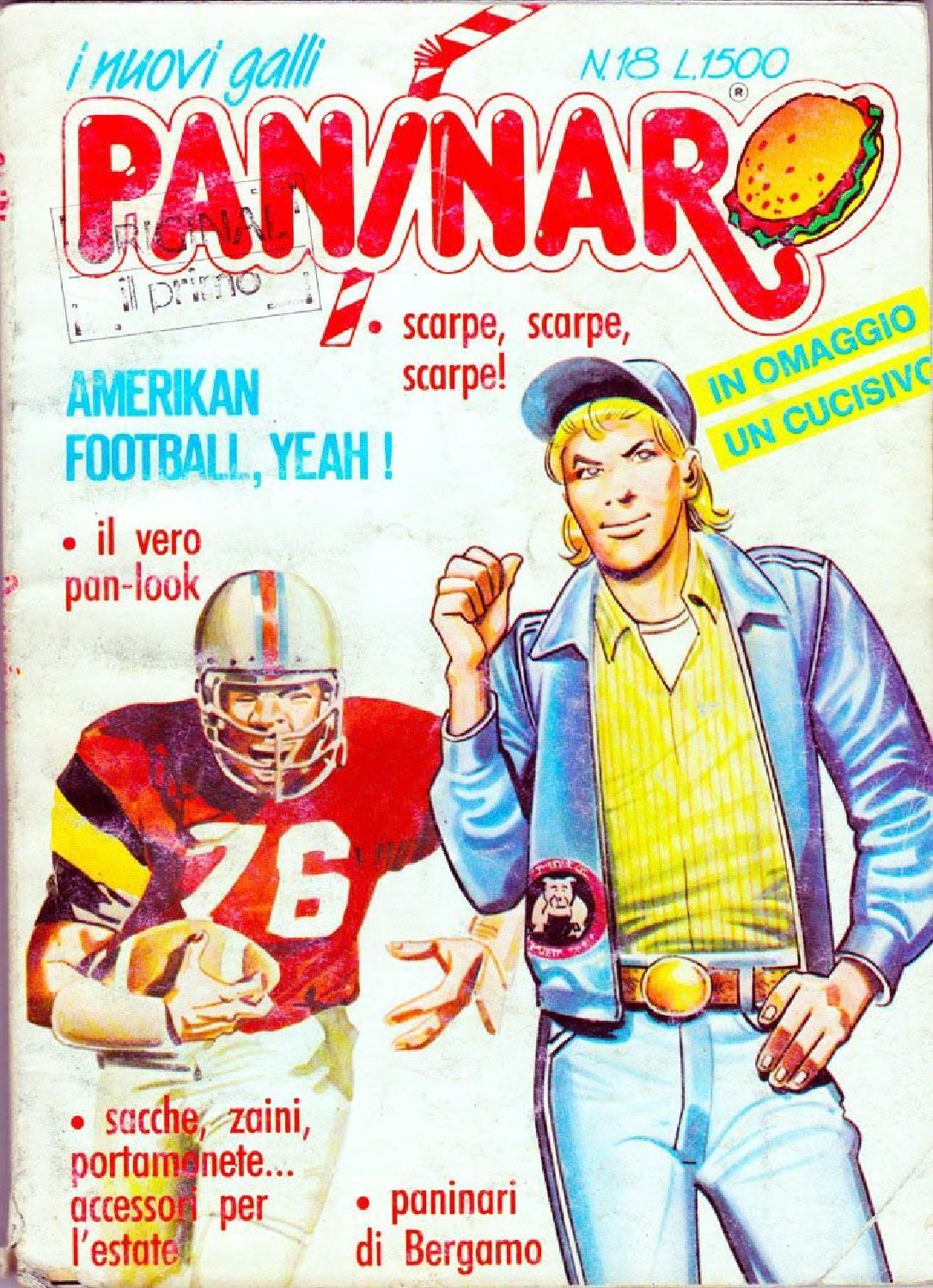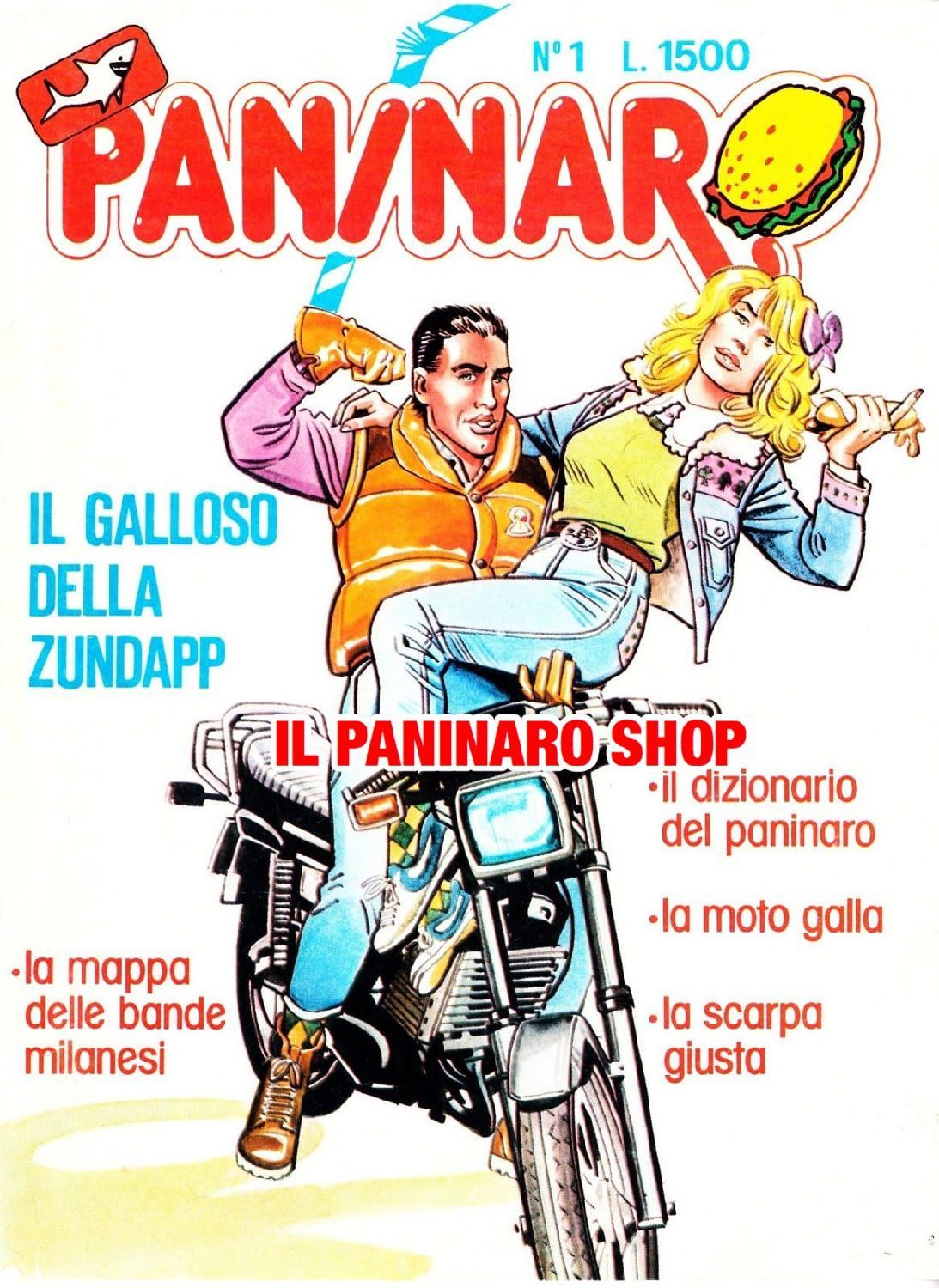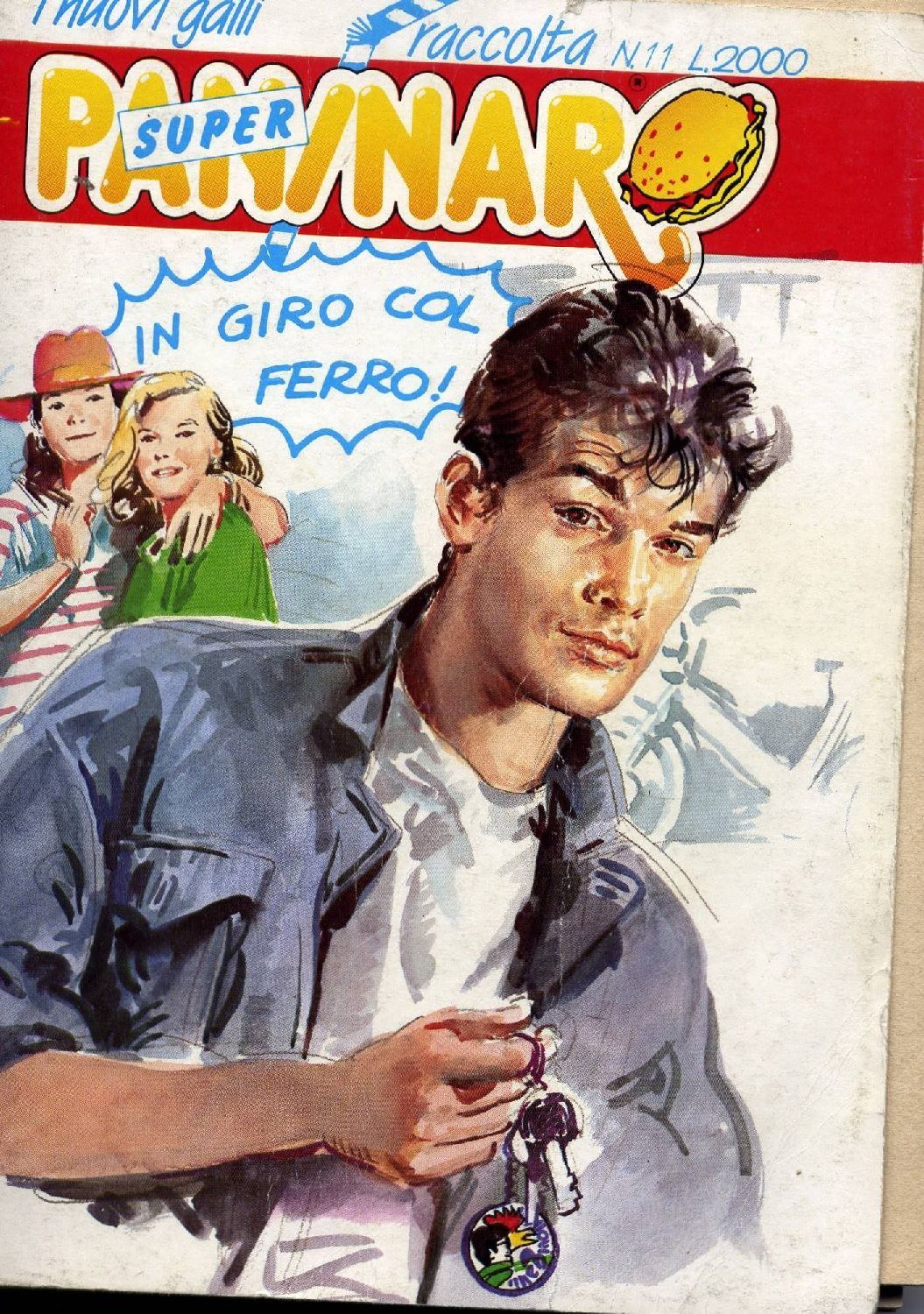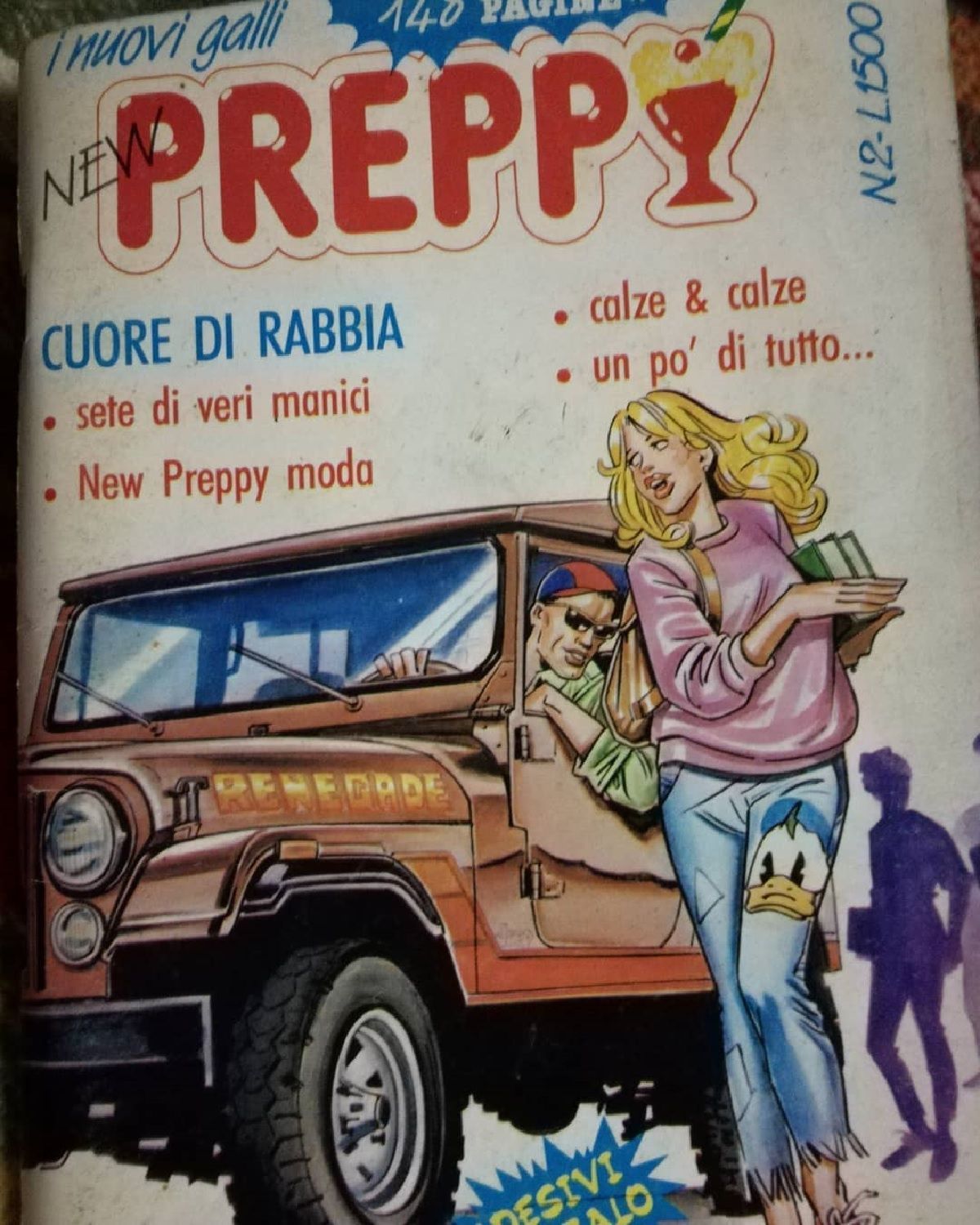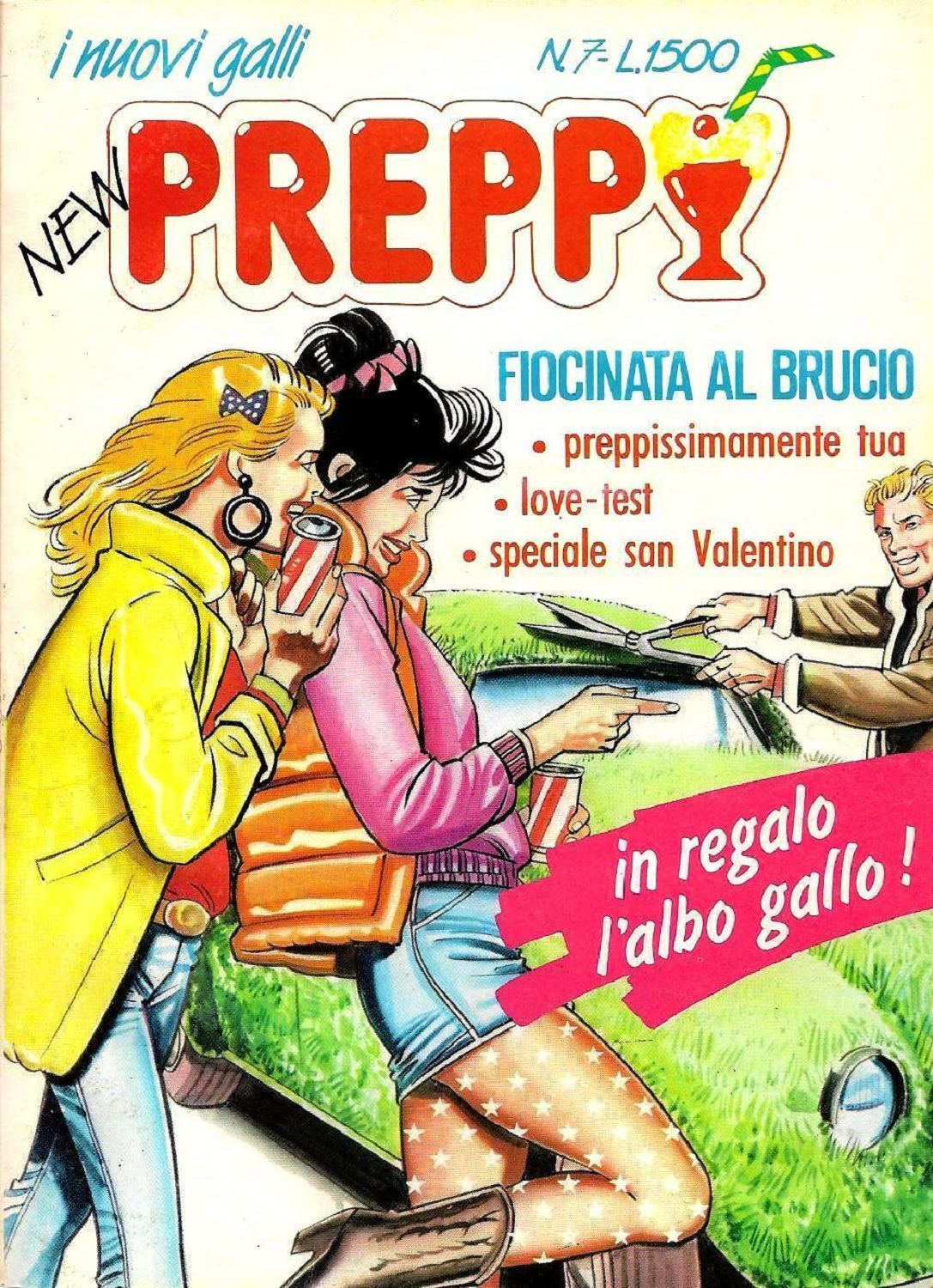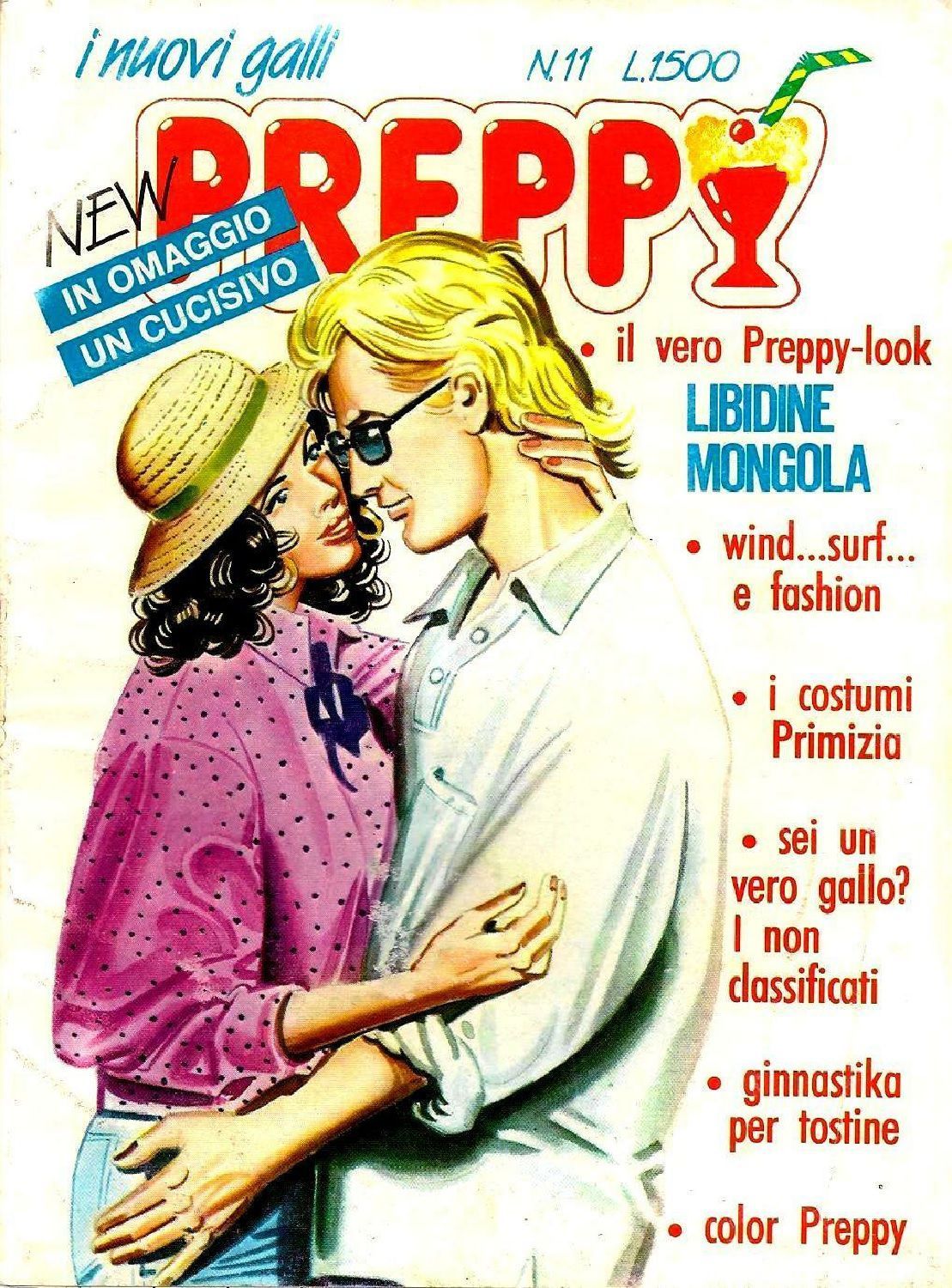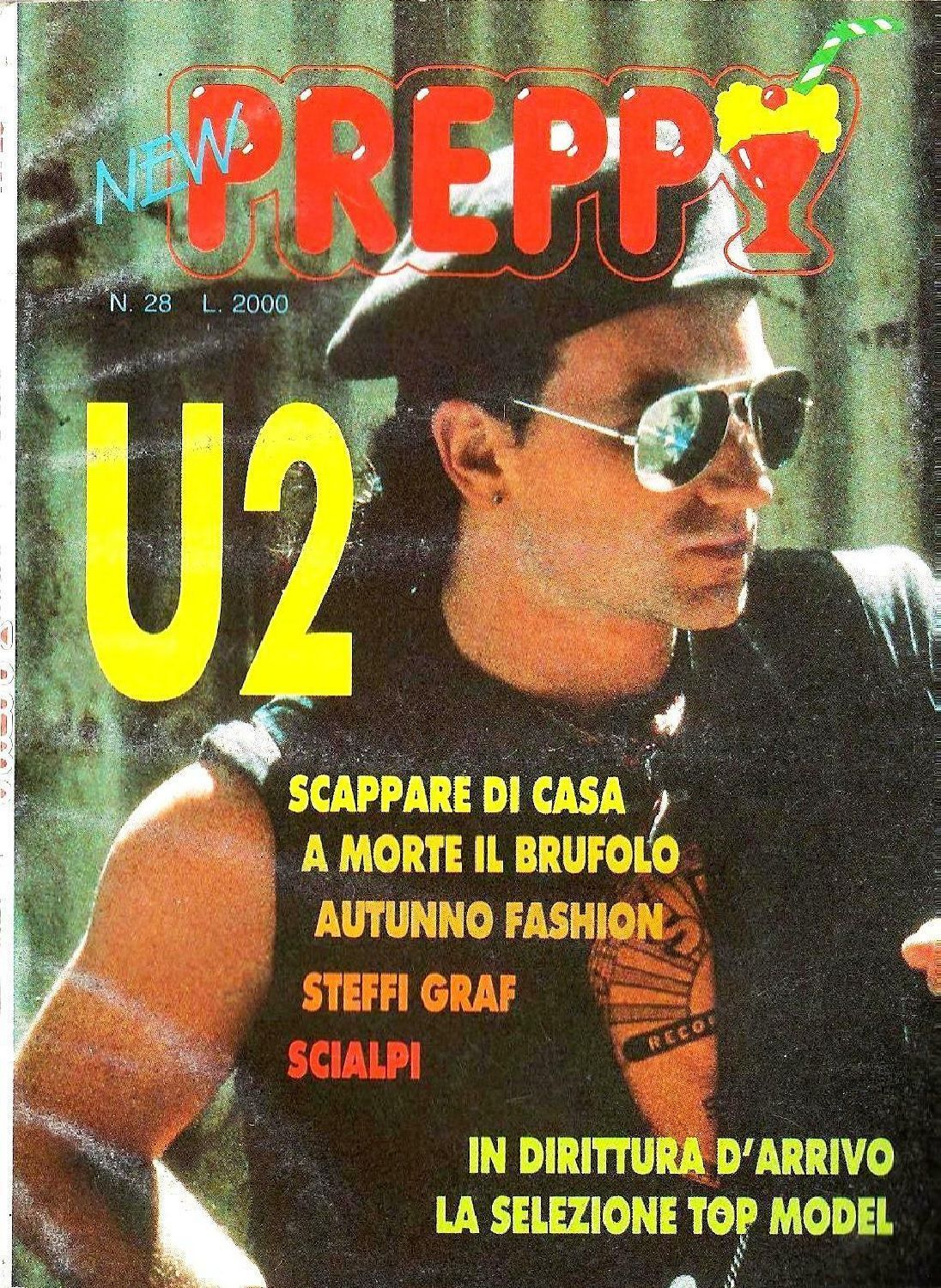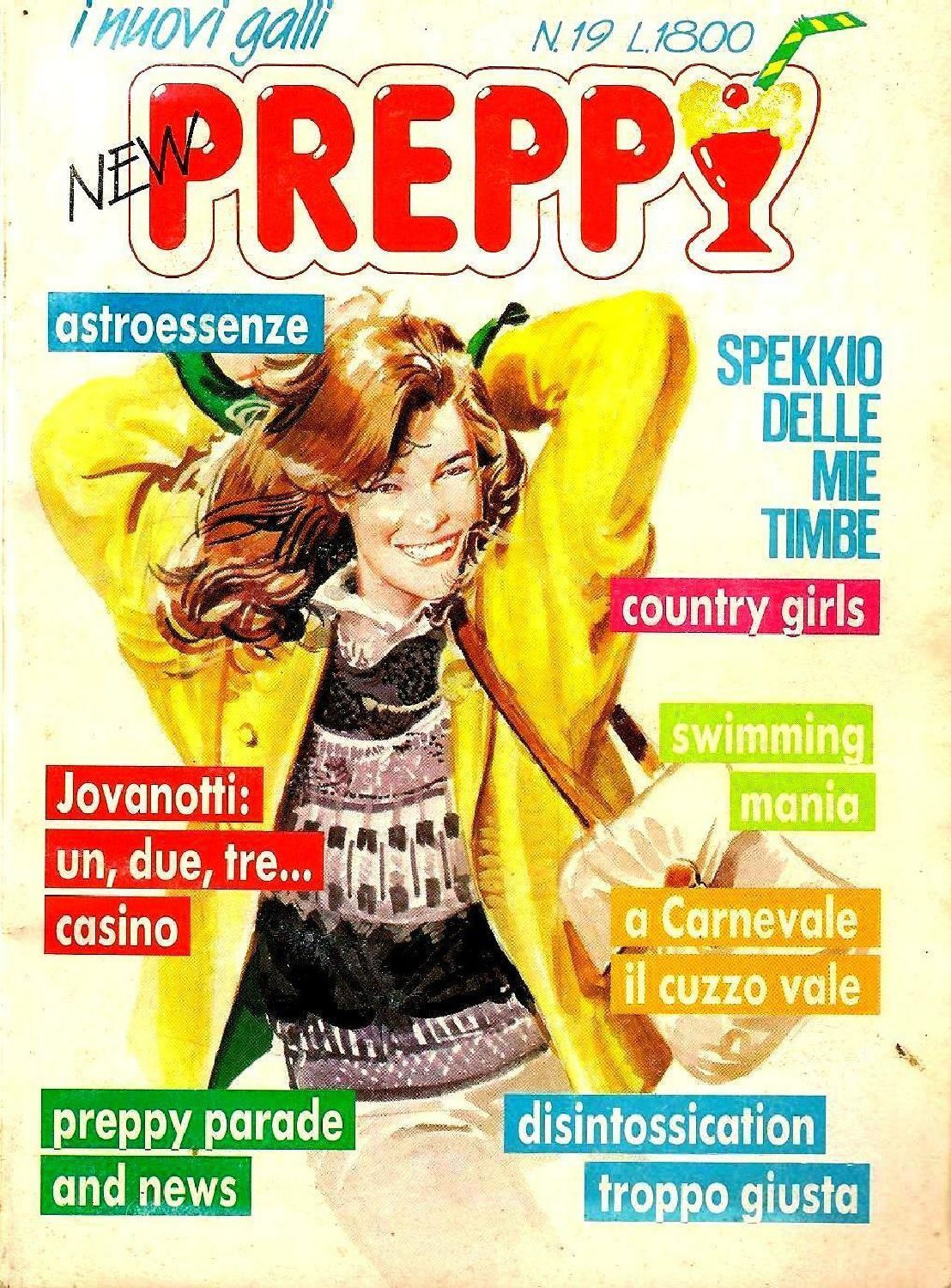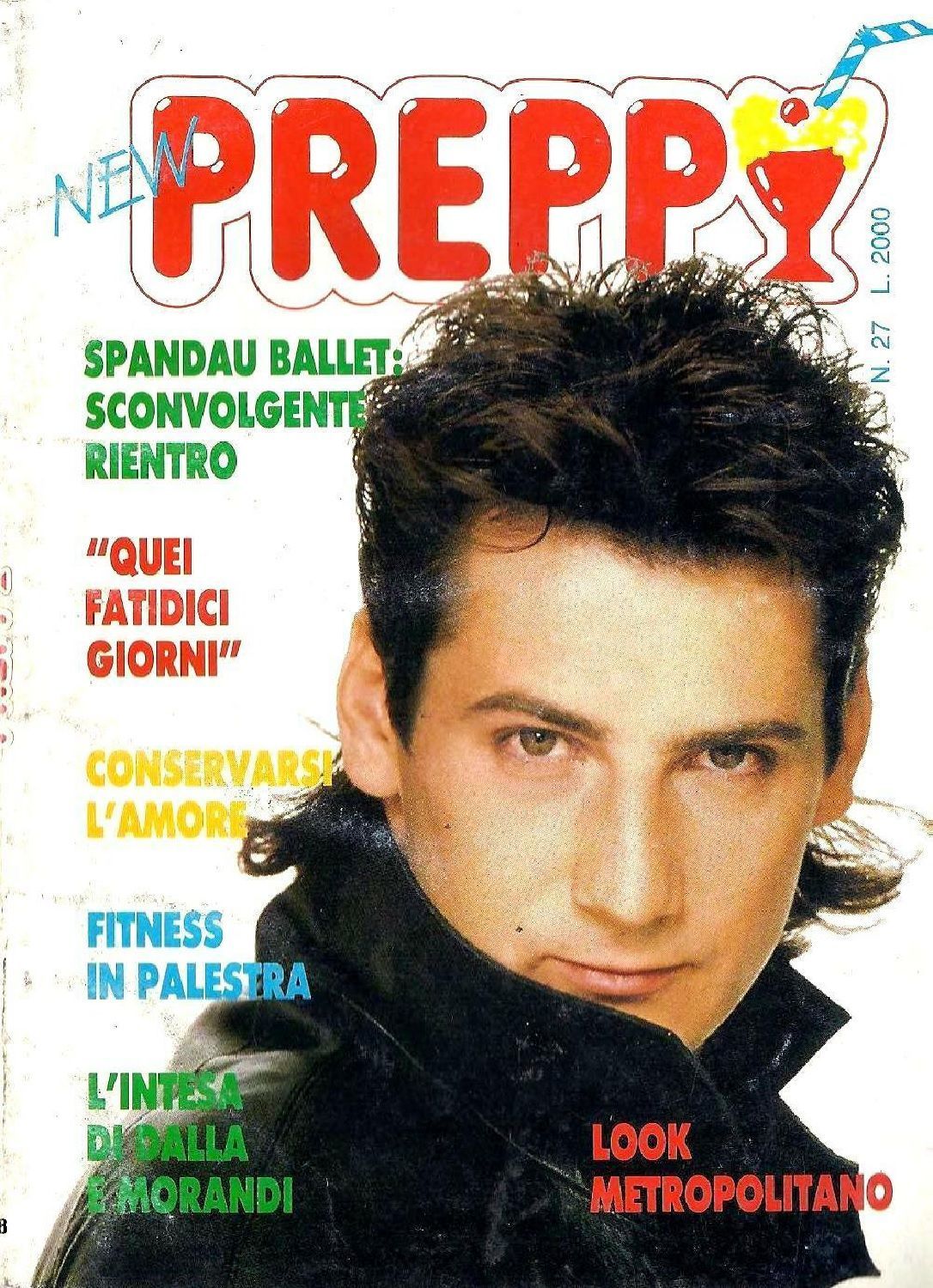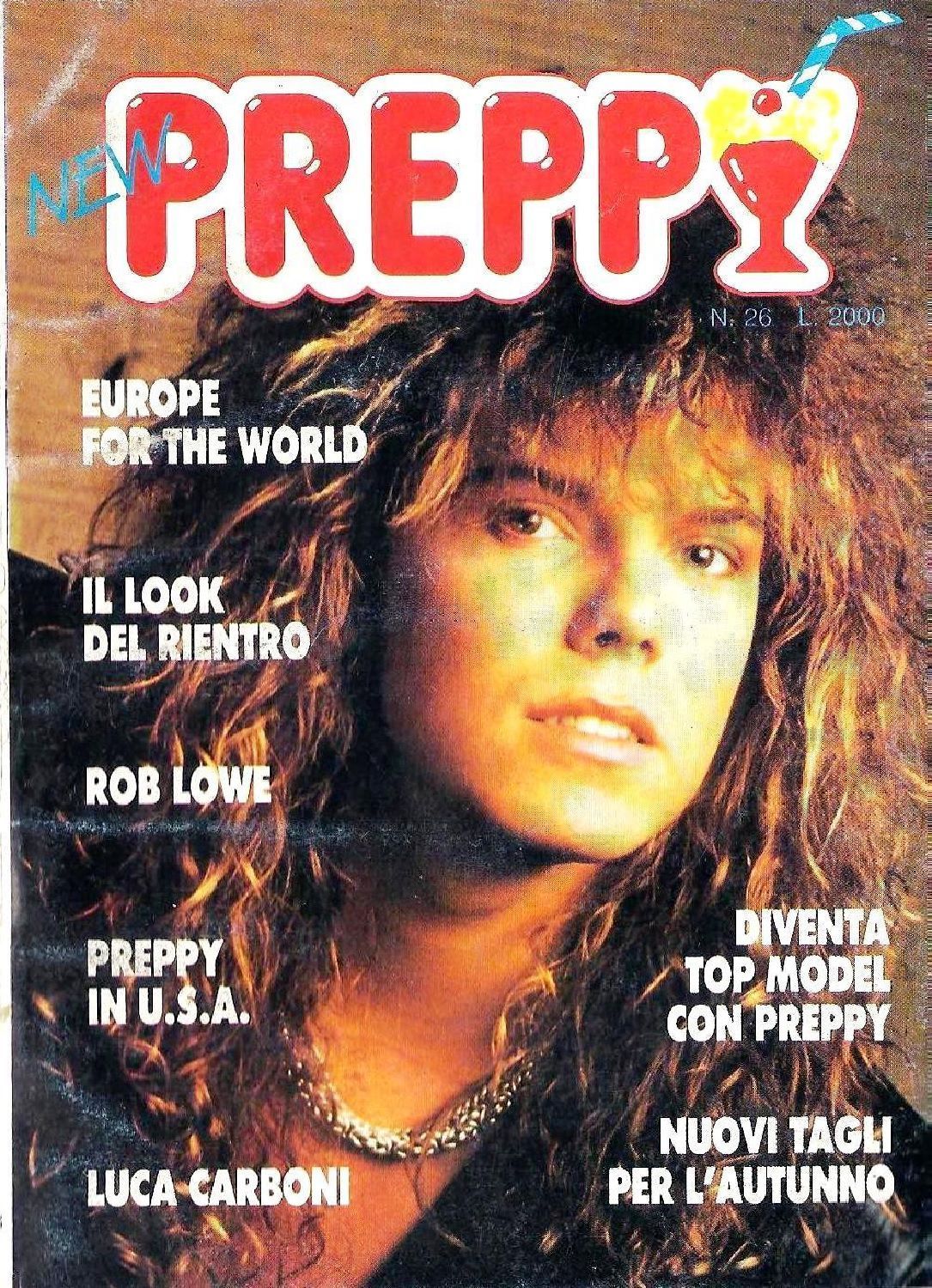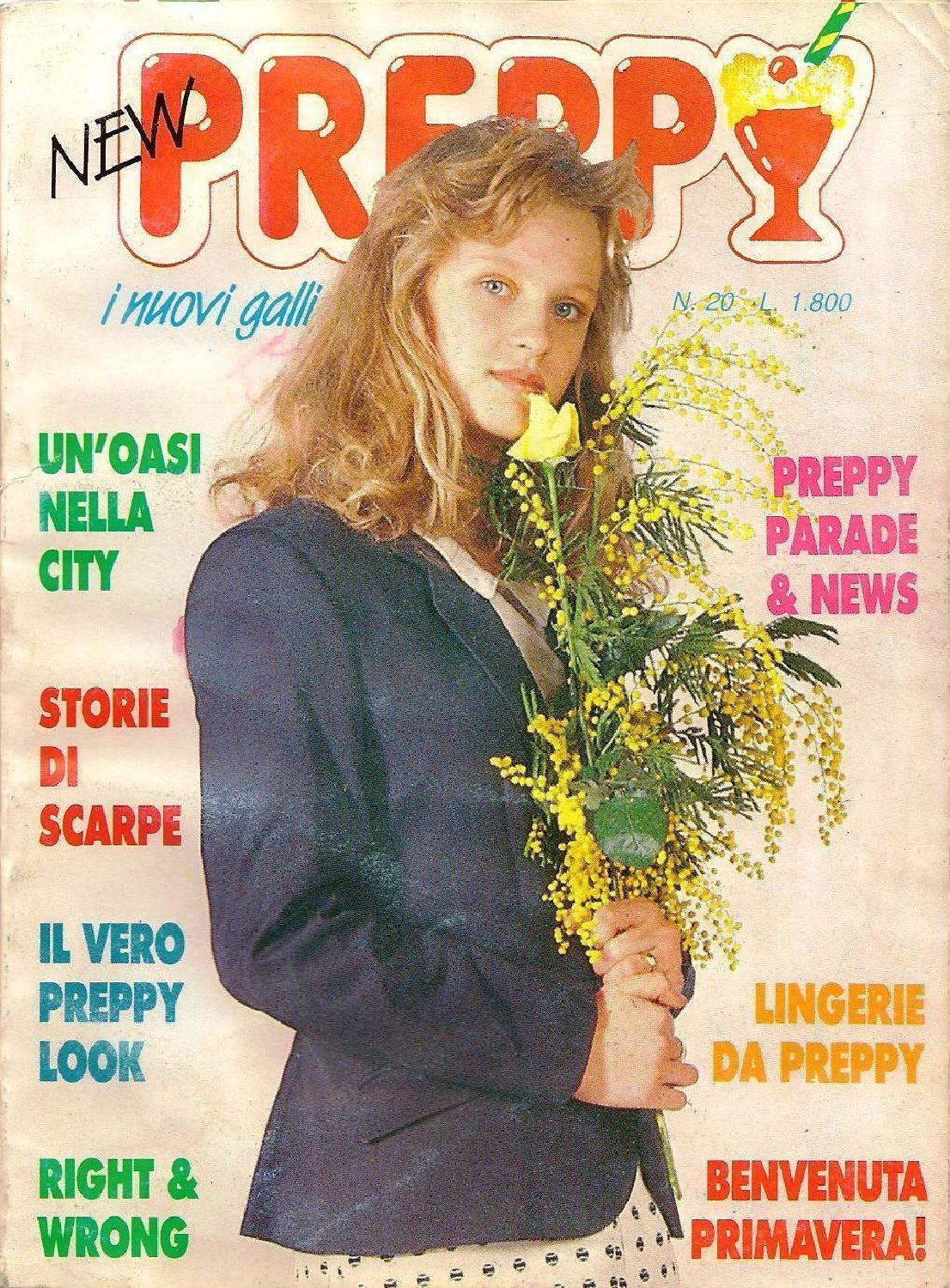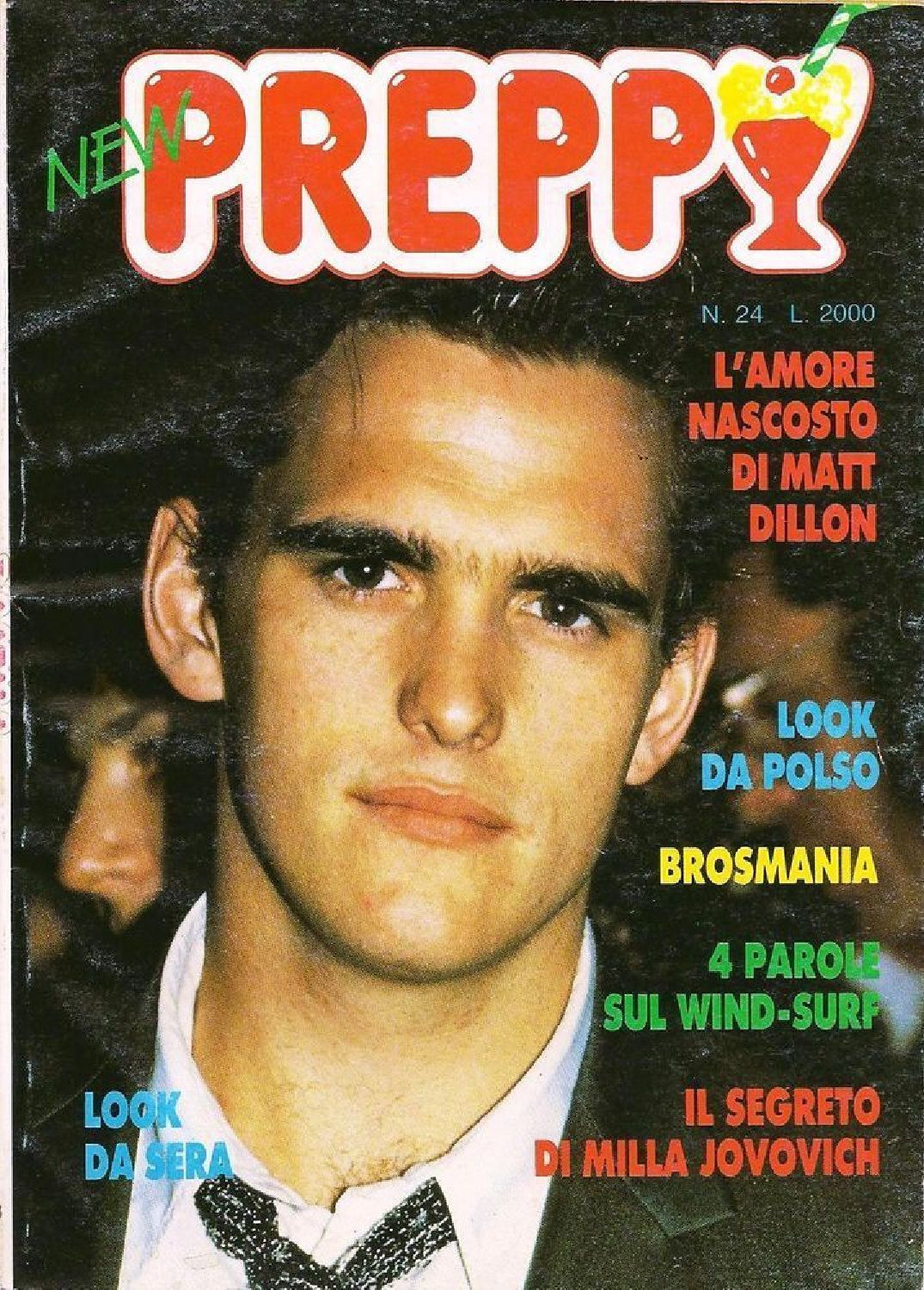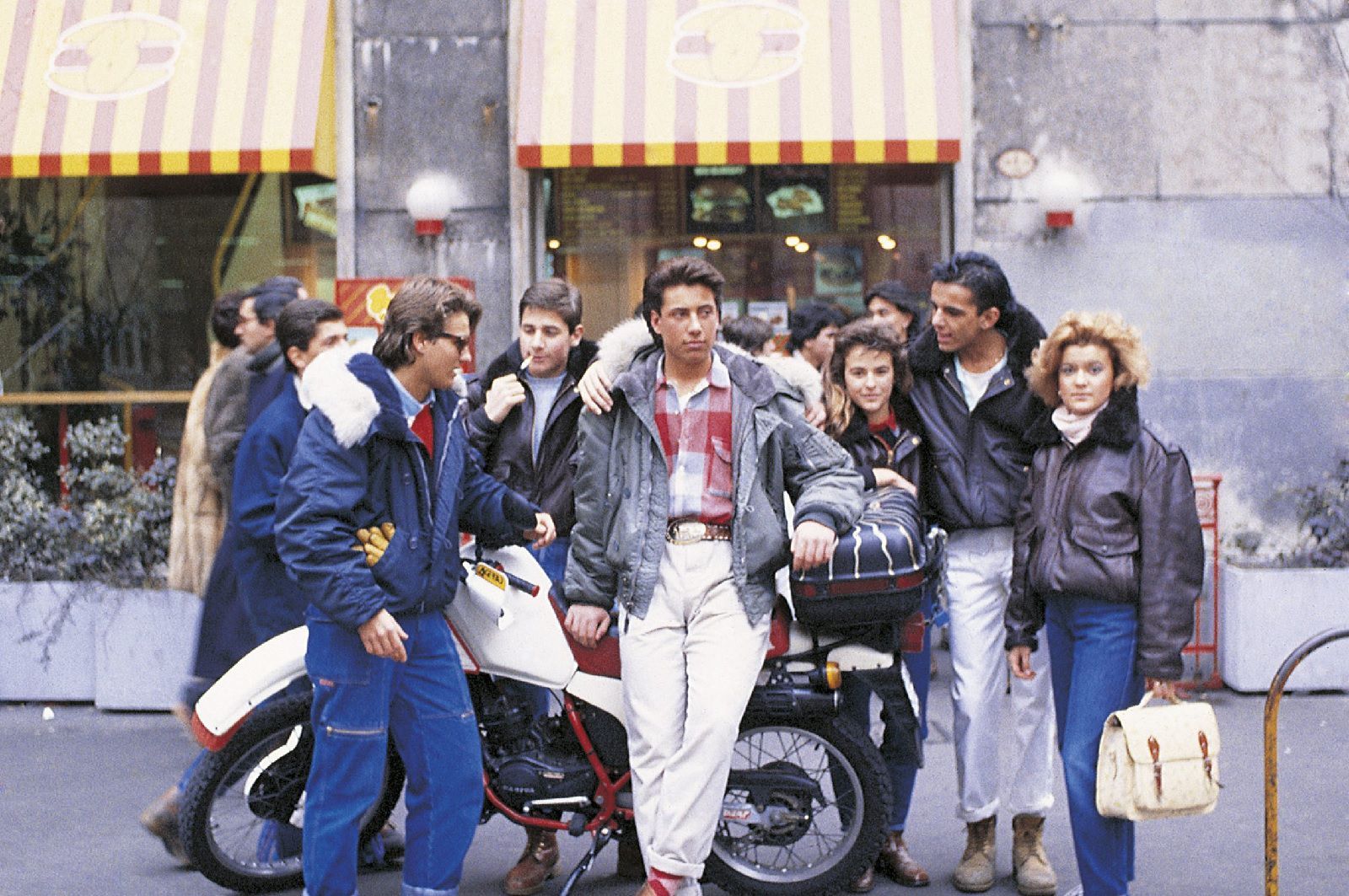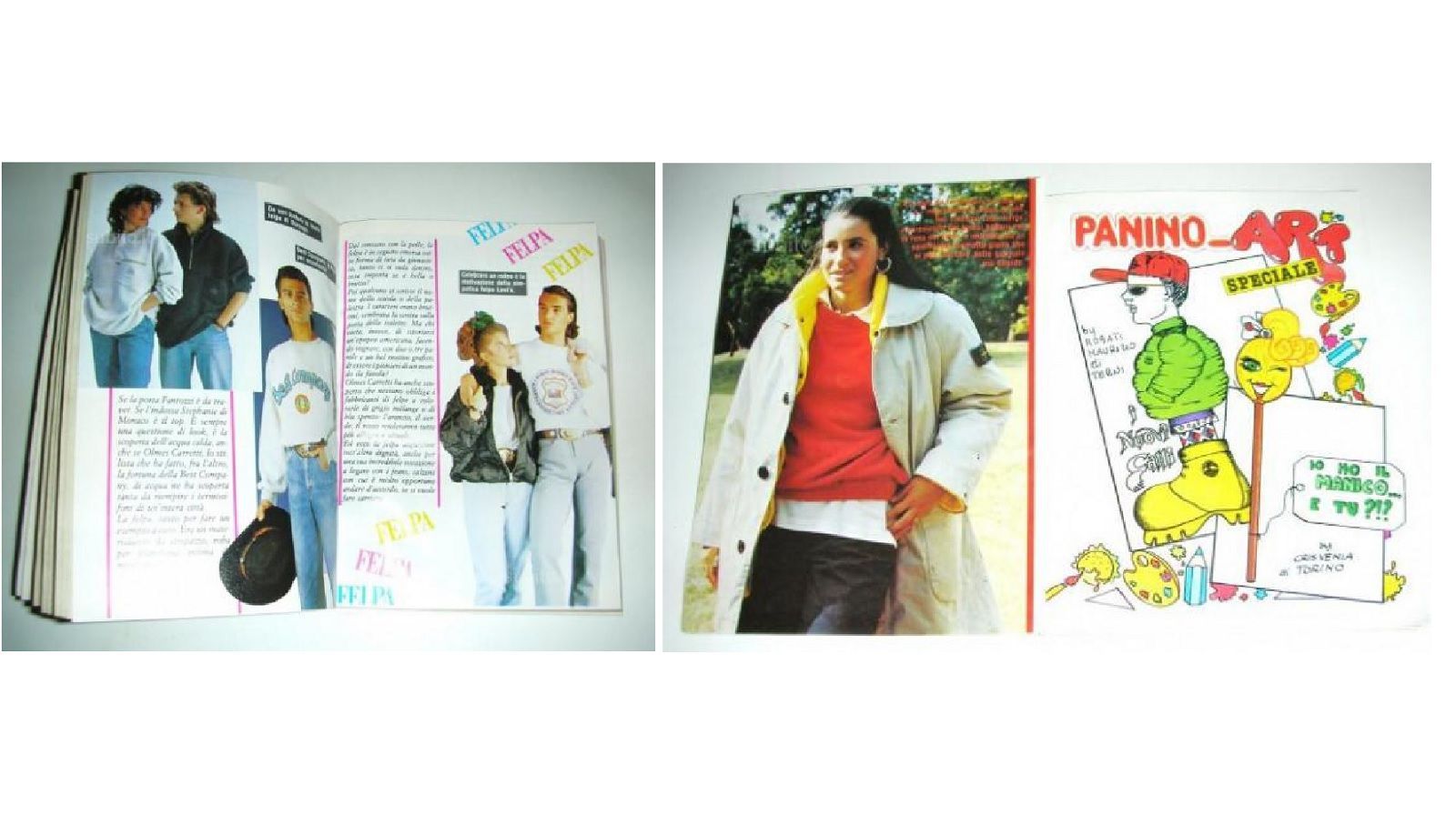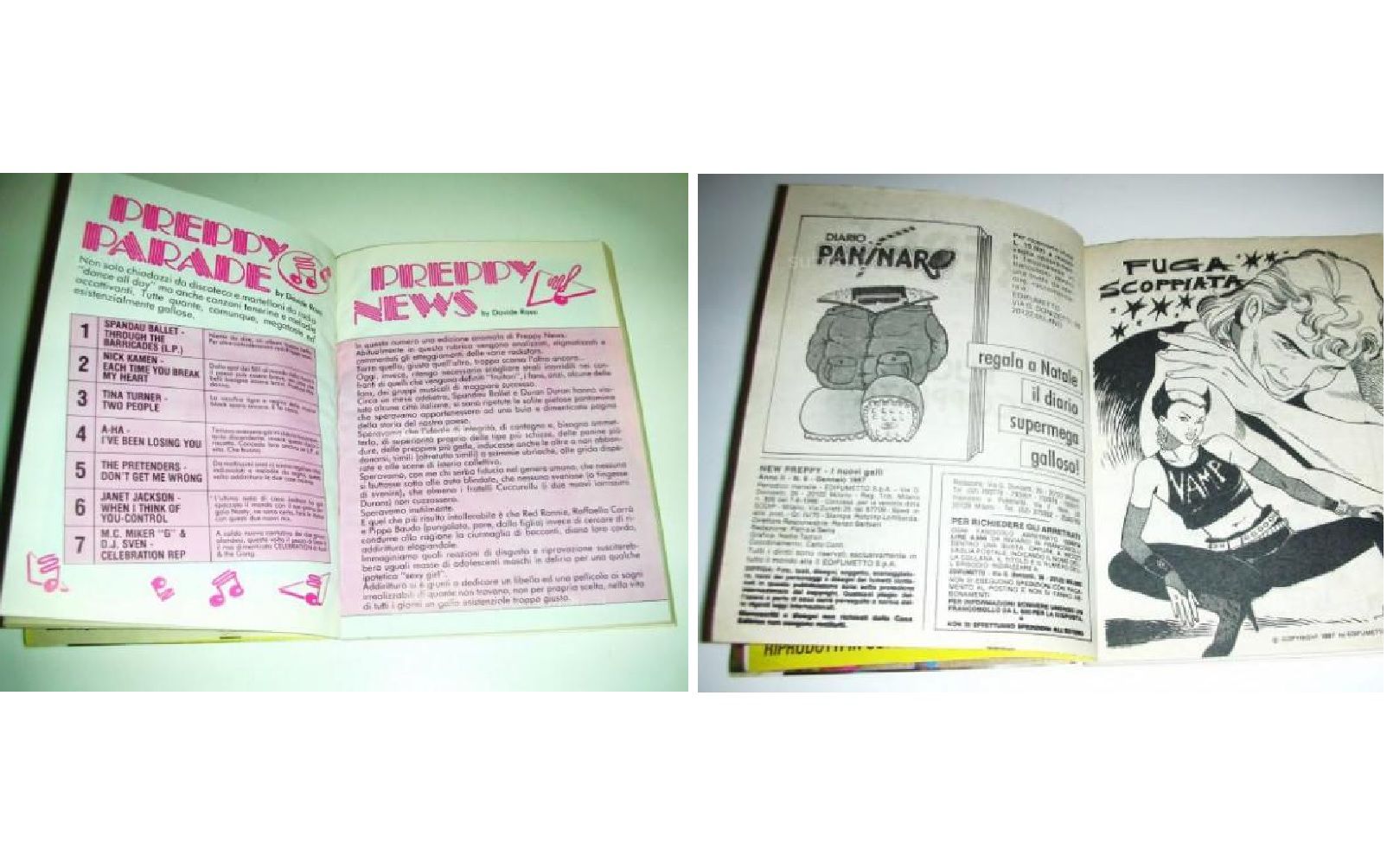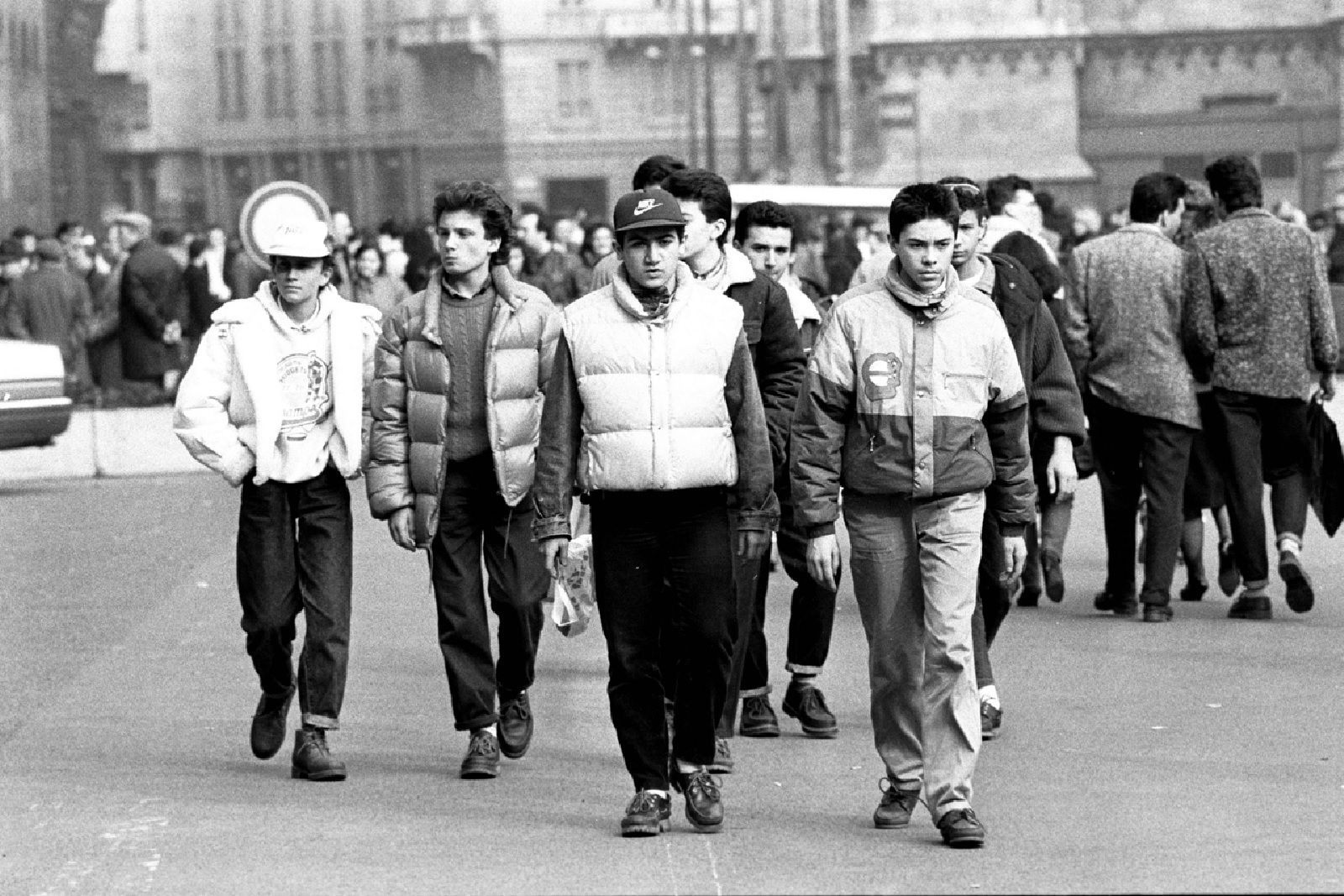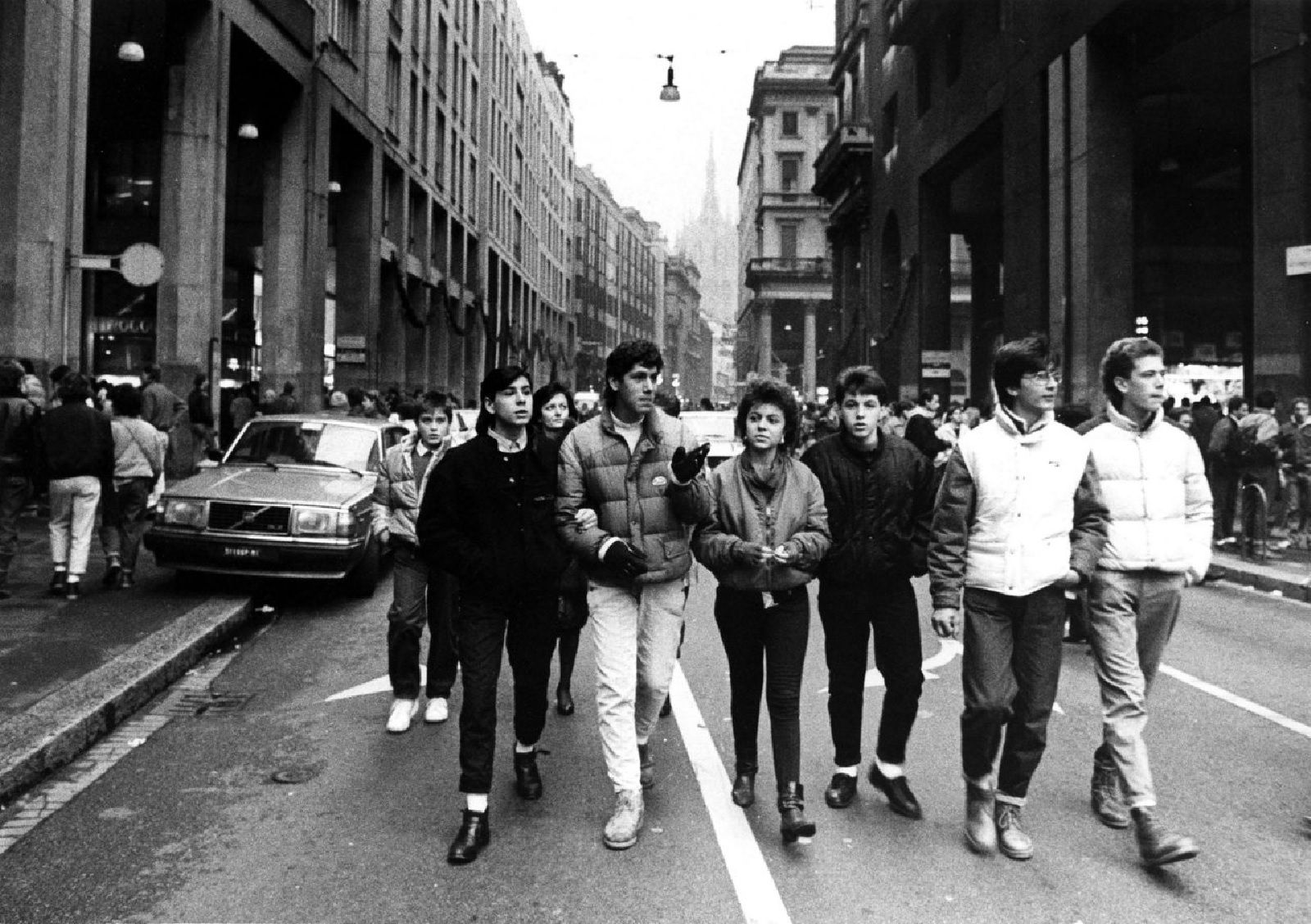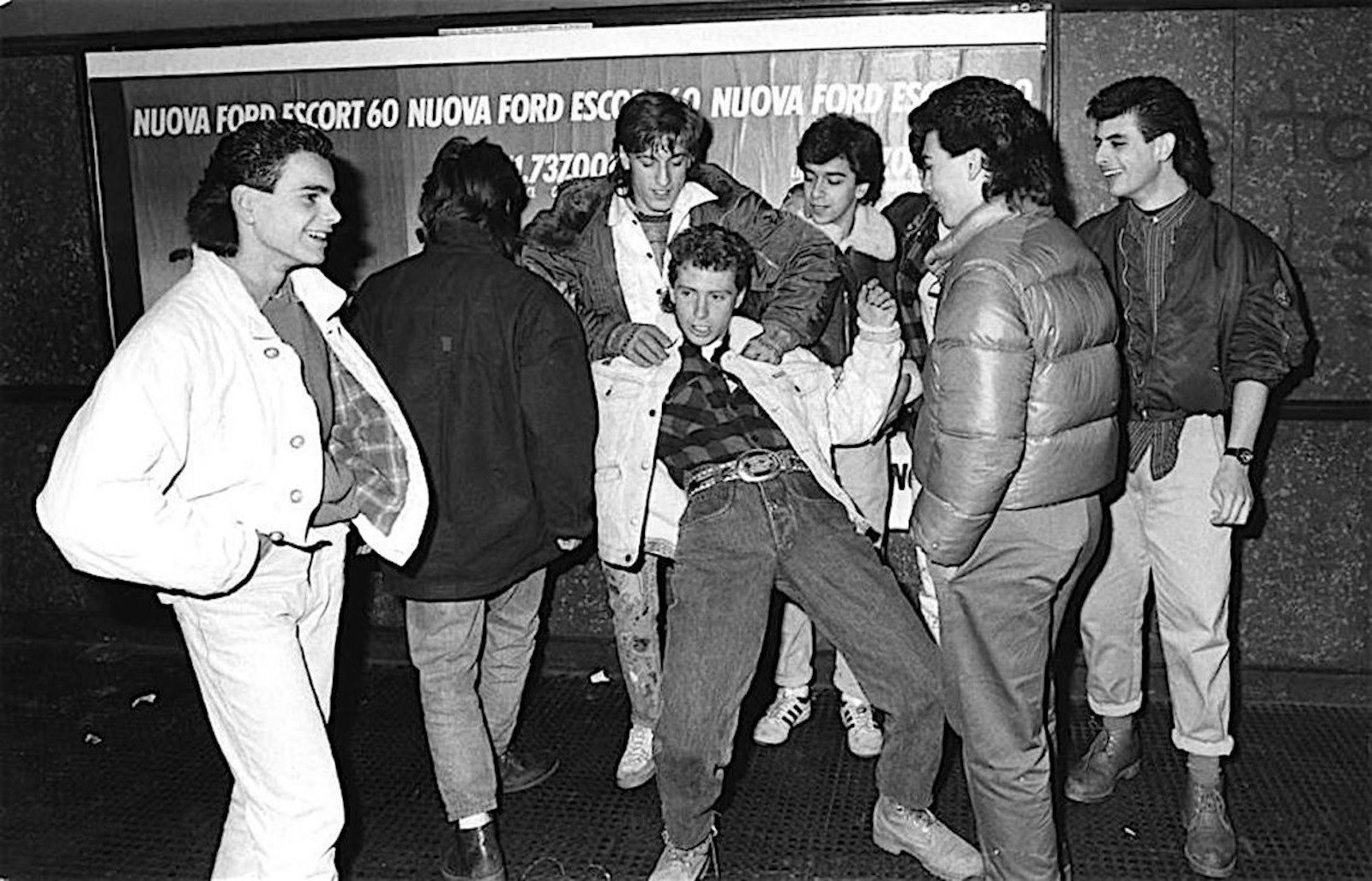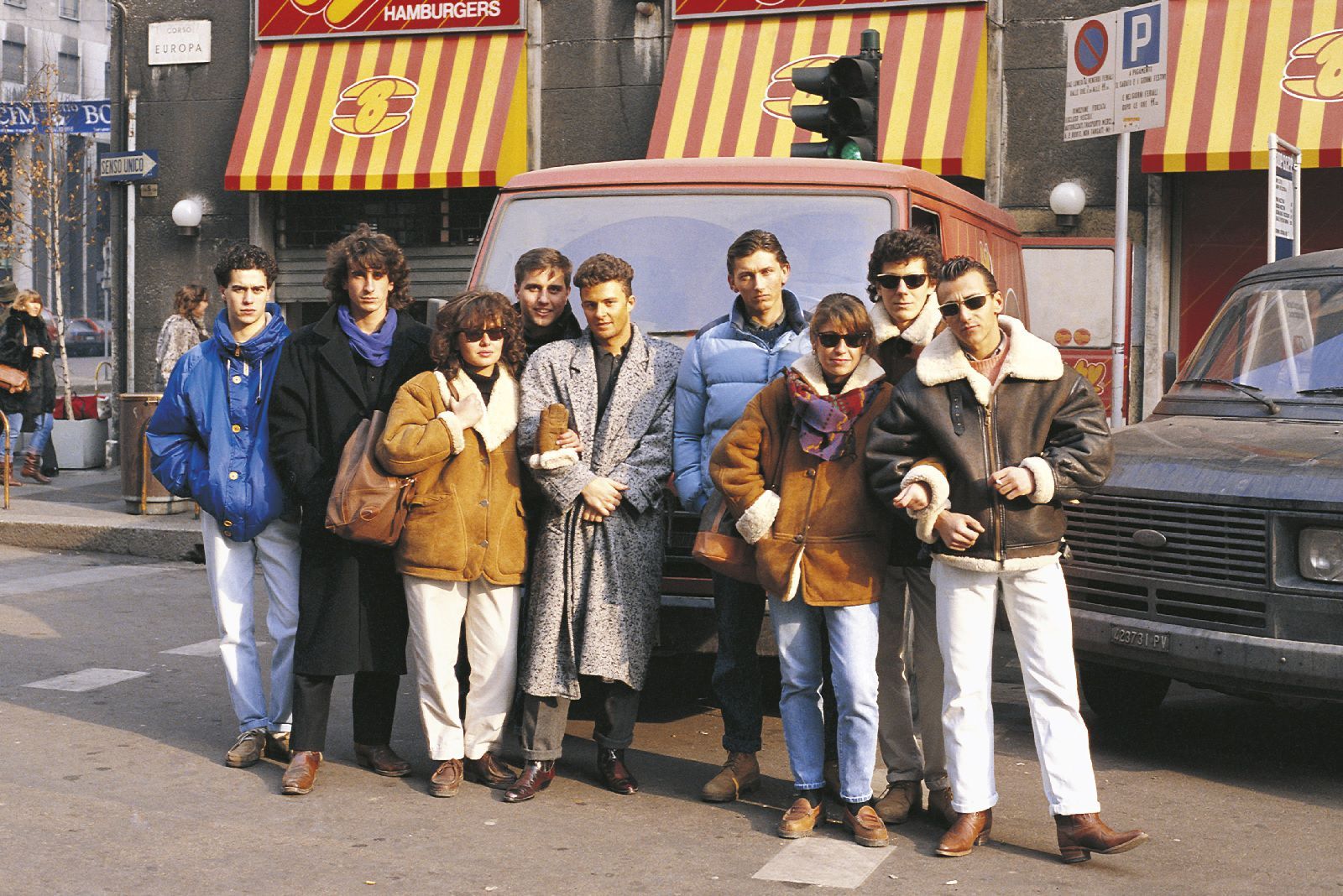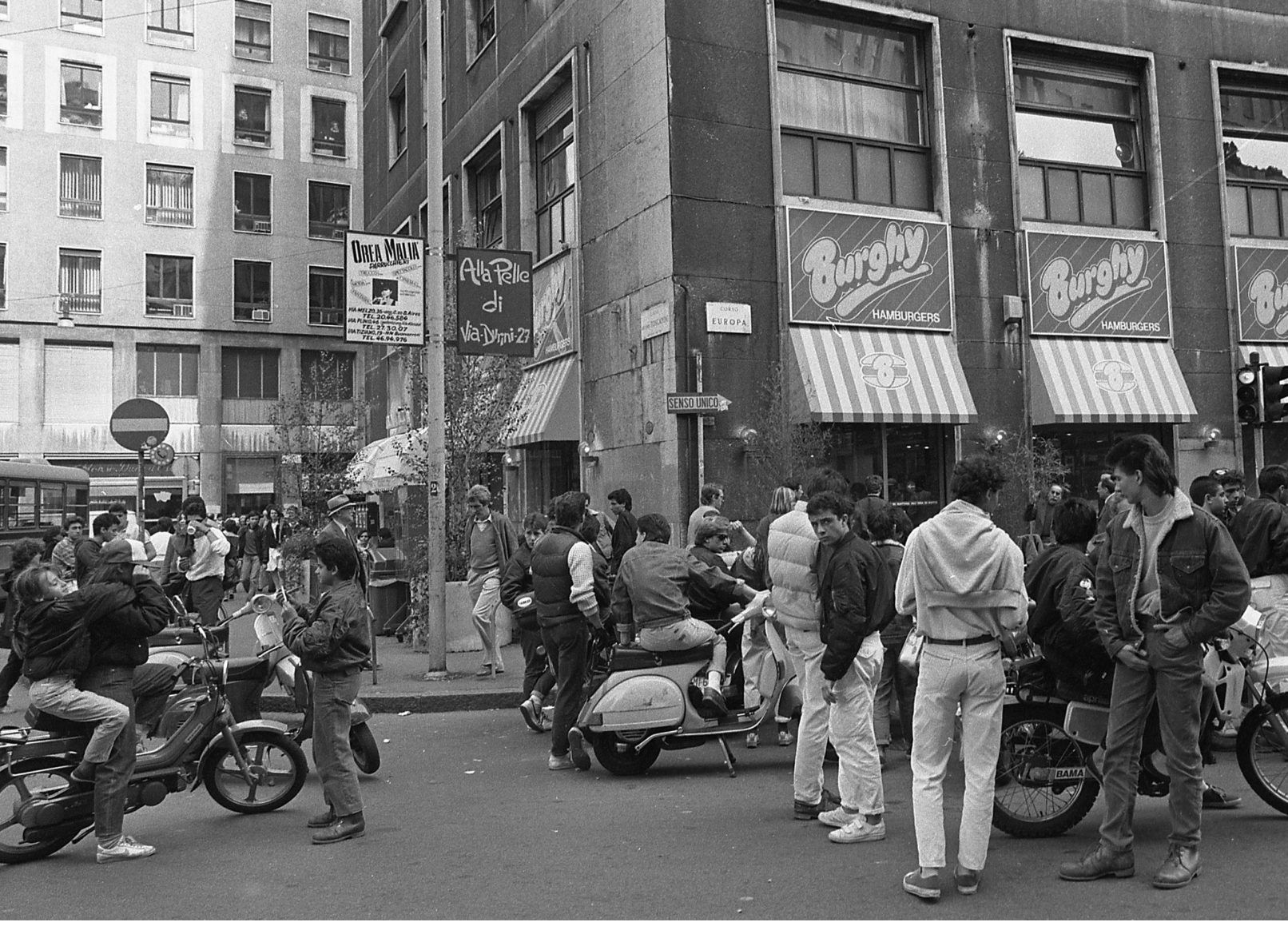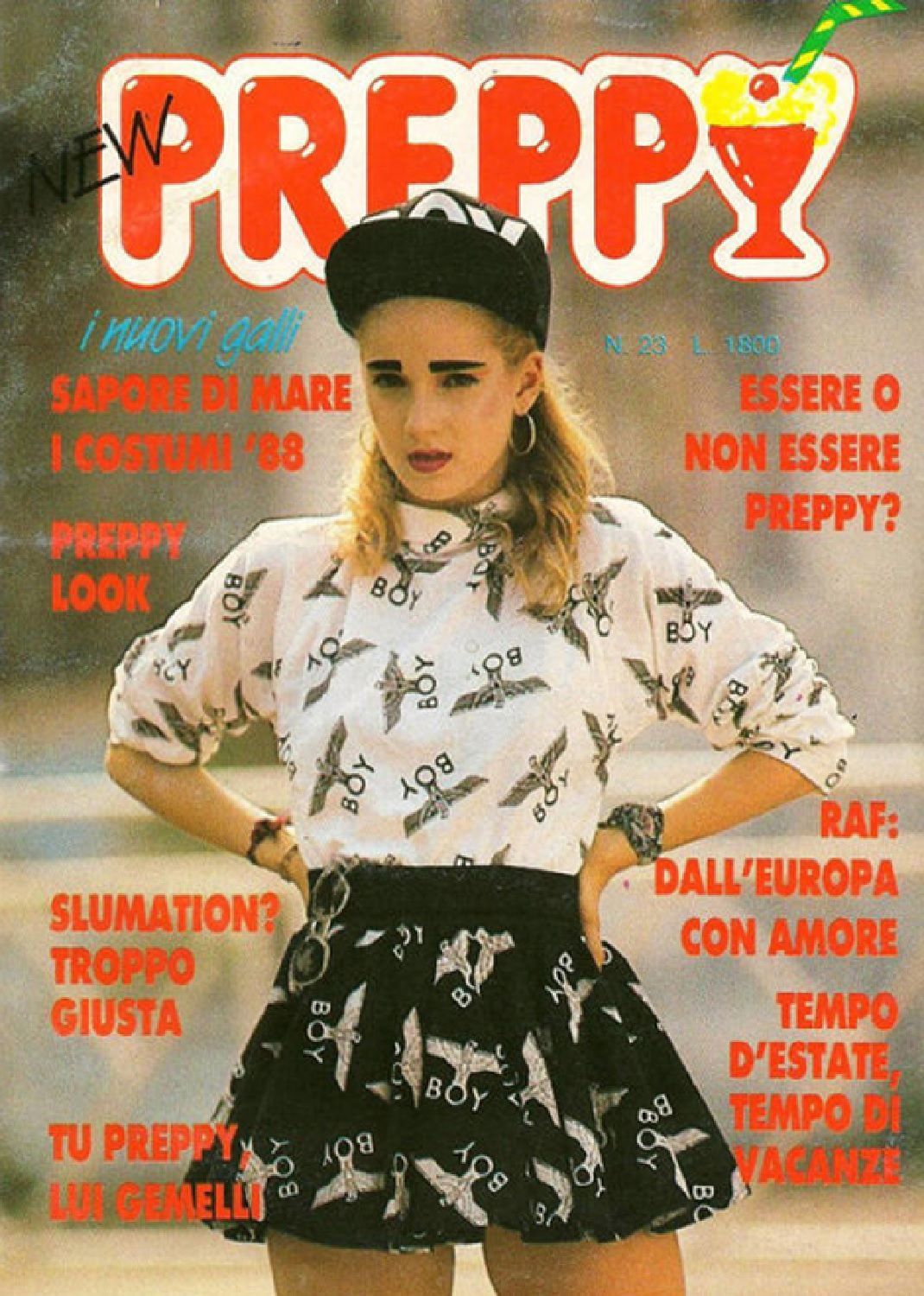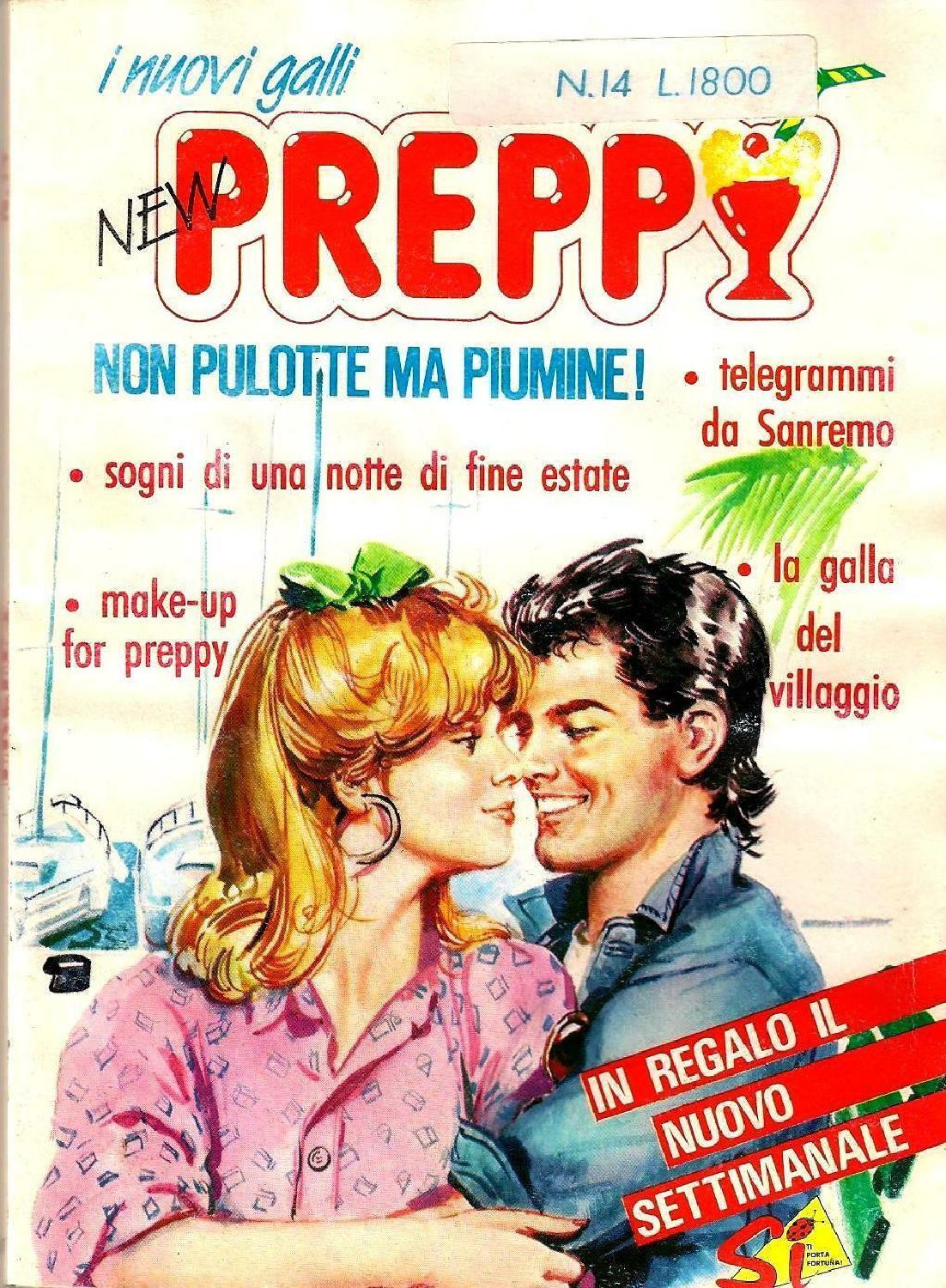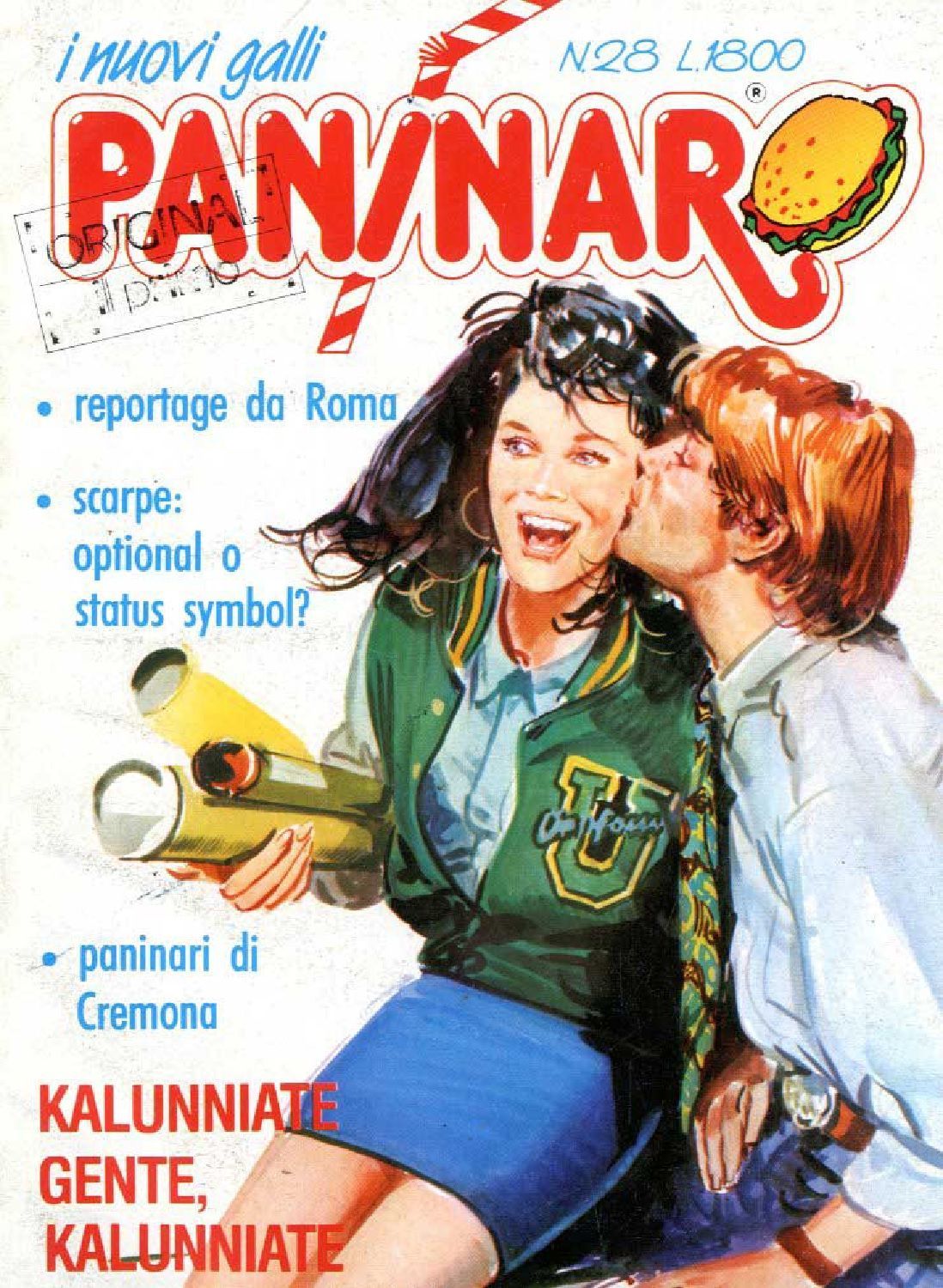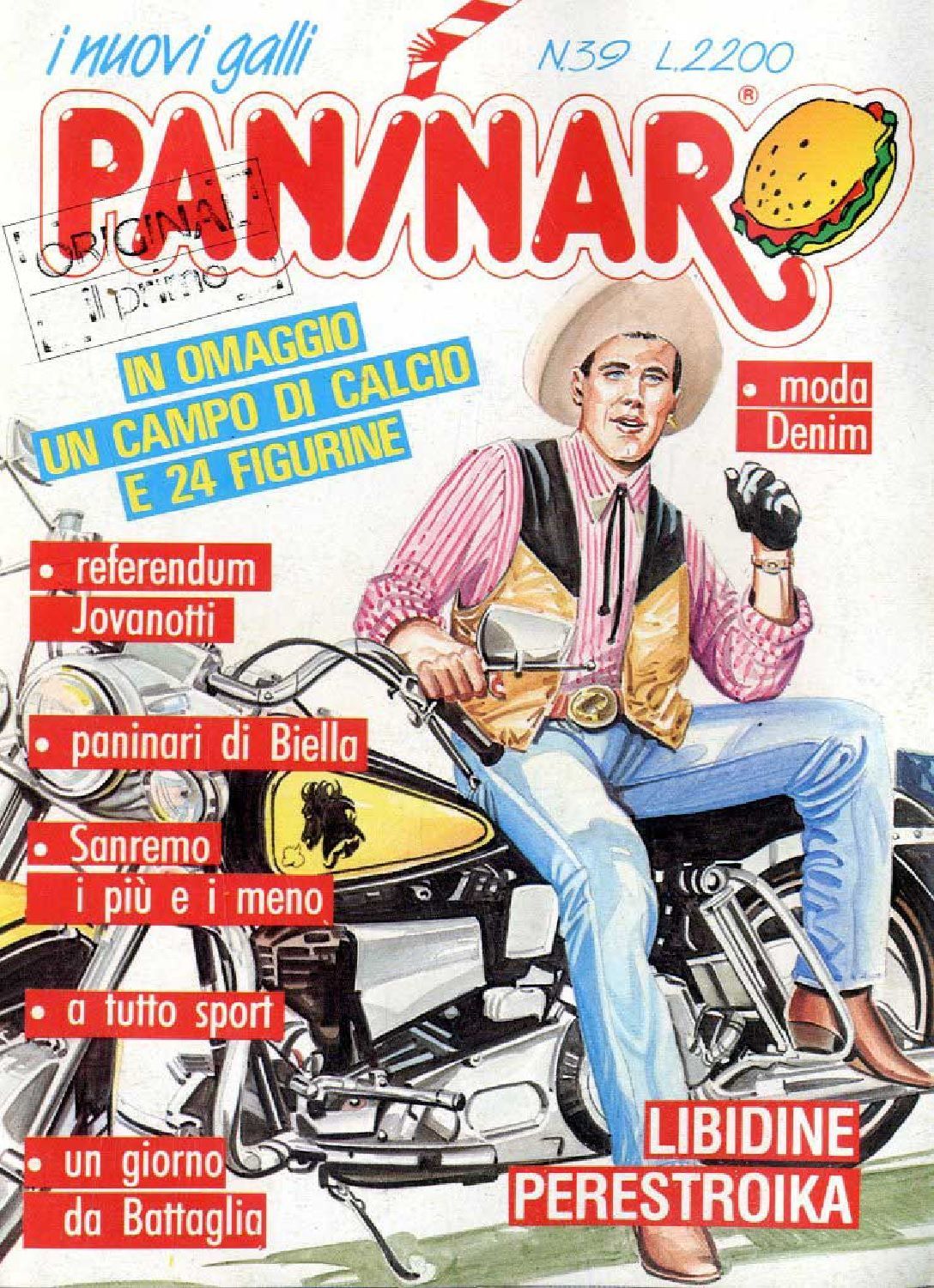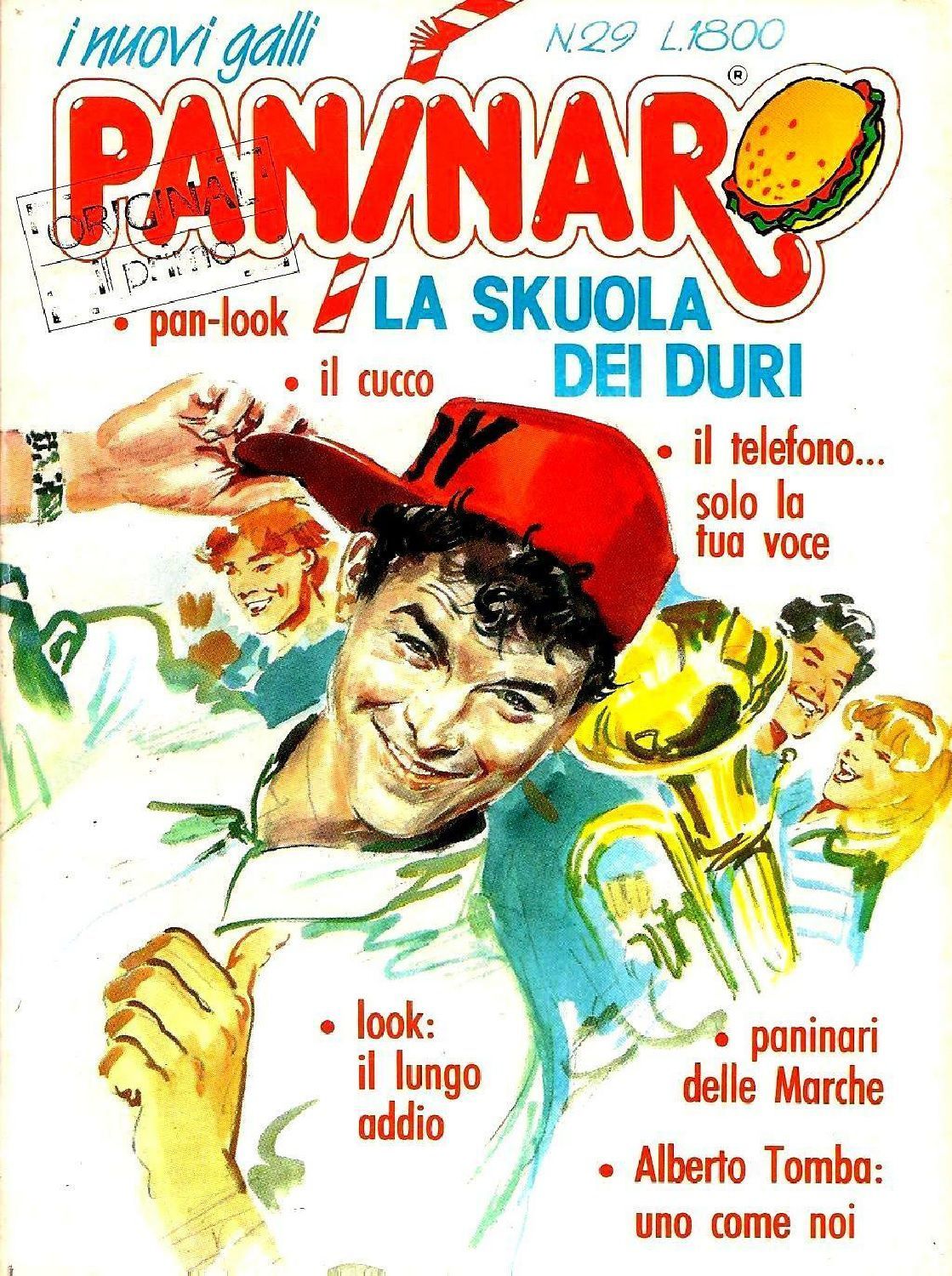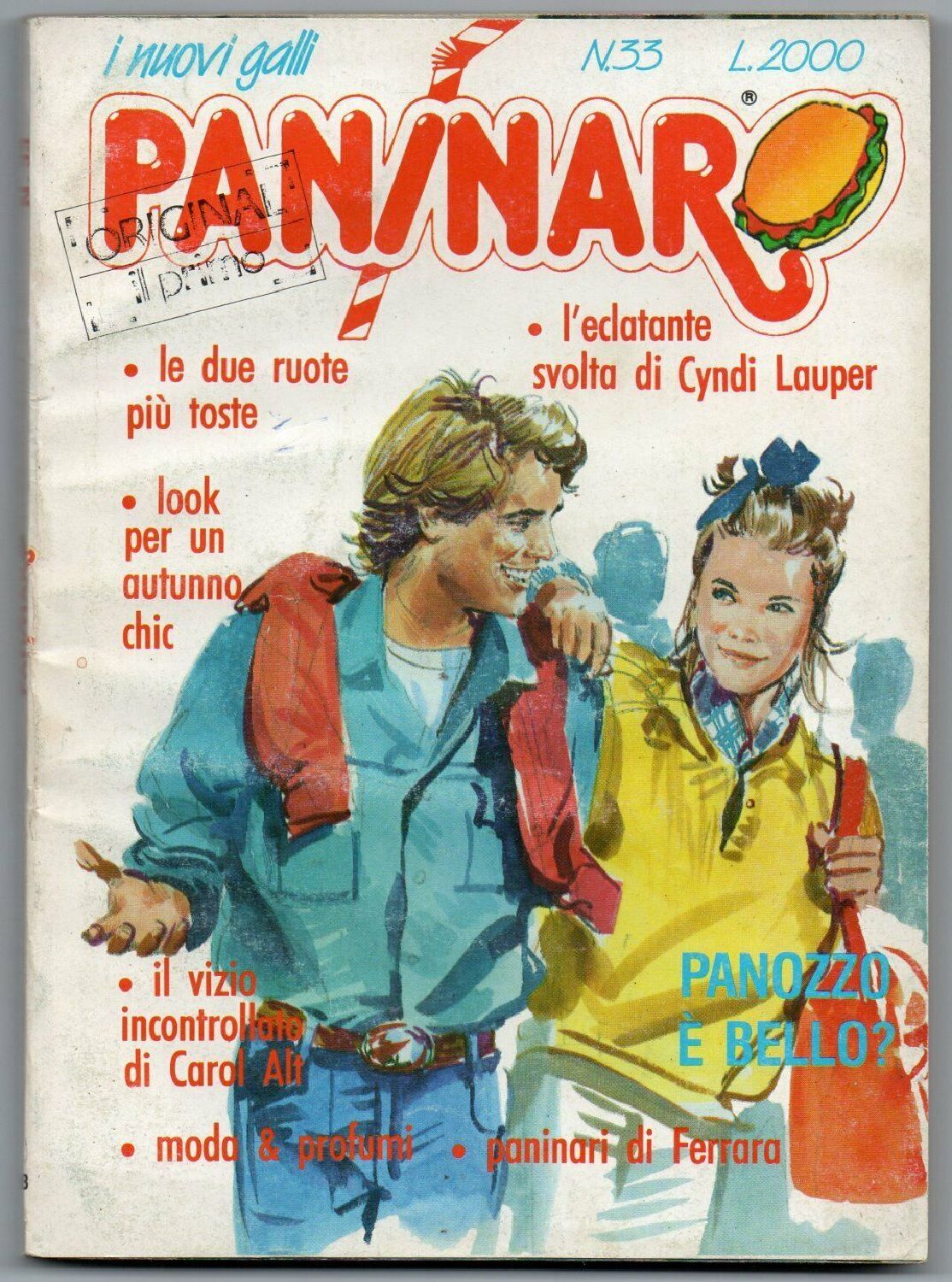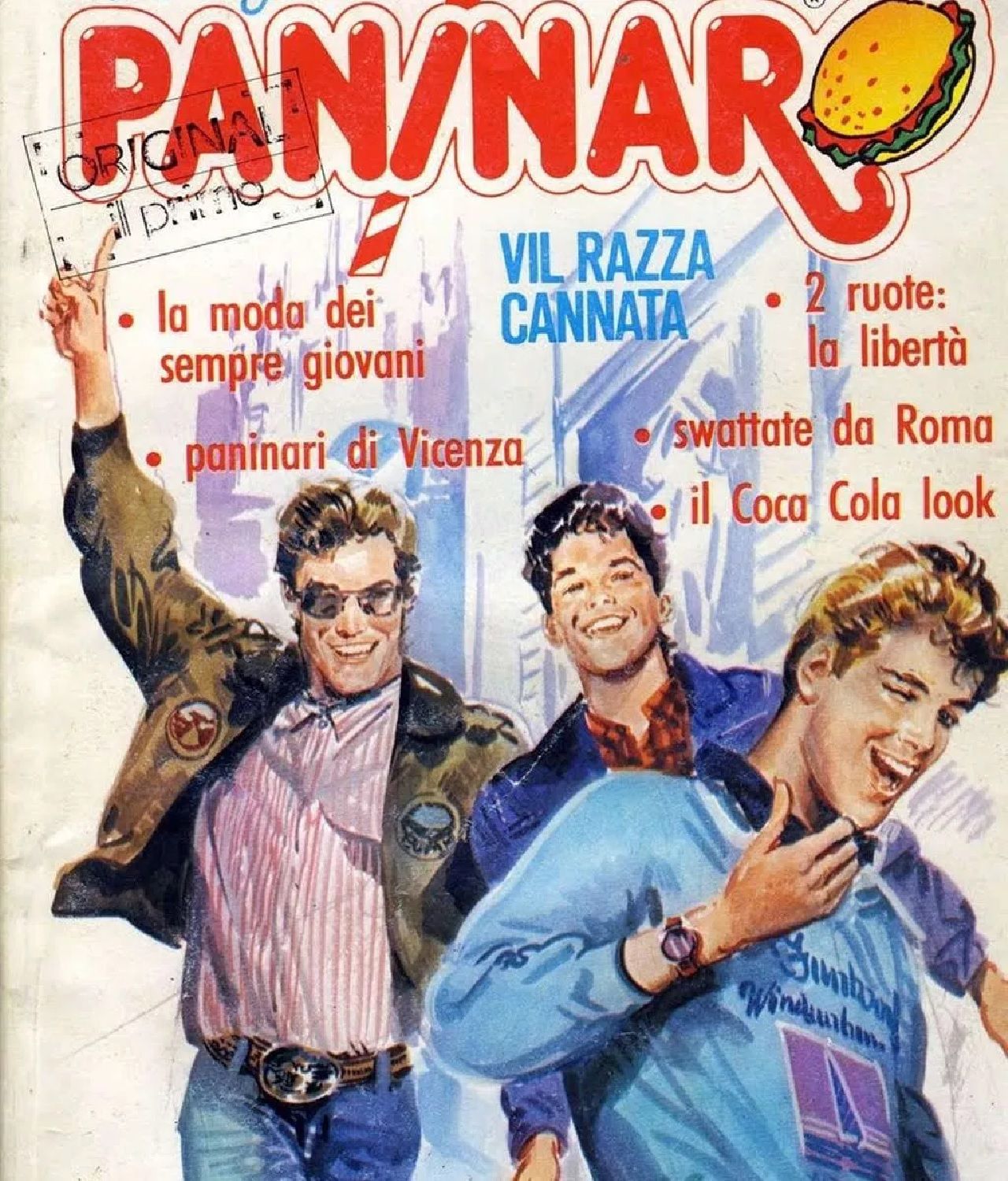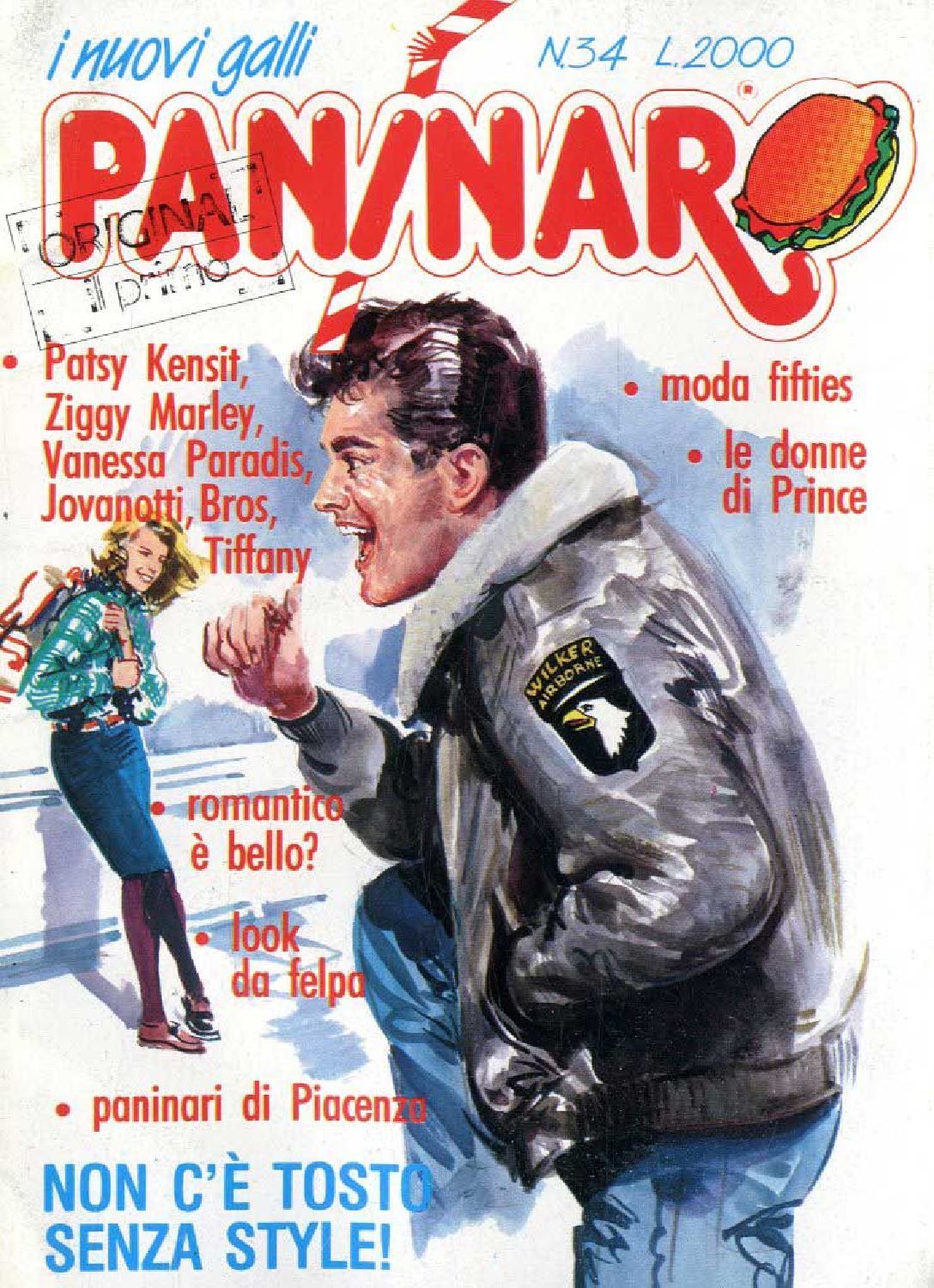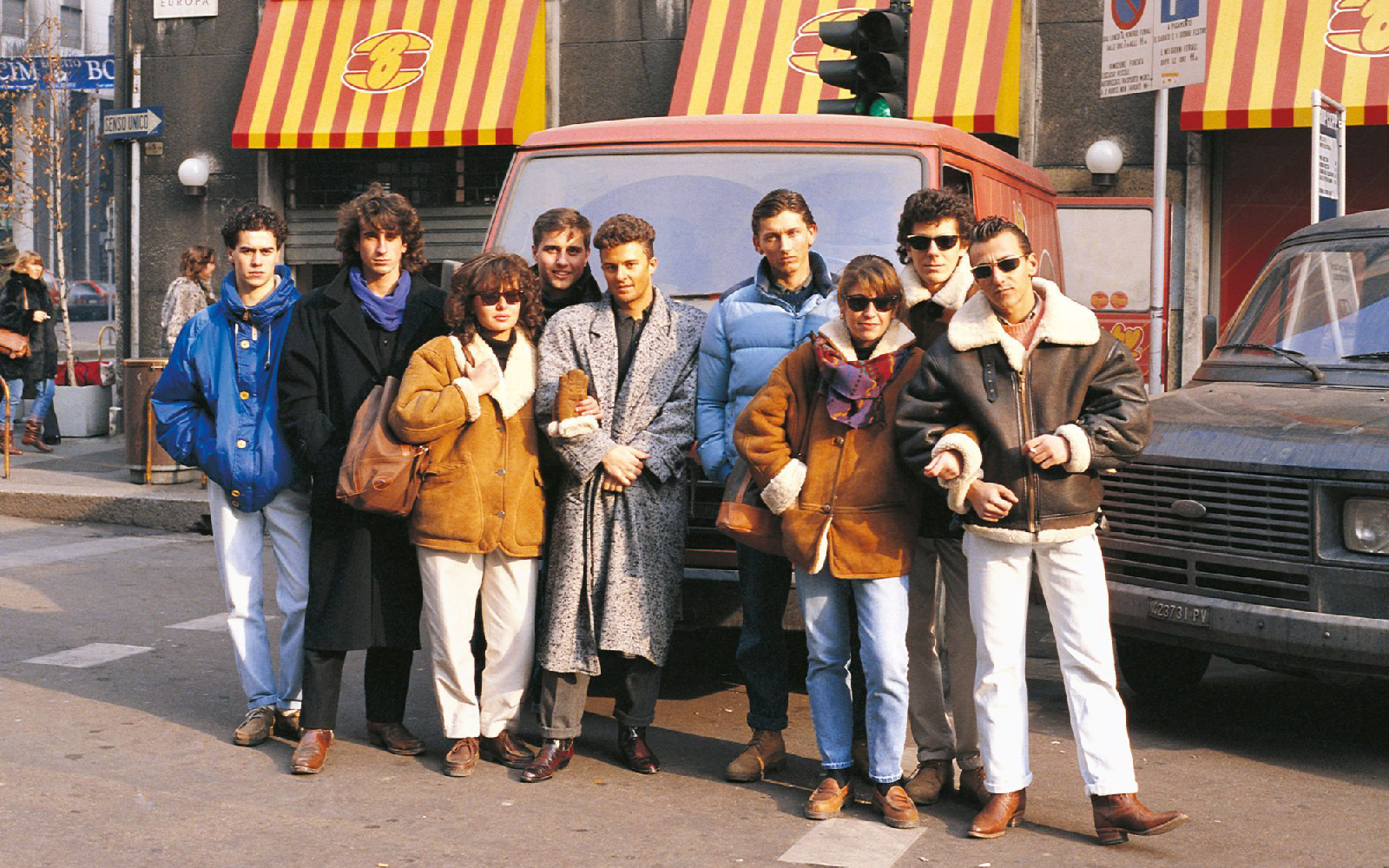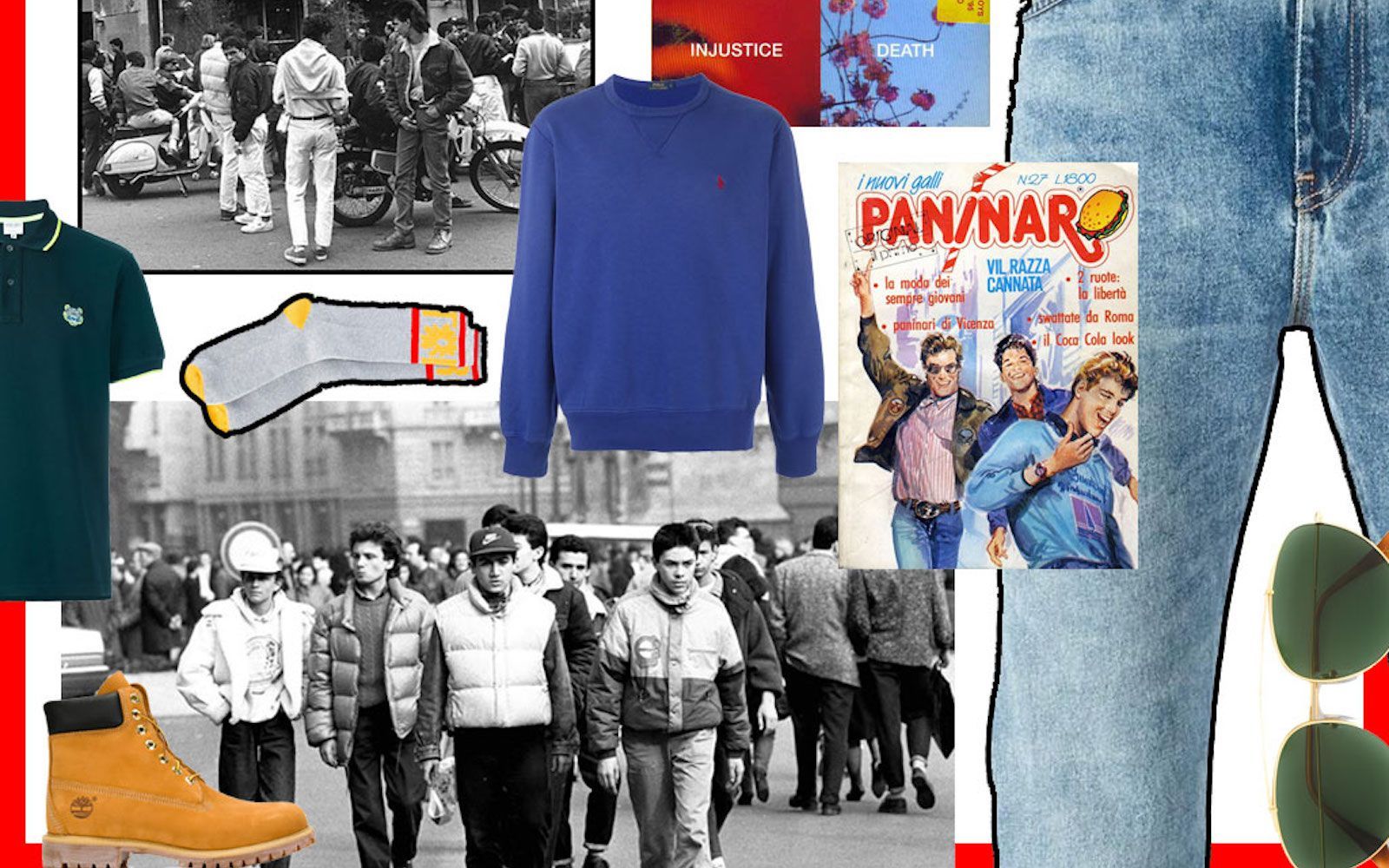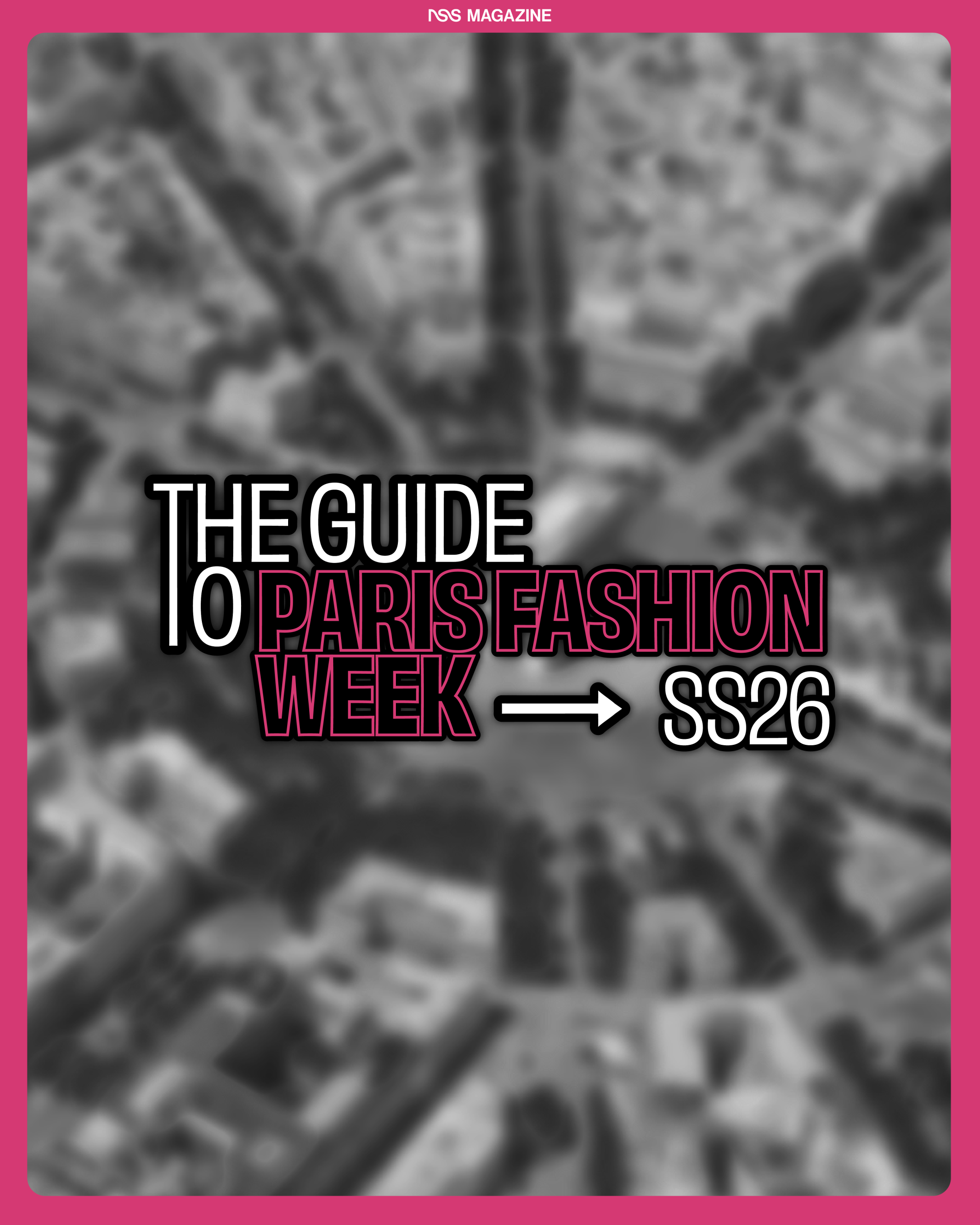
Milan's Paninari were the hypebeasts of the 80s The hype before Supreme
Let's go back to the '80s. The Nation is stuck in front of the TV. The youngsters are immersed in wild hedonism and they just want to have fun. In the movies, Tom Cruise flies planes and Michael J. Fox travels into the future. Our brothers dream of emulating Mark Landers and our sisters dress up like Madonna in Desperately Seeking Susan with lace and cross-shaped earrings, while we are playing with Barbie's Villa and Crystal Balls. Paolo Apice, a lifestyle sociologist, describes in this way the mood of those young people:
"At the end of the 70's the centre of Milan was off-limits, in San Babila Square there were right-wing's kids, and in Piazza Santo Stefano the left-wing ones and even wearing the wrong piece of clothing could have beeen dangerous. When the tension slowly reduced, the kids created a new meeting point: the bar Al Panino on Piazzetta Liberty. On Saturday afternoon the children of the city's bourgeoisie met, and perhaps had known each other in Courmayeur or Madonna di Campiglio, Santa Margherita or Forte dei Marmi. They all believed in the American myth, and they had little interest in politics. There was a desire for color, after the dullness of the Seventies, a desire to stay out in the evening without risking a fight, and rejection of any ideological reading: we came from years in which wearing an eskimo or a Baracuta was a political choice, we simply wanted to make an Italian American Graffiti in the 80s”.
The Paninari, as Il Corriere della Sera 's journalist, will call them, wear Moncler jackets; Levi's or Armani jeans, strickly folded up over the ankles to show off Burlington stockings; Best Company, Stone Island or CP Company sweatshirts; Lacoste polo shirts; Mistral t-shirts; Fiorucci or Trussardi dresses; Timberland boots or boat shoes. The look is completed by El Charro belt; Ray-Ban glasses; Swatch watches; Invicta backpacks and, for girls, Naj Oleari accessories and bags and Chanel perfume.
For Alberto Guerrini, better known as Gabber Eleganza, the paninari were the first hypebeasts, "the first subculture not related to music or politics of the early 80s, very noisy and colorful." As the current hypebeast, that crowd the Supreme's drop each Thursday, the Paninari had the same obsession for brands and the price of clothing, and they disdained whoever wore fake apparel and for the communal narcissism. In a documentary from 1986, filmed in Milan, there's a scene that mocks, more or less, the video of How Much Is Your Outfit: the reporter asks a guy to describe his look and the boy answers with pride, he starts to list each piece of clothing - from the shirt to the socks - at the end he adds: "Do you want to know the price as well?"
Their catwalks were the emerging fast-foods like the Burghy in Piazza San Babila, a place to spend days "a cuccare le sfitinzie" (or hitting on girls) and chatting. Paninari followed a confused ideology, it was attached to consumerism and the rejection of the traditional aesthetic standards. It was the hedonistic ideology from the United States and President Ronald Regan, that raised a generation of yuppies, the leader was a guy named Donald Trump. the '70s were full of terrorism and political massacres, because of that, the Paninari rejected any kind of political and social engagement, they looked for lightness and they wanted to enjoy life like it was depicted in the Hollywood movies about yuppies, and in the song of Duran Duran.
The machism was very upfront and persistent, the girls were accessories and they had the same attitude of ironic machism that would carry in the 90s and in the Italian blockbuster.
In a short time, the phenomenon became global, thanks to the cult movie Sposerò Simon Le Bon, based on the homonymous book by sixteen-year-old Clizia Gurrado, and the parody of the paninaro by the comedian Enzo Braschi in the program Drive In tv show, on Canale 5 , which also helped to spread the slang of paninari.
Their slang was modelled on the language of the young Milanese and mixed abbreviations (e.g. "Le Timba", " Facciamo il settimana a Curma"), accretions (e.g. "Panozzo" i.e. sandwich), and an often broken English (e.g. "Very arrapation" i.e. sexy; "Arrivano i ciàina", a deformation of the English "chinese", used by the paninari to indicate a left-wing militant or someone belonging to the antagonist groups).
The definete boost of popularity came thanks to the Pet Shop Boys who in 1986 recorded the single Paninaro and took the fashion across the Italian border, crowning the paninari as the first international made-in-Italy subculture.
The musical anthem of this group of teenagers was Duran Duran's Wild Boys, their bible was Paninaro and its female version, New Preppy. The two magazines were born from an idea of Renzo Barbieri, founder of the Edifumetto publishing house famous for erotic pocket comics such as Zora, Sukia and Lando, who, realizing the economic potential of the subculture, launched Paninaro in 1986 and, a few months later, New Preppy.
Part of the series I Nuovi Galli, the two projects had mirrored content and were characterized by a mix of comics, articles and columns, a format immediately replicated by a series of similar magazines such as Cucador, Wild Boys, Sfitty, Zippo Panino. The other pages hosted horoscopes, mail, tests, games, style tips, articles about the stars of the moment, hit parades, news, photos of street styles and paninari around Italy and advertising brands such as El Campero or Uniform Jeans. Strictly symbiotic with the paninaro phenomenon, all these magazines disappeared at the same time as the subculture, towards the end of the '80s, even Paninaro and New Preppy that, despite the attempt to change the graphics from illustrations to photographs of stars such as Matt Dillon and Jovanotti, closed in 1989.
The end of the decade also marked the extinction of the paninaro movement. After reaching the highest levels of expansion and popularity, Galli and Sfitinzie began to disappear, suffocated by other subcultures that reflect the end of an era consumed between hedonism and superficiality. The bubble of positivity and desire for lightness, the phase of consumerism comparable only to the one experienced during the economic boom, burst almost suddenly, as it was born, leaving the way to the 90s.










































